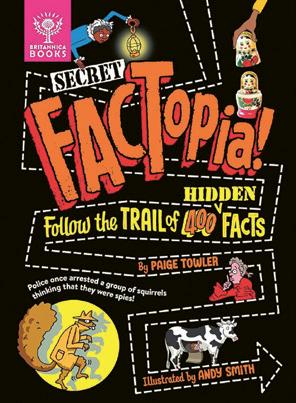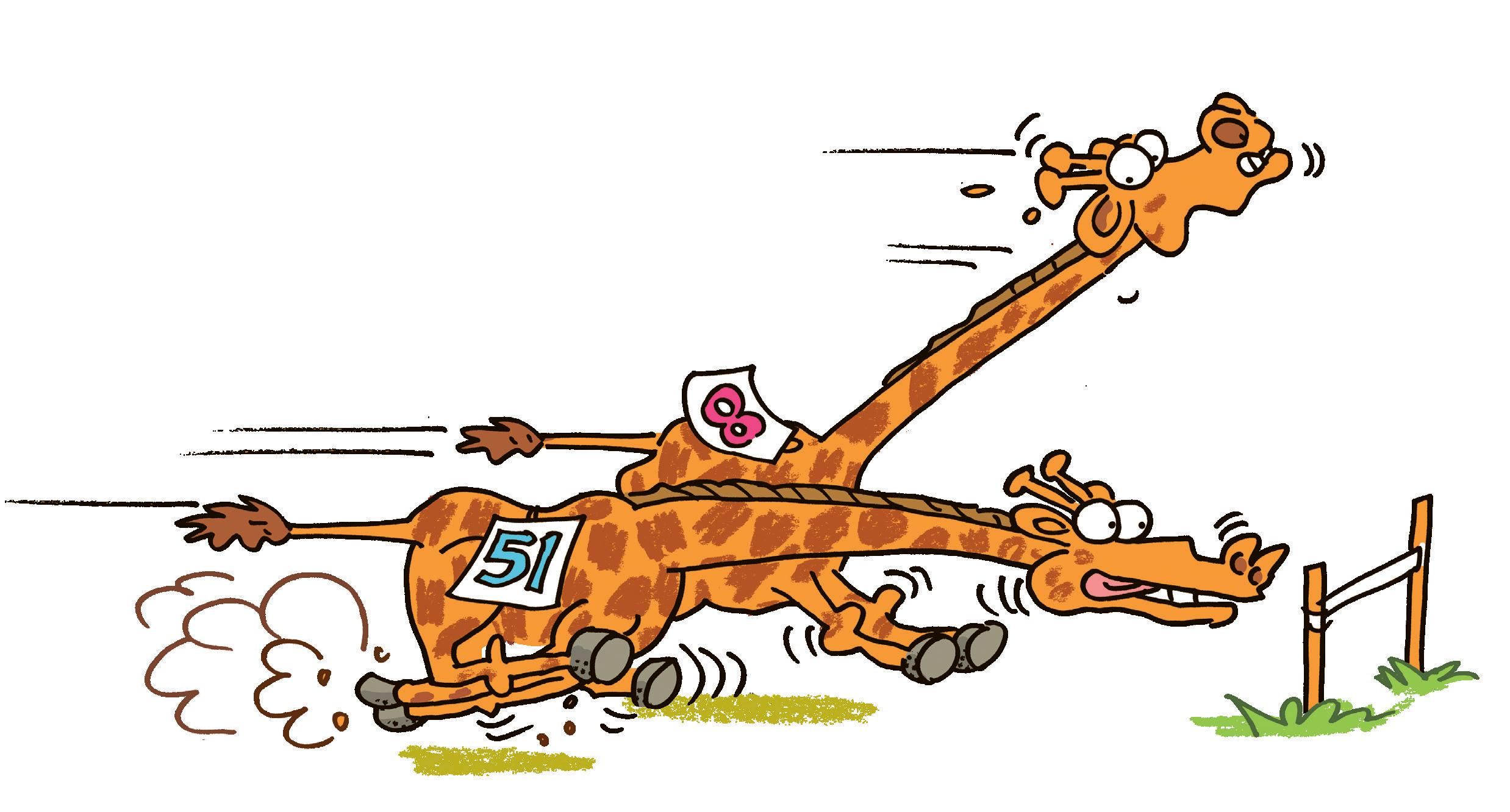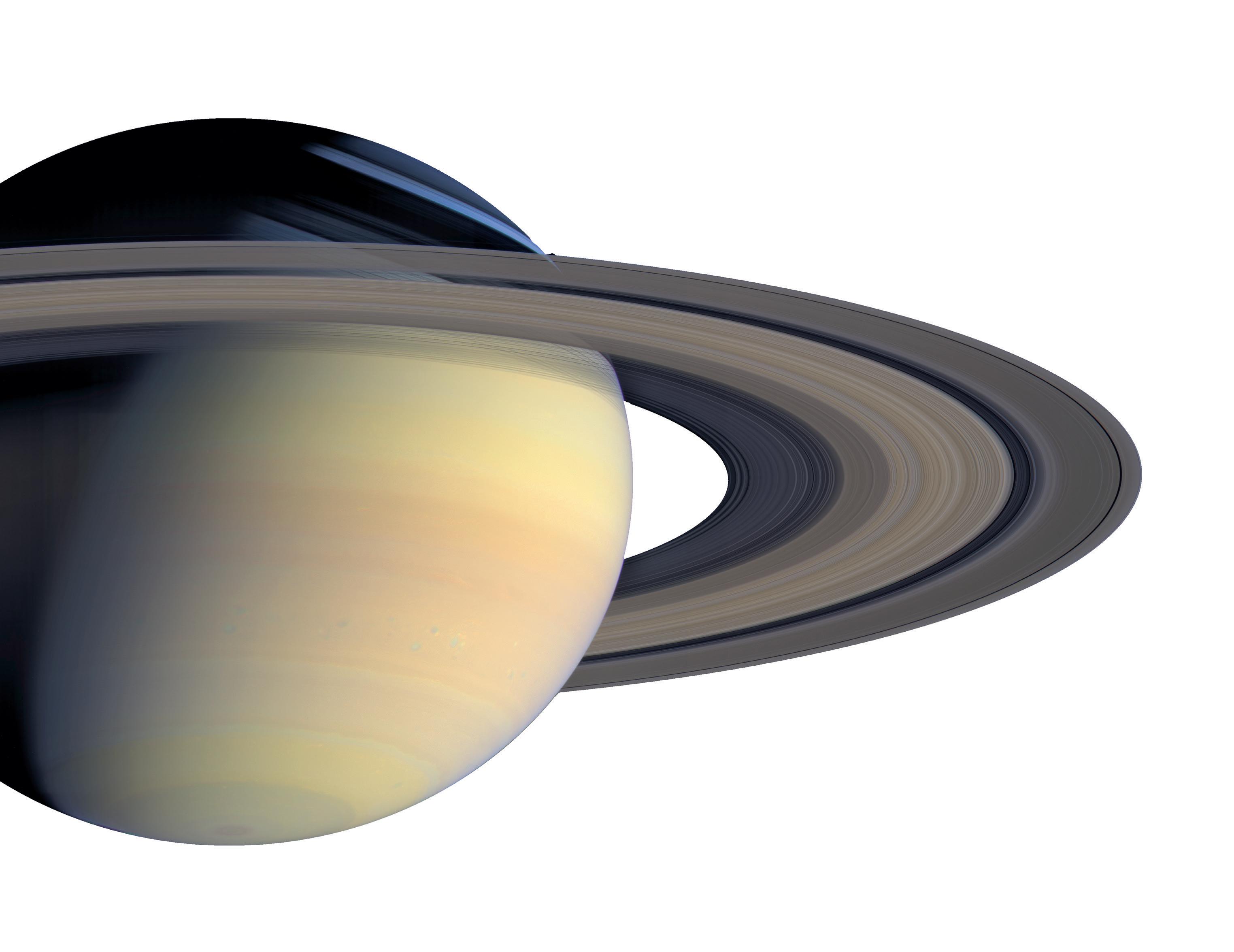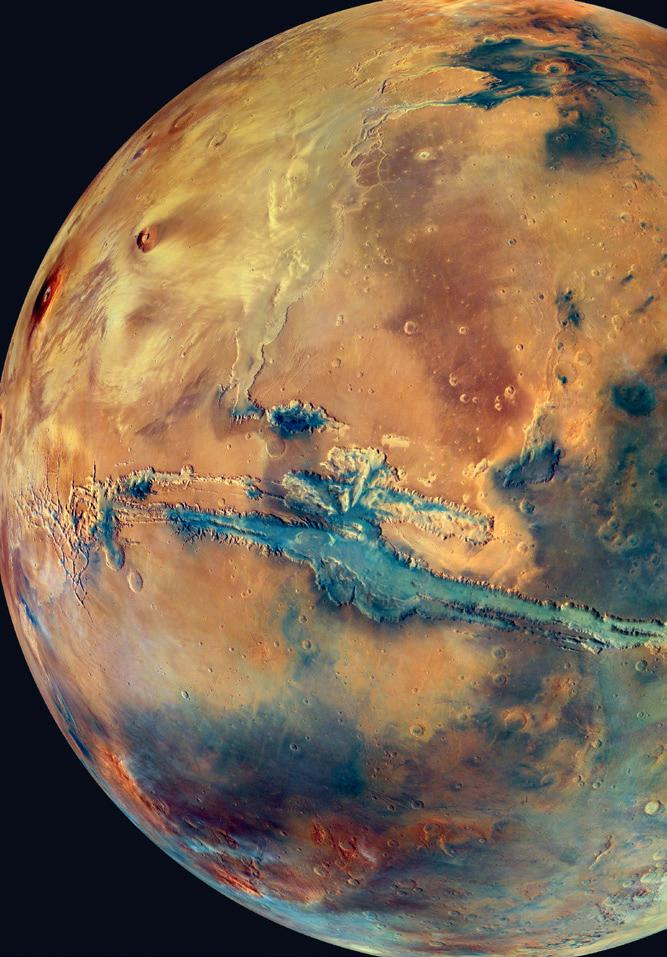

What on Earth!


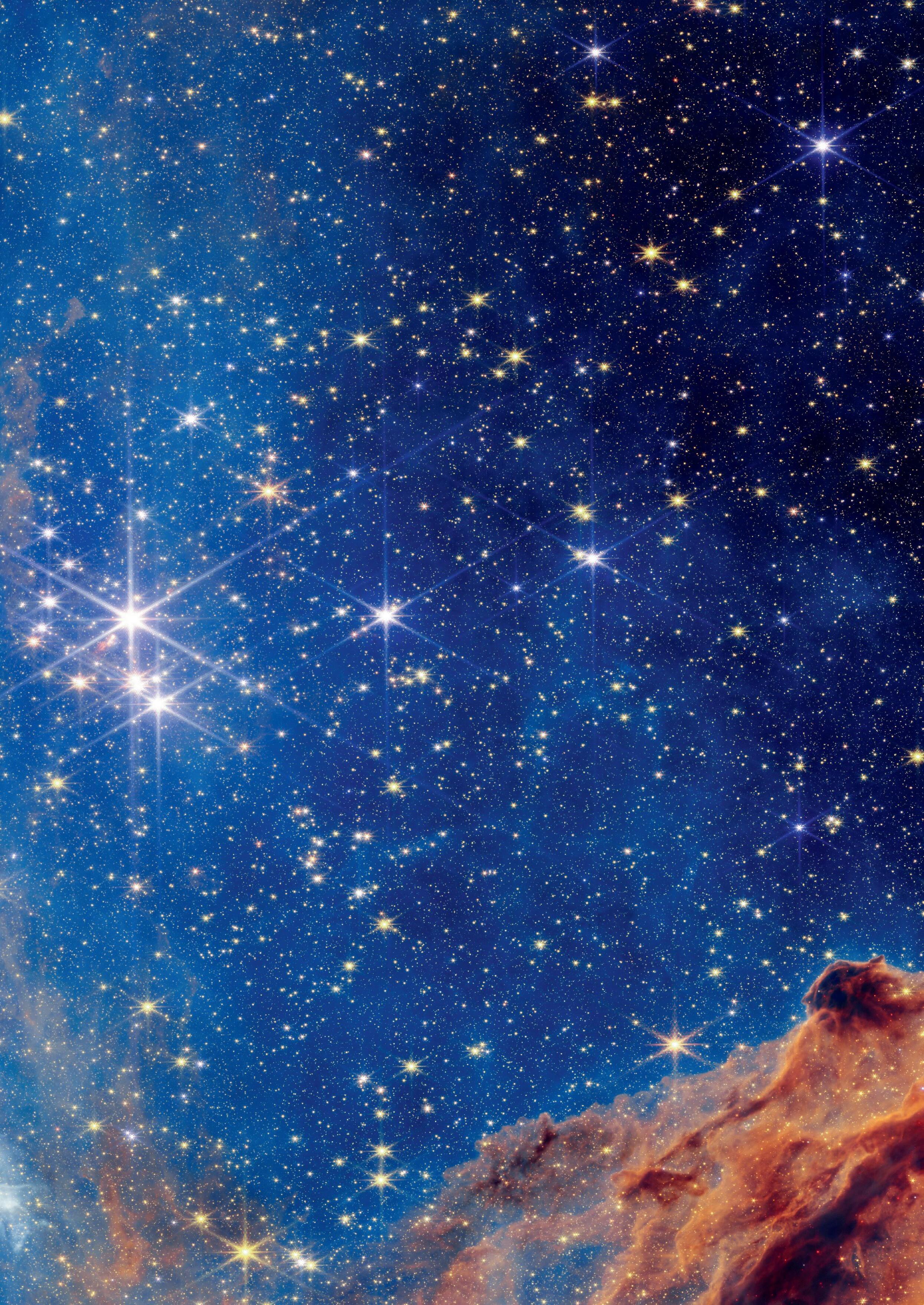
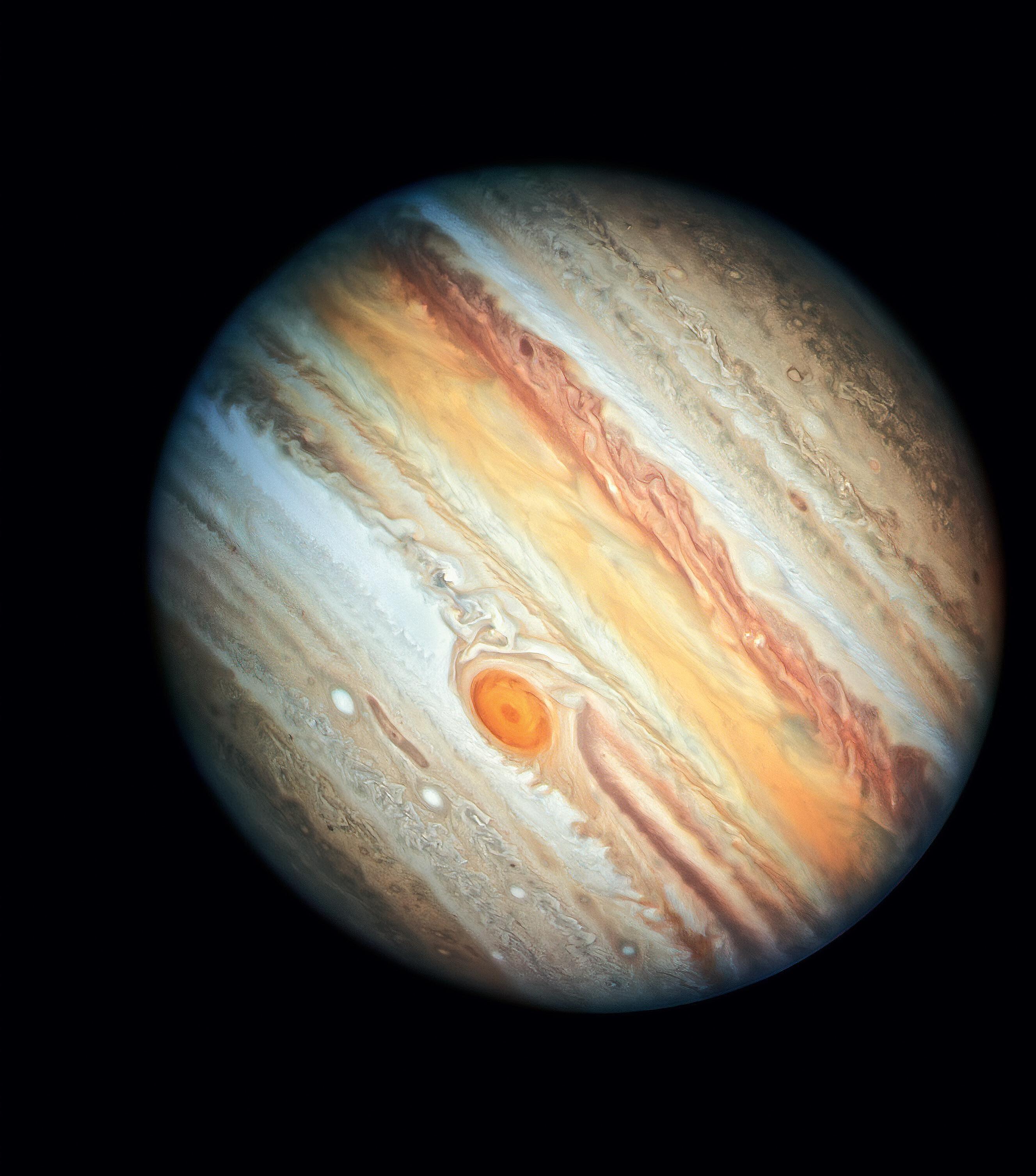
GAS
A wild and wonderful world awaits you inside!

WORD UP!
How you pronounce a word can reveal more about it than you might realise. Discover how on page 15.

REGULARS
FACTOPIA!
Follow the trail of crazily connected facts on page 4 all the way from bone-crunching vultures to… farting cows!
THE BIG QUIZ
Turn to page 28 to test your knowledge in this month’s themed quizzes about animals, geography, space, the human body and more!
ART IN NUMBERS
From the gigantic to the microscopic, discover eight awesome facts about painting and art on page 47
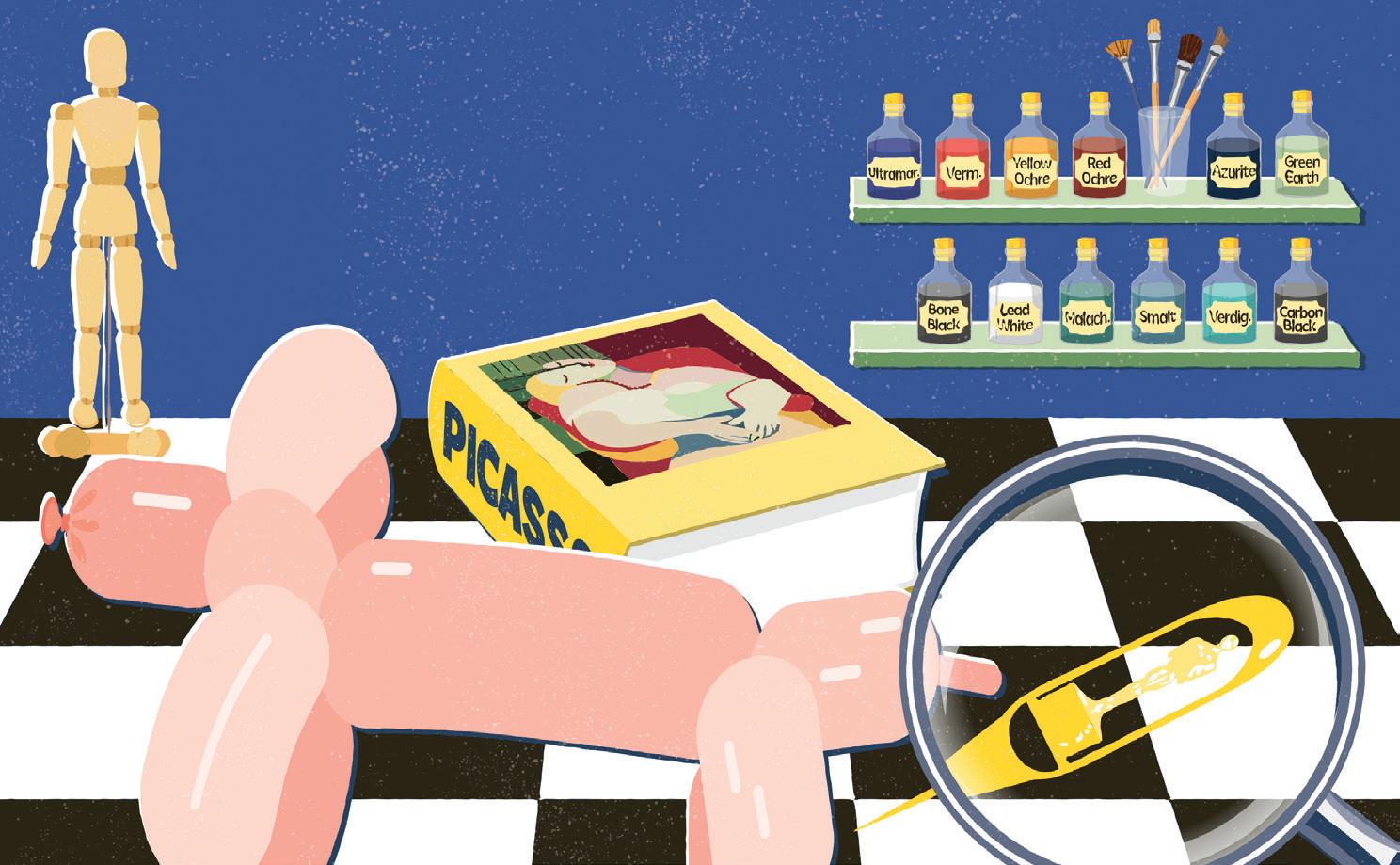
EYE DON’T BELIEVE
IT
Fetch your ruler to try out the mind-boggling optical illusion on page 39 – you won’t believe your eyes!
SNAP IT Page 6
PUZZLES & GAMES Page 27
MAP IT! Page 14 THE BIG QUESTIONS Page 42
THINK DIFFERENT
Adolphe Sax changed music history by inventing his own instruments. Meet him on page 26
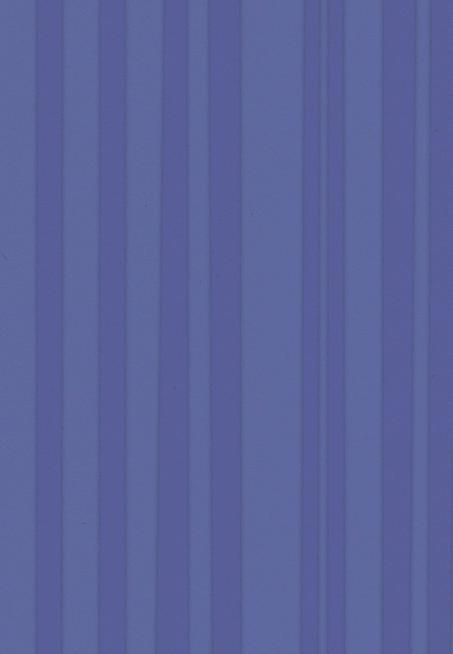

EUREKA
Why does a belly button typically form into an ‘innie’ or an ‘outie’? All is revealed on page 10.
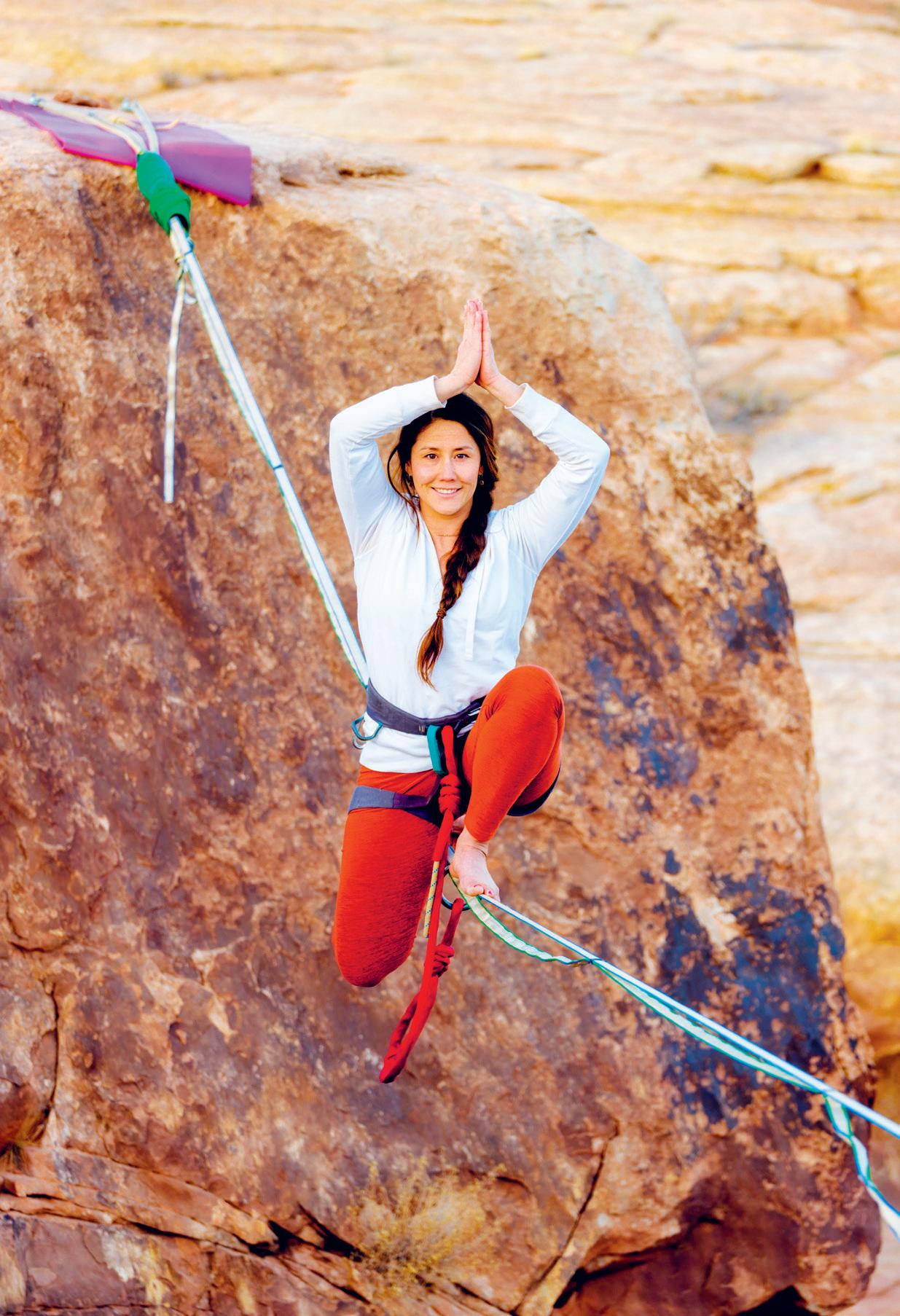
THE POWER OF CUTE!
Discover the science that explains why baby animals make us go ‘aww’ on page 40.
Did you know that you have senses beyond smell, taste, touch, hearing and sight? Turn to page 44 to find out more…



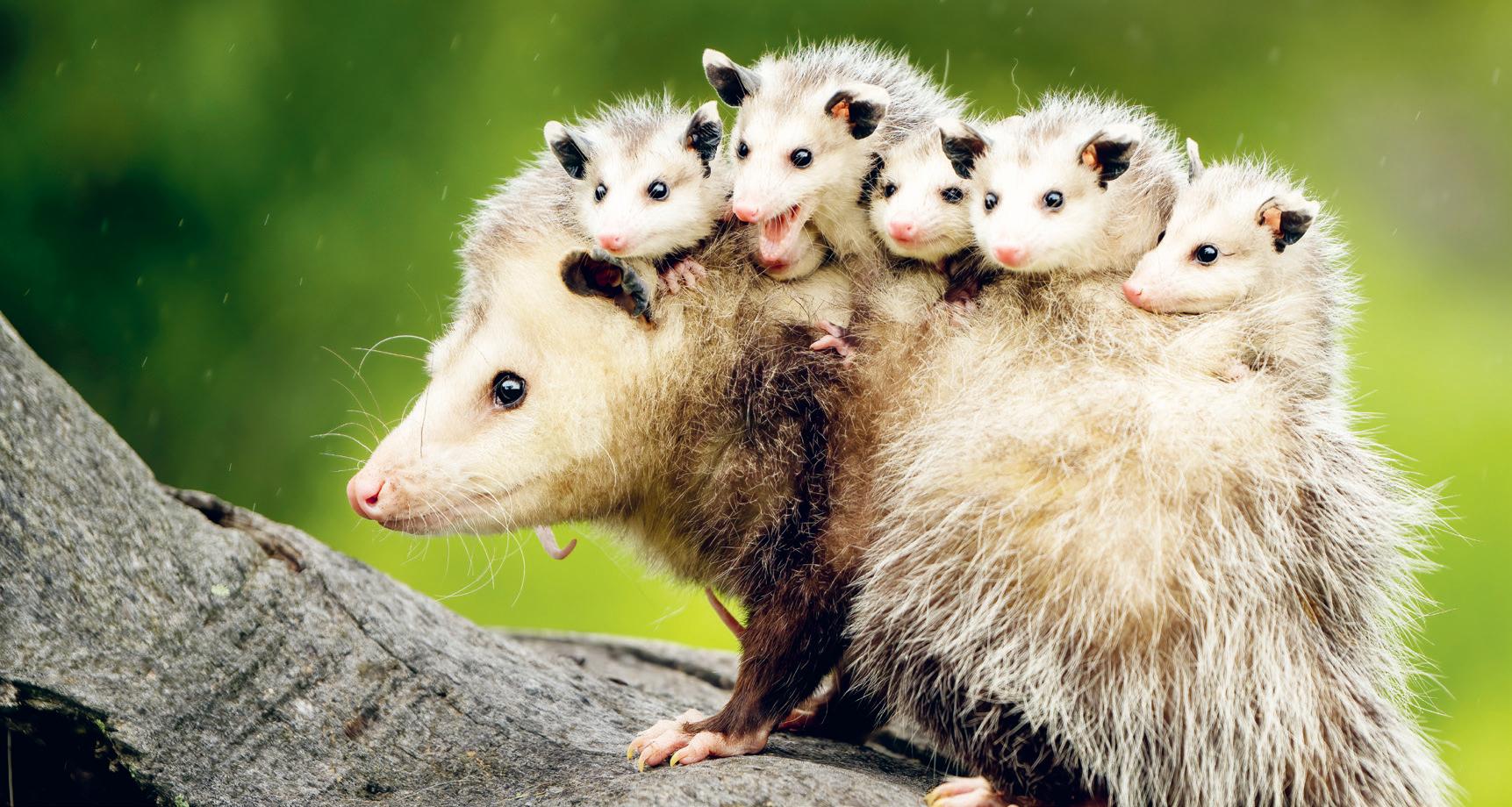
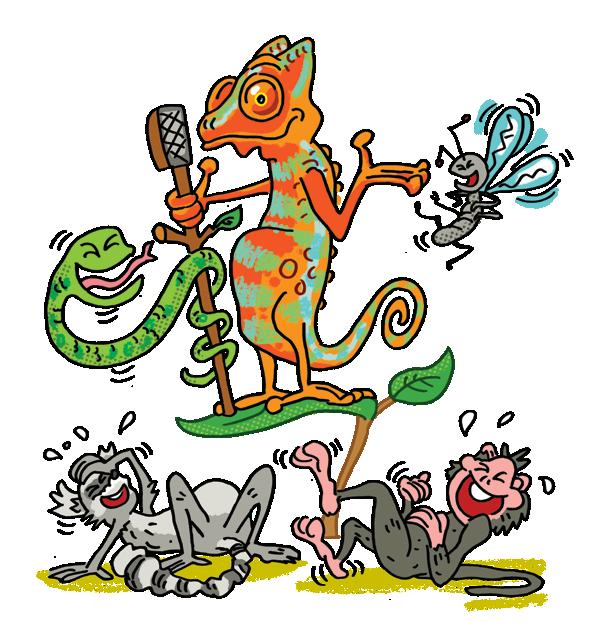
Look out for this month’s selection, hand-picked by our jokes editor, May, on page 50.



Follow the trail of crazily connected facts all the way from a bone-eating vulture to… balloons full of cow farts!
By Kate Hale, Paige Towler, Julie Beer and Rose Davidson
Egyptian vultures drop stones on ostrich eggs to crack them open

Some types of vulture keep cool by pooing on themselves

Bones make up most of a bearded vulture’s diet. These birds eat only the rotting bodies of animals – called carrion
Rüppell’s griffon vultures are the world’s highest-flying birds. They’ve been spotted soaring along with aeroplanes at more than 10,973 metres high


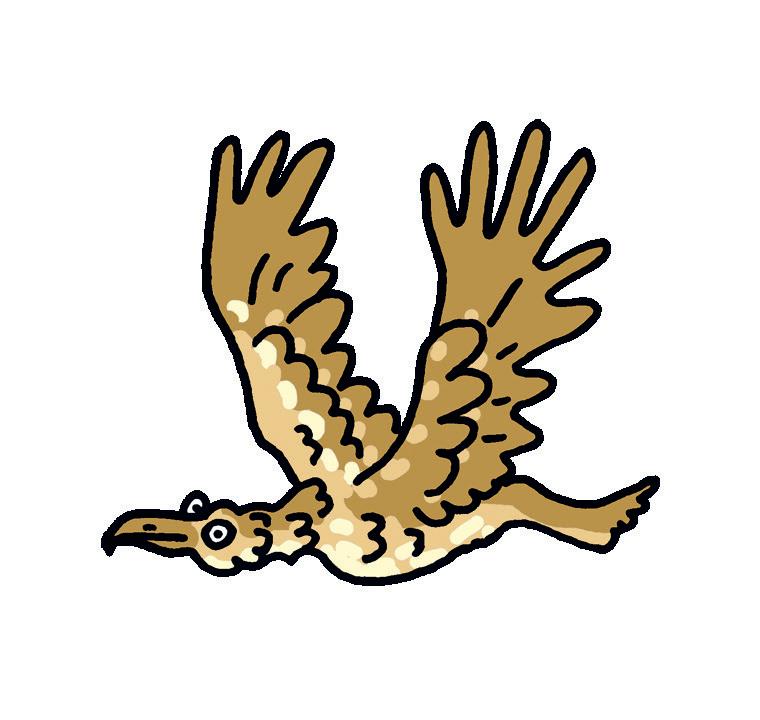



More than 500 hot-air balloons take to the sky each year in Albuquerque, New Mexico, USA for an annual festival, which includes night-time flights that light up the sky
Illustrations by Andy Smith

In 1969, one businessman flew racehorses around the world in a plane called Air Horse One – based on the US presidential plane Air Force One – complete with in-flight meals
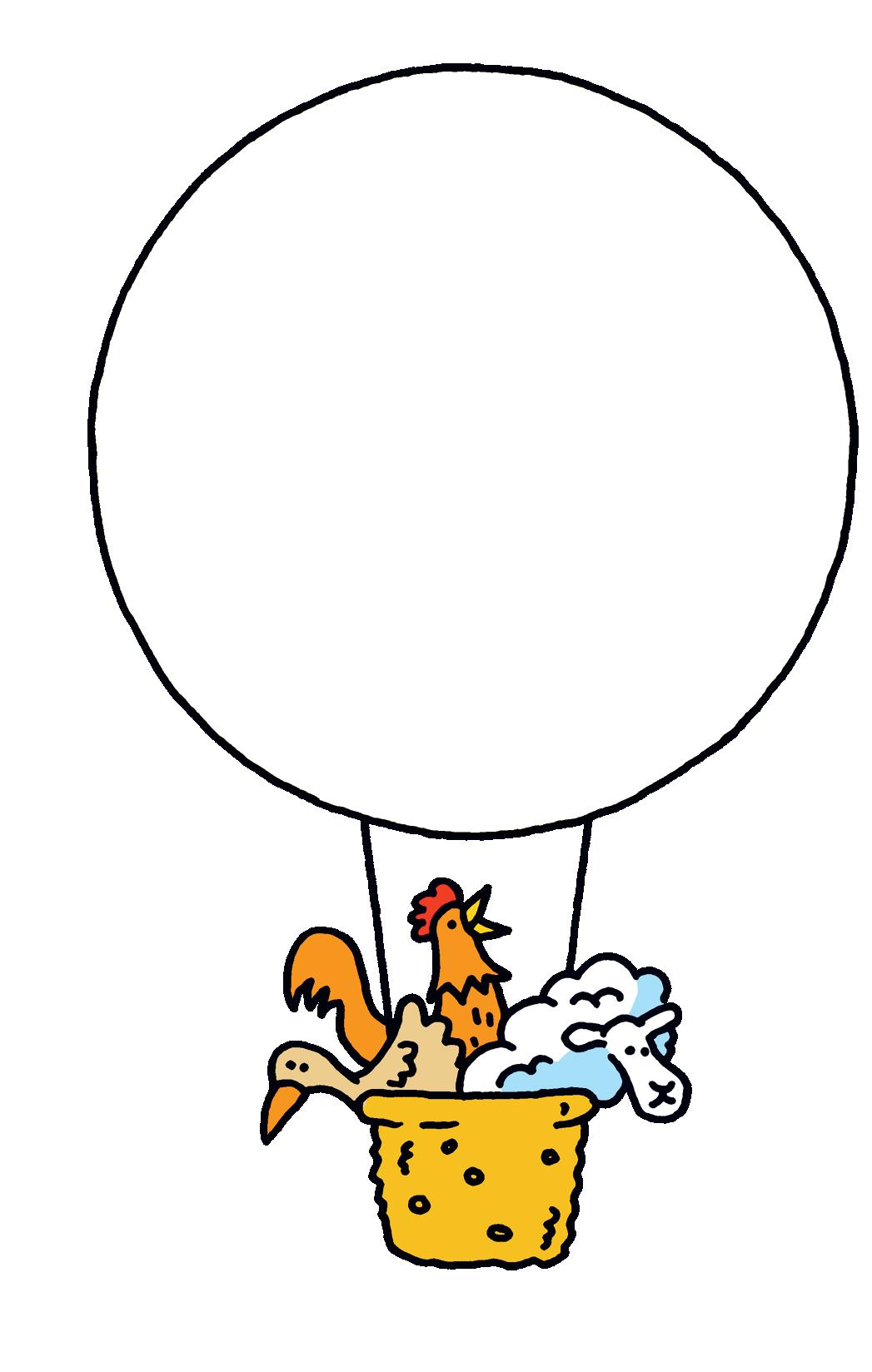
A
A

sheep, a cockerel, and a duck
sheep, a cockerel, and a duck
were the first passengers ever to fly in a hot-air balloon.



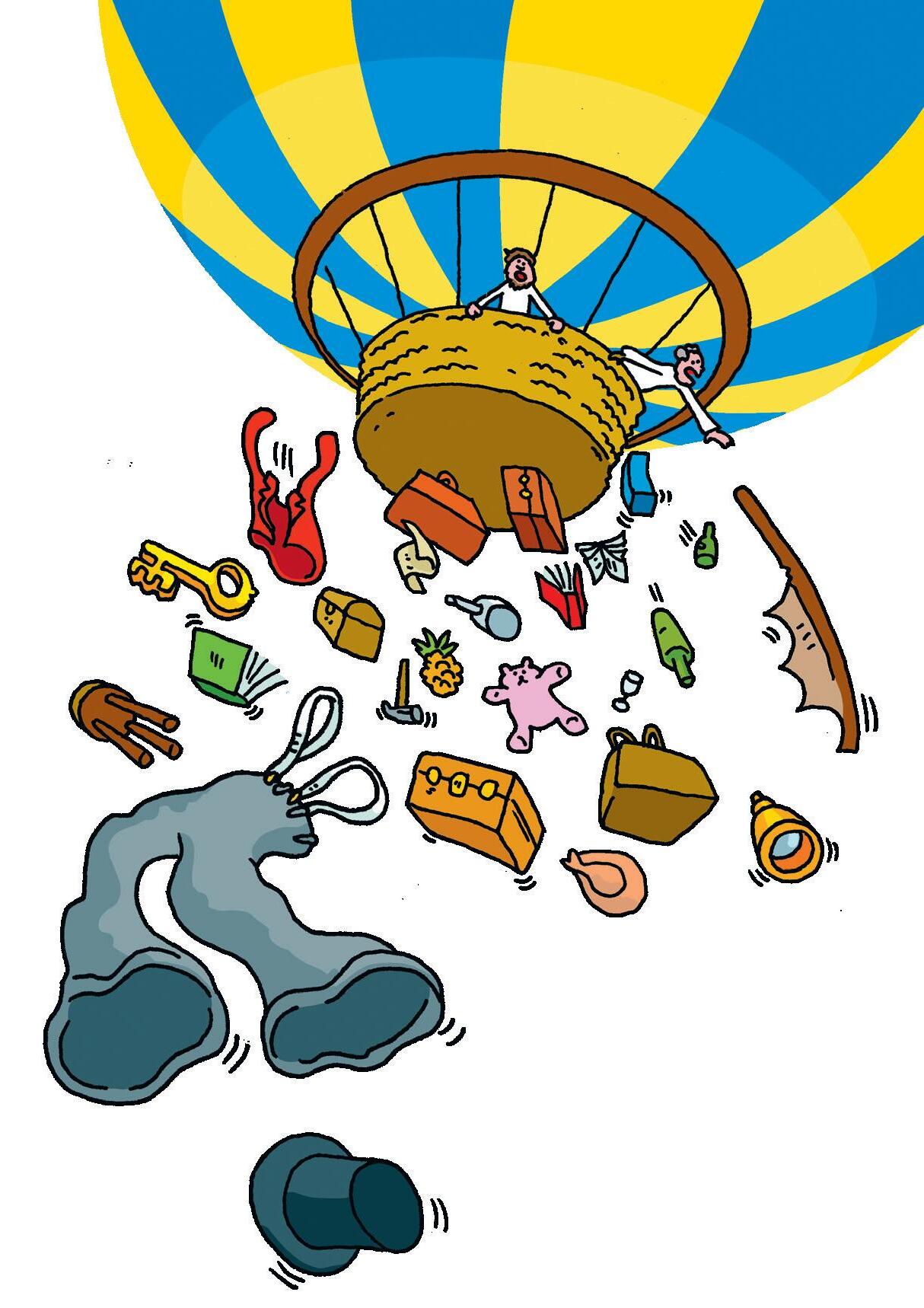
The first people to cross the English Channel in a hot-air balloon brought so much stuff that the balloon stayed low and almost crashed. In panic, the passengers threw almost everything overboard – including their jackets and trousers
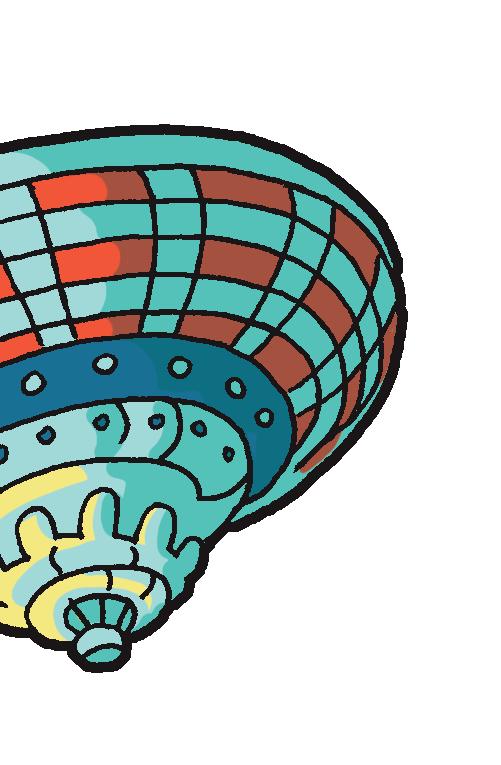
As an elaborate April Fools’ Day prank, a UFO-shaped hot-air balloon was flown over London, prompting many people to report sightings of extraterrestrial activity
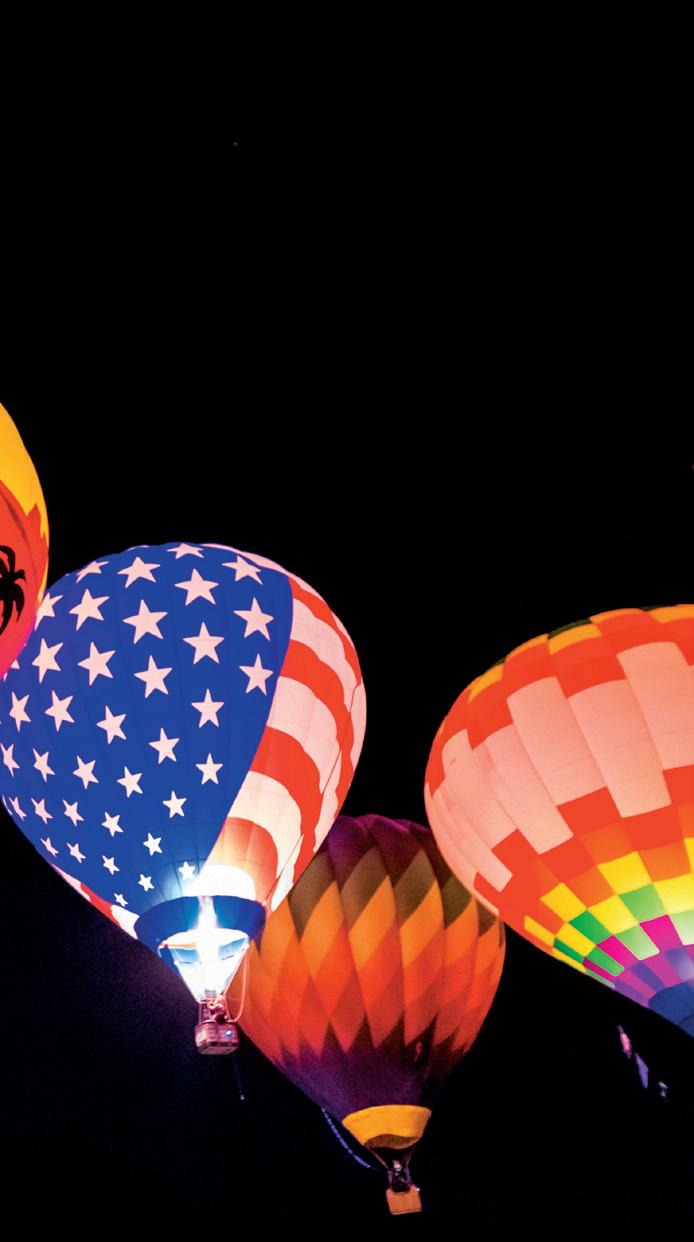

One company made a zoo out of nearly 500,000 balloons shaped and arranged to create hundreds of animals, including parrots, tigers and butterflies, and their habitats




In one day, a cow can produce enough wind to fill 30 balloons!
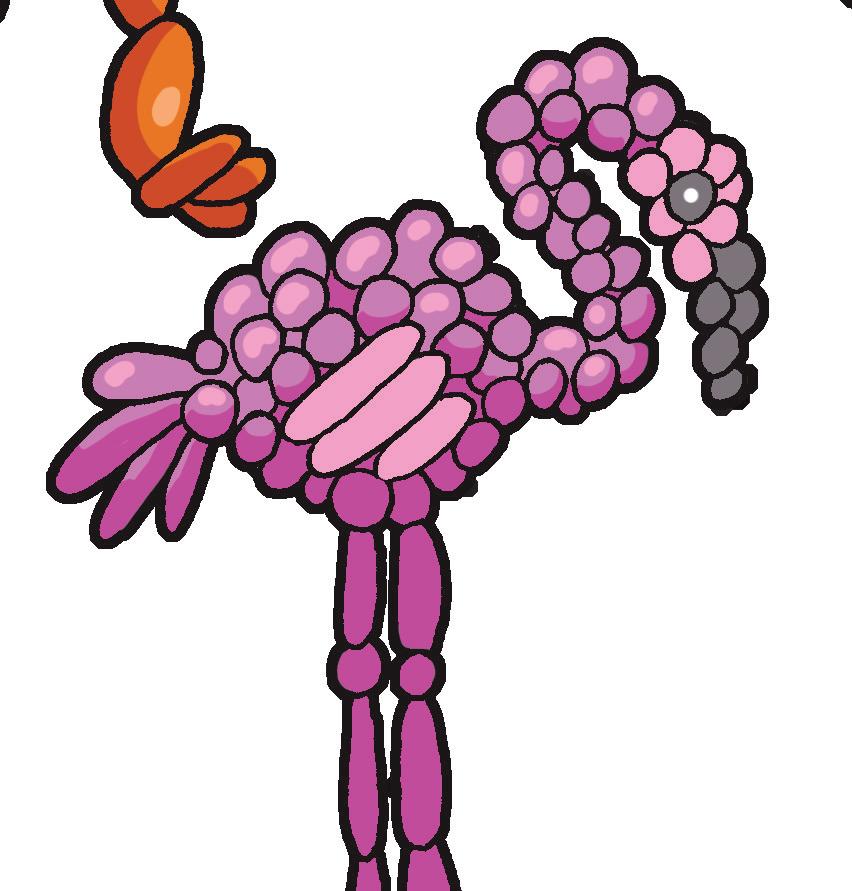
Artist Jeff Koons creates sculptures of giant balloon dogs out of stainless steel – one sold for nearly £46 million
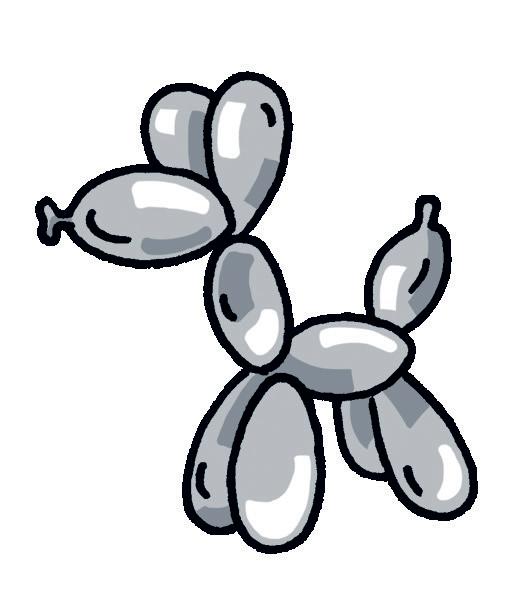

SNAP IT!
Astonishing photos from around the world
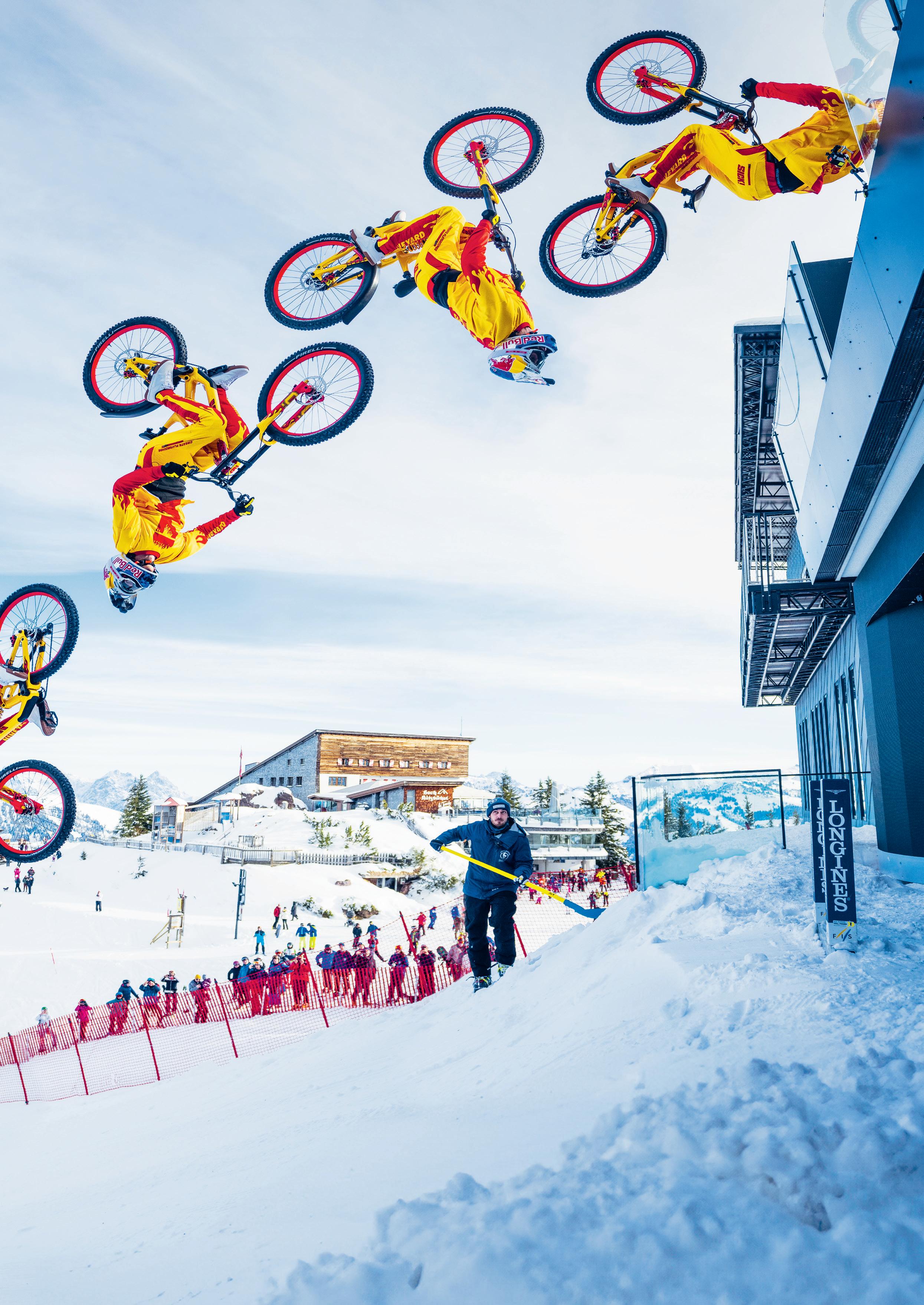
AWESOME AERIAL
This composite image (a picture made by combining several photos) captures the spectacular arc of mountain biker Fabio Wibmer as he races down the high-speed Streif course in Austria.


RED BULL CONTENT POOL/PHILIP PLATZER
SNAP IT!

EYE TO EYE


Damselflies are found on every continent except Antarctica and come in a brilliant rainbow of colours. This extraordinary close-up not only captures the insect’s delicate features in breathtaking detail but also reveals the tiny droplets of early-morning dew that often form on insects as the day starts to warm.
IPA 2025/PEDRO LUIS AJURIAGUERRA SAIZ
WORLD OF WALLS


This striking photo shows a cluster of very tall buildings in the densely populated city of Hong Kong in Southeast Asia. Once home to Kowloon Walled City – one of the most crowded places on Earth – Hong Kong still has some cramped neighbourhoods today, even though the Walled City itself was knocked down decades ago.
IPA 2017/ANDY YEUNG


A LITTLE HELP?
This funny squirrel earned Italy’s Milko

THE SKY’S THE LIMIT
In this fun photo, American football player Derek Stingley Jr of the Houston Texans leaps high into the air during the pre-game warm-ups. Don’t use up all your energy before kick-off, Derek!
IPA 2025/ZACH TARRANT


Marchetti the top prize at the Comedy Wildlife Photography Awards. Curious and determined, squirrels sometimes squeeze into the most unexpected places while searching for food or a place to rest. Luckily, this one was able to wriggle inside the tree soon after.
COMEDY




Eureka!

The latest astonishing discoveries, inventions and scientific breakthroughs.

Found! 12,000-year-old camel carvings
Scientists working in the desert of the Arabian Peninsula have made an amazing discovery – life-sized camels and other animals etched into rock faces and cliffs! Their find is helping to rewrite the story of humans living in the region. Until now, experts thought humans lived in the Arabian Desert only during wetter,
greener periods. But new dating shows the carvings were made during a dry spell around 12,000 years ago – suggesting they were made by hardy desert survivors, perhaps using them to mark water sources. The engravings also show that humans were making art here much earlier than previously thought.

The Arabian Desert on the Arabian Peninsula is the second largest hot desert on Earth, after the Sahara.
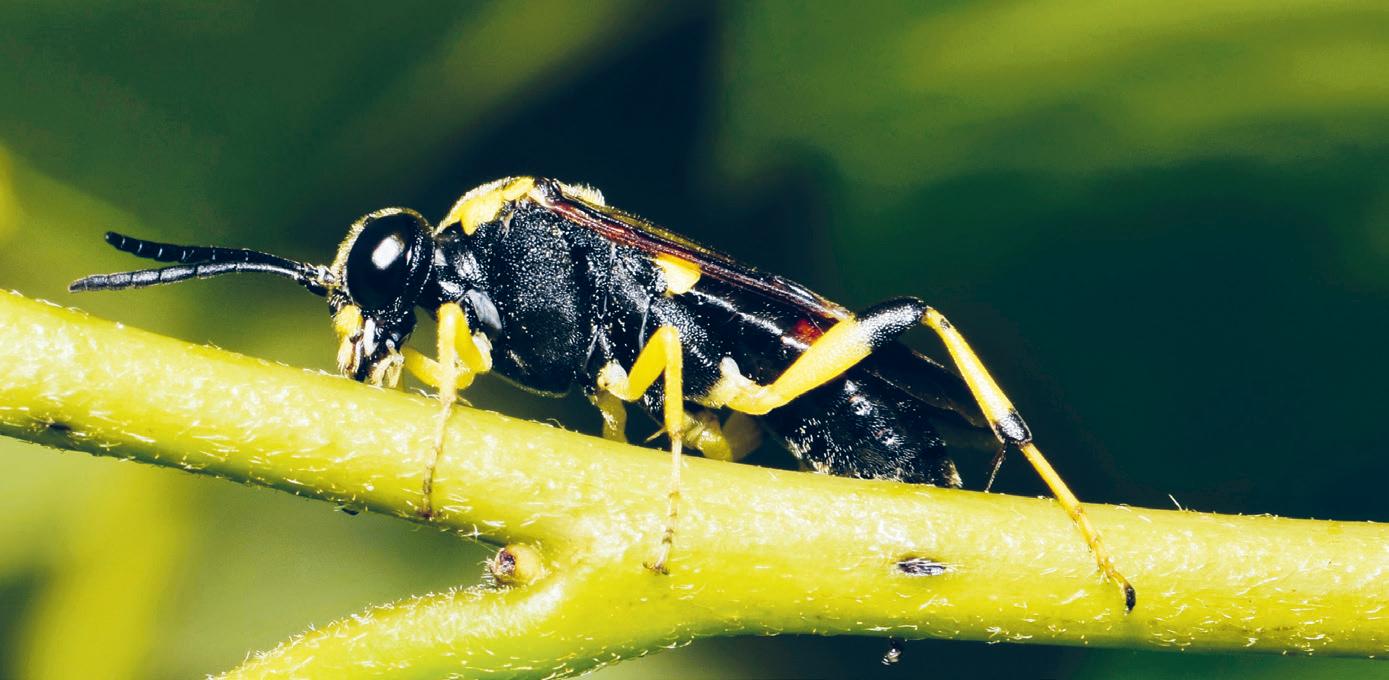
Sawflies are master surgeons!
Surgeons could soon be taking tips from an unlikely master of their craft – insects!
Scientists in Scotland have found that the female sawfly, a wasp-like insect, instinctively knows where to make tiny cuts in plants without harming their structure. The sawfly

does this to create safe spaces for her eggs. The researchers built a human-sized model of the sawfly’s saw-like ‘cutters’ and tested it on materials similar to human tissue. They hope this natural design could help surgeons make cleaner cuts and avoid mistakes.
The female sawfly uses saw-like cutters in her body to cut slits in plants for her eggs.



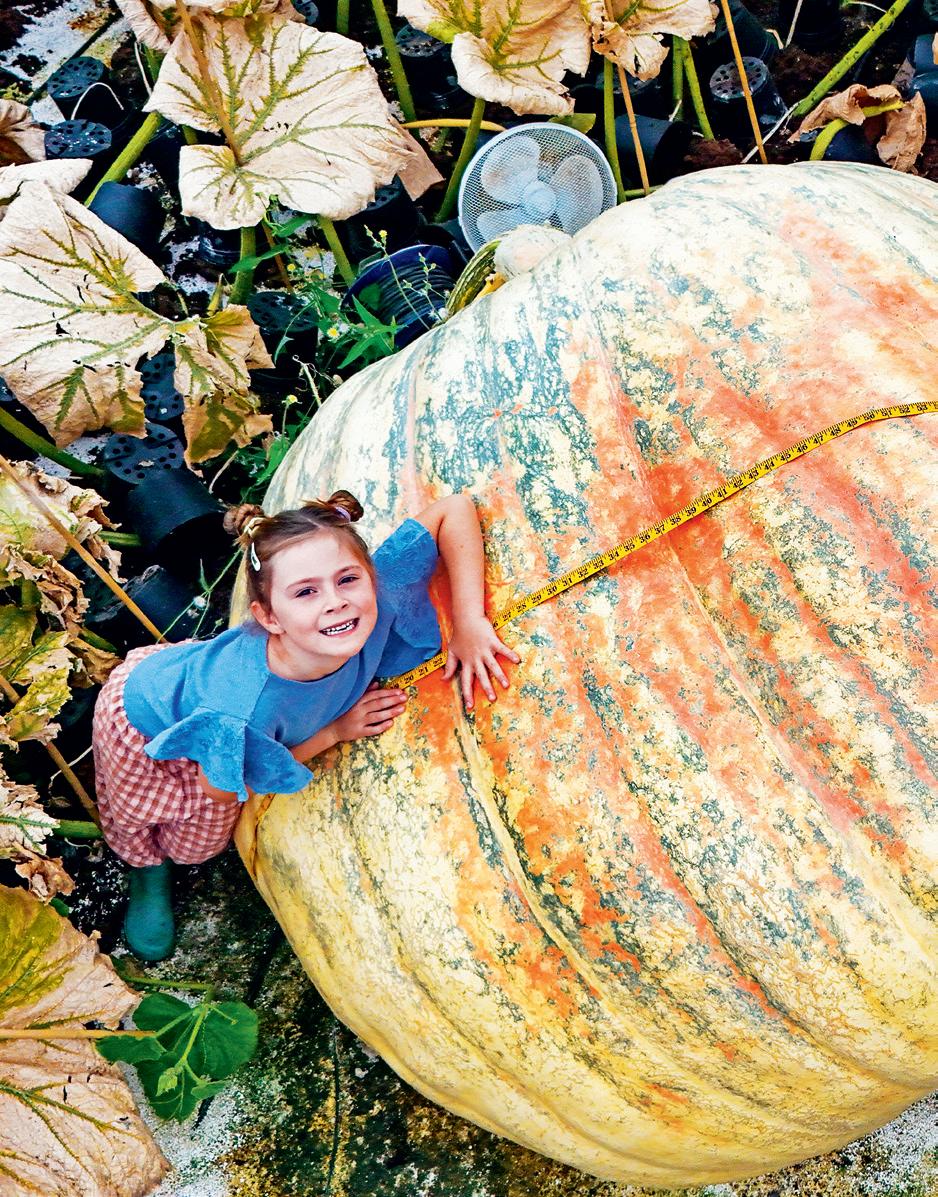
Adult human for scale
The coloured outlines were added by scientists to highlight the carvings.
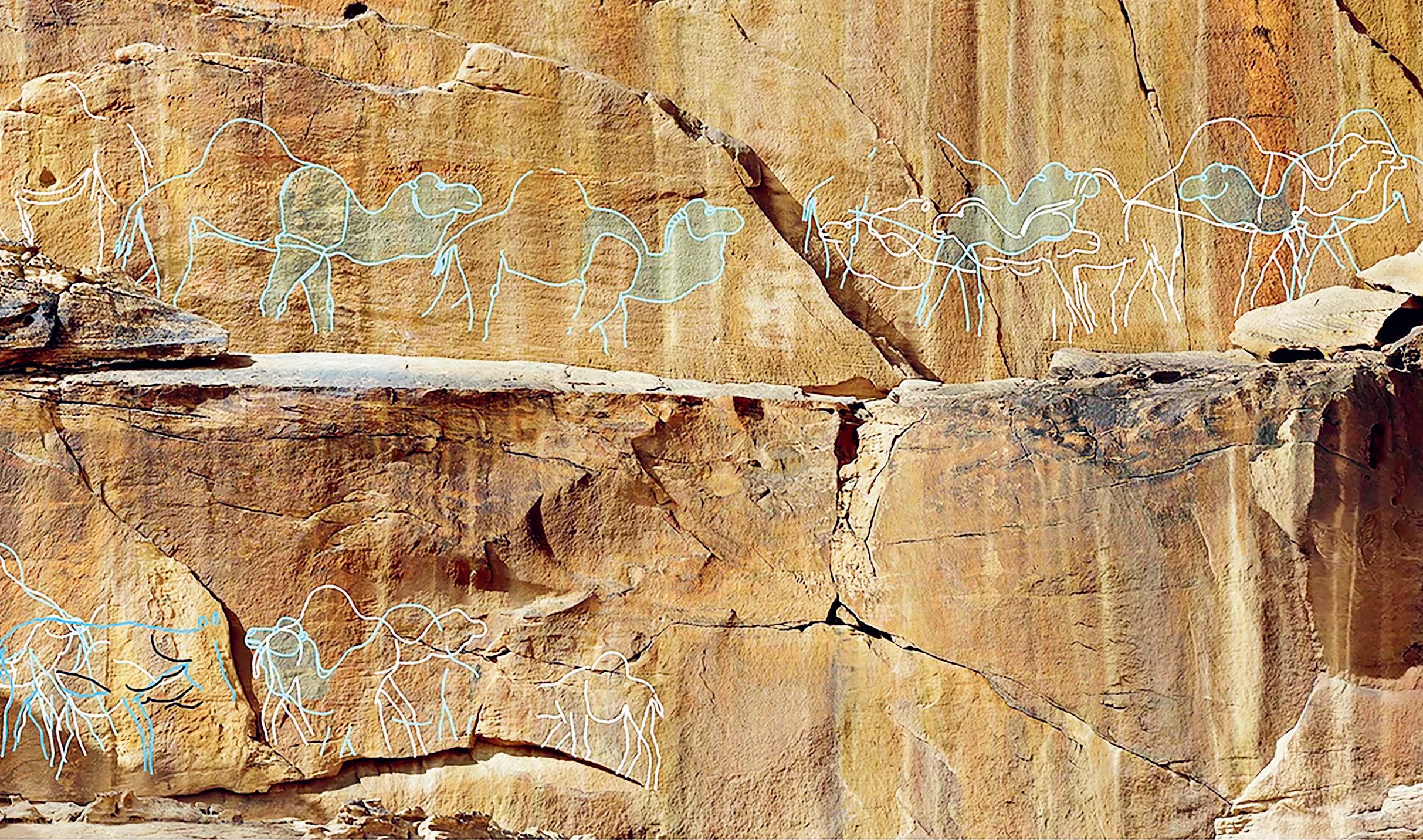
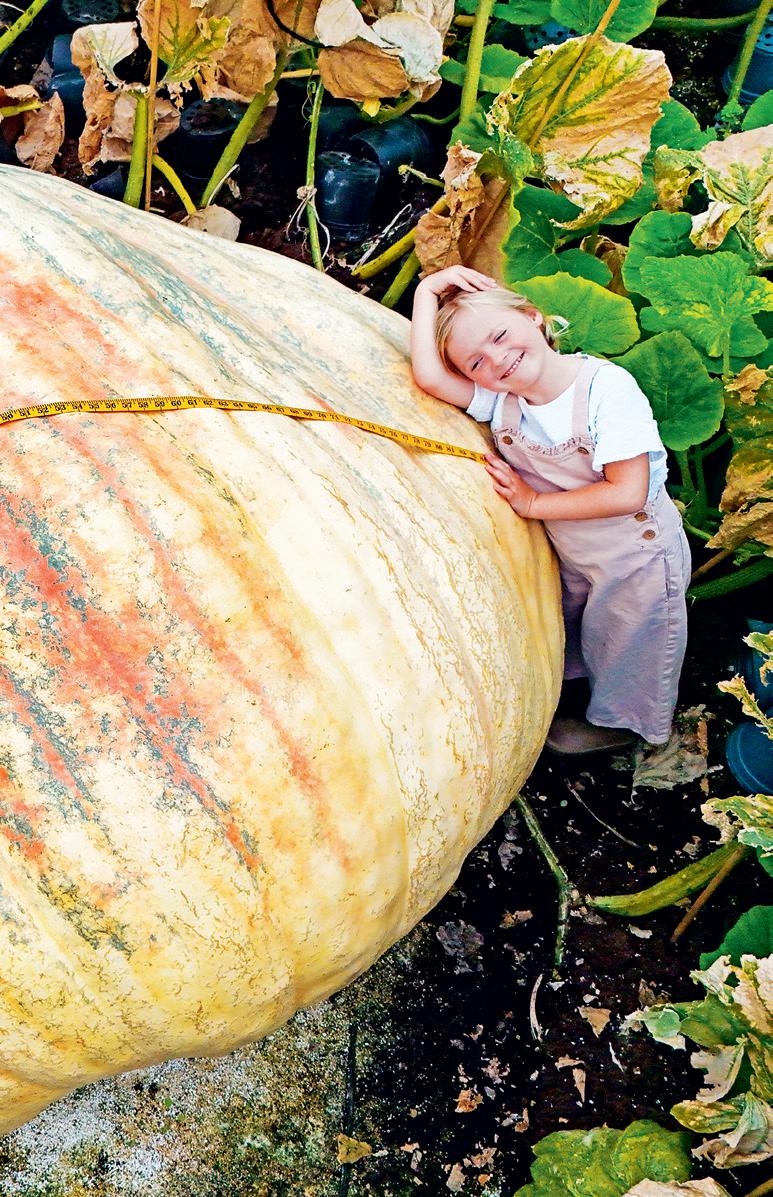
THE WORLD’S HEAVIEST PUMPKIN!
This giant pumpkin, grown in Lymington, UK, is now the reigning champ of pumpkins, setting new records for both weight and circumference. It weighs nearly 1,300 kg, about the same as two bulls, and is close to 6.5 m around, about as long as a giraffe is tall. It took 130 days to grow and uses 500 litres of water per day!
Do you have an or an ?
innie outie
outie innie
Although children have been curiously inspecting their navels for centuries, scientists have only recently started to study them. A team of scientists has discovered what determines whether a person has an ‘innie’ belly button by creating a 3D model. They identified a structure they call the ‘umbilical sheath’ that keeps the navel’s shape.
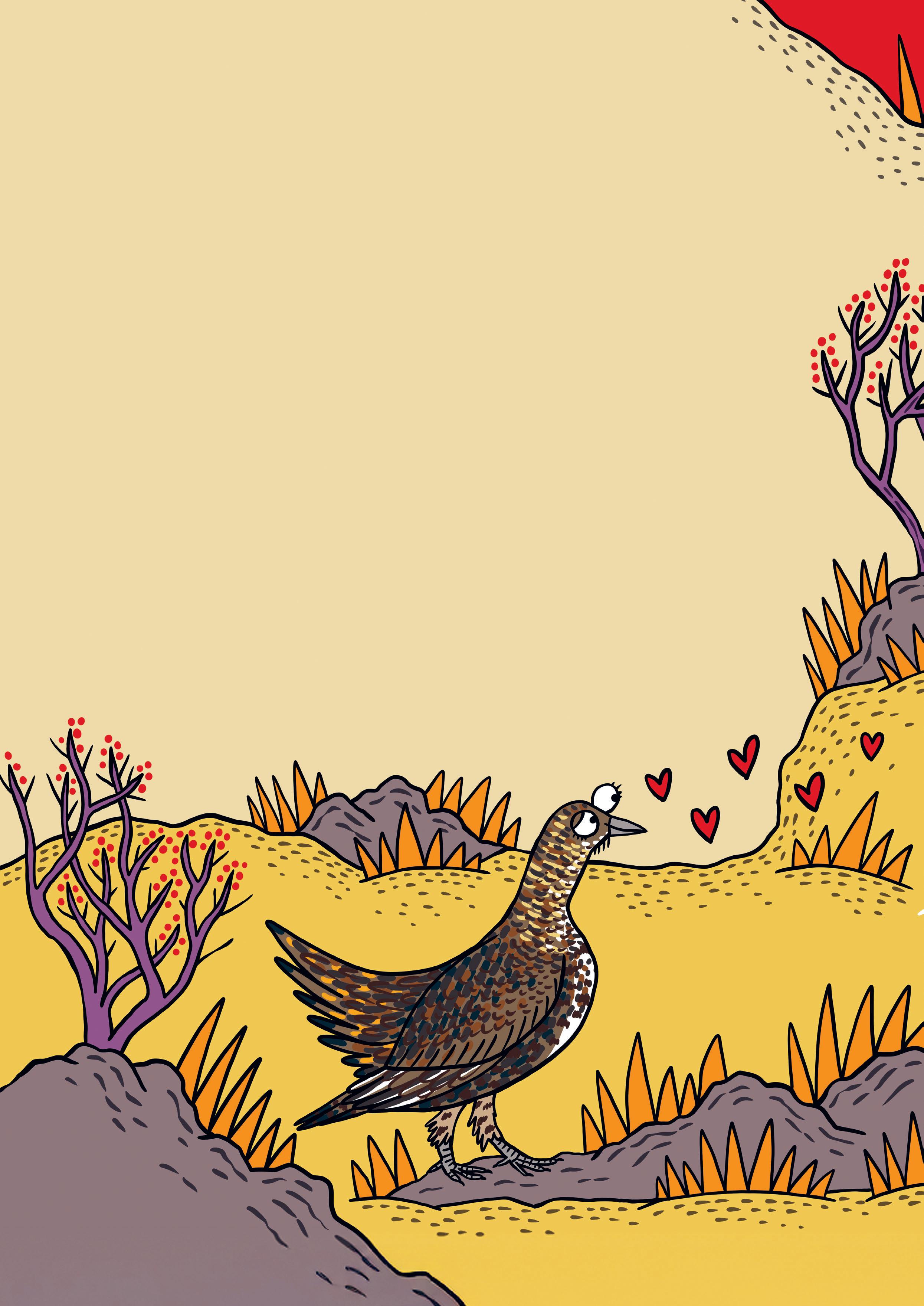

SAGE GROUSE How to chat...
By Dr Nick Crumpton
Illustration by Adrienne Barman


The greater sage grouse can be found in North America. Most of the time it makes cooing noises that sound similar to a pigeon, by passing air over its vocal cords. But when it’s time to attract a mate, it produces a different noise that’s sure to impress.
Under its beak, connected to its chest, the male sage grouse has two inflatable pouches called ‘gular sacs’. When he wants to tell all the female grouse just how wonderful he is (and what an amazing dad he’ll be) he uses the sacs to put on a real show. First he inflates the sacs with air so they stick out in front of him. Then he bobs his head
forwards and backwards in a sort of dance while shaking his tail feathers. These booming pops, swishes and whooshes sound a bit like the noise you make when you wobble a piece of metal. Together with flashes of their yellow gular sacs and impressive broad tail feathers, the sage grouse’s display certainly attracts attention!
po p pop pop
(I’d be a great dad!)

W H E EP POP
(I’d be a better dad!)
W H H H I P - W
(I’d be the best dad!)
HHHIIIP-BI-BOING!
THE LONGEST ROAD
The Pan-American Highway is recognised as being the longest road in the world, stretching nearly 19,000 kilometres. It crosses two continents and 14 countries on its winding way from Alaska to Argentina. It goes through six different time zones and a variety of different terrains and climates – from tundra to jungles and deserts – which means driving it is quite a journey. In fact, the whole trip can take months!
DID YOU KNOW?
It is impossible to accurately measure the precise length of the Pan-American Highway because it has various branching routes.
DID YOU KNOW?
Several daring cyclists have travelled the Pan-American Highway, too. The quickest bicycle journey so far took 75 days!
DARI É N GAP
Not all of the Pan-American Highway is paved, and it’s actually impossible to travel it entirely by car because of a 150 km stretch called the Darién Gap. This section, between Panama and Colombia, is covered by dense rainforest and is usually crossed by boat. It’s also possible to cross the Gap on foot, although hiking it can be difficult because of the jungle and swamps. And that’s not the only challenge along the way – another epic feature of the Highway is the 3,450m-high peak of Cerro de la Muerte in Costa Rica.
Unofficial route
1,000 km
W
U ! R
Your guide to the wonderful world of linguistics and languages.
This month: a little-known shift from verb to noun.
An important part of some languages that we don’t often think about in our daily lives is stress patterns. This means where you place emphasis within a word or group of words, usually using pitch, volume or duration (how long you stretch out the sounds). For example, you probably read the word ‘example’ as ‘exAMple’ because in English that’s how that word is pronounced. Saying ‘EXample’ or ‘examPLE’ would be confusing, and other people might not understand what you mean. You may not have realised it, but in English there are also words whose meaning changes from a verb (a word that refers to an action) to a noun (a word that refers to a person, place, thing or idea) when the stressed syllable moves to the beginning of the word. For instance, the word perMIT (to allow, a verb) becomes PERmit (a document that grants permission, a noun). There are three more examples of this shown on the right. Can you think of some examples of your own?
PRESENT
As a verb To give, as in: 'I preSENT you with this empty box.'
As a noun A gift, as in: 'Didn’t you enjoy your PRESent, the empty box?'
WANTED!
RECORD
As a verb To set something down in writing, as in: 'He will reCORD the score of the flamingo croquet game.'
As a noun Something that recalls past events, as in: 'The RECord shows that nobody scored any points because all the flamingos flew away.'

For the crime of stealing chickens!
SUSPECT
As a verb To imagine something to be true, as in: 'She susPECTS the fox knows where the chickens went.'
As a noun Someone who is thought to be guilty of something, as in: 'The fox is the main SUSpect in the missing chicken case.'

Q U E S S P A C Q U E S Q U S P Q U
KÁRMÁN LINE
DISTA NCE FROM EARTH: 100 KM
Space is closer than you think! It officially begins at the Kármán line, just 100 km above Earth — a distance a car could drive in about an hour.
DID YOU KNOW?
Atthemoment,there are more than 30 differentspaceprobes exploringoursolar system!
A C E E
S T !
T ! ! E T ! E S T !
Blast off on an amazing journey from Earth, through our solar system and beyond! Plus, discover the history of space exploration and how we learn about other worlds.
Humans have been fascinated with space for millennia. Ancient civilisations watched the stars and named the constellations they saw. They tried to predict when meteors and eclipses would appear. Even ancient monuments such as Stonehenge – built thousands of years ago to track the Sun’s position during the summer and winter solstices – have been linked to astronomy and the movement of celestial bodies.
In the 1600s, humans built the first telescopes, allowing us to see even further and to discover distant planets and moons. Fast forward to today, and humans are more
knowledgeable than ever about what lies beyond our home planet. But there’s still so much more to discover and explore!
Space telescopes, satellites and probes are just some of the things humans have invented to help us get a glimpse of what’s out there in the rest of the solar system – and even into deep space. Asteroids, comets, moons, dwarf planets and exoplanets are still being discovered every day thanks to the work of curious scientists at space agencies all around the world. So let’s set off on a space quest to see where we’ve been – and where we’re headed next!
KNOW YOUR PROBES
MARINER 2
Launched in 1962 to study Venus. (p. 21)
VOYAGER 1 & 2
Launched in 1977 to study the outer solar system. (pp. 24 & 22)
GALILEO
Launched in 1989 to study Jupiter and its moons. (p. 22)
CASSINI
Launched in 1997 to explore Saturn and its moons. (p. 23)

MESSENGER
Launched in 2004 to study Mercury. (p. 20)
NEW HORIZONS
Launched in 2006 to explore Pluto and its moons. (p. 23)
JUNO
Launched in 2011 to study Jupiter. (p. 22)
PARKER SOLAR PROBE
Launched in 2018 to learn more about the Sun. (p. 21)
Scan the QR code to see an amazing interactive 3D model of our solar system and everything in it!

DEEP S P A CE EARTH
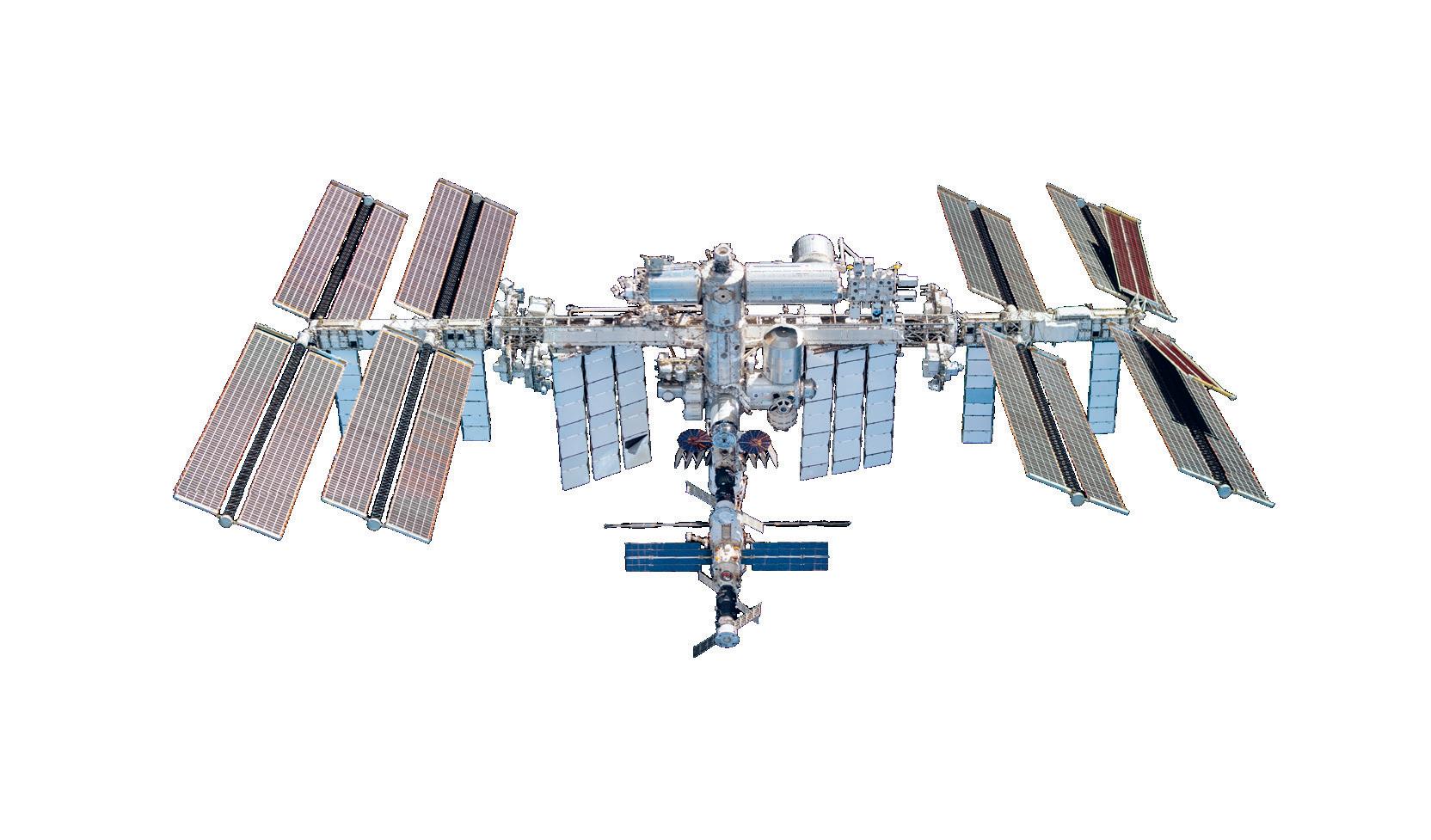

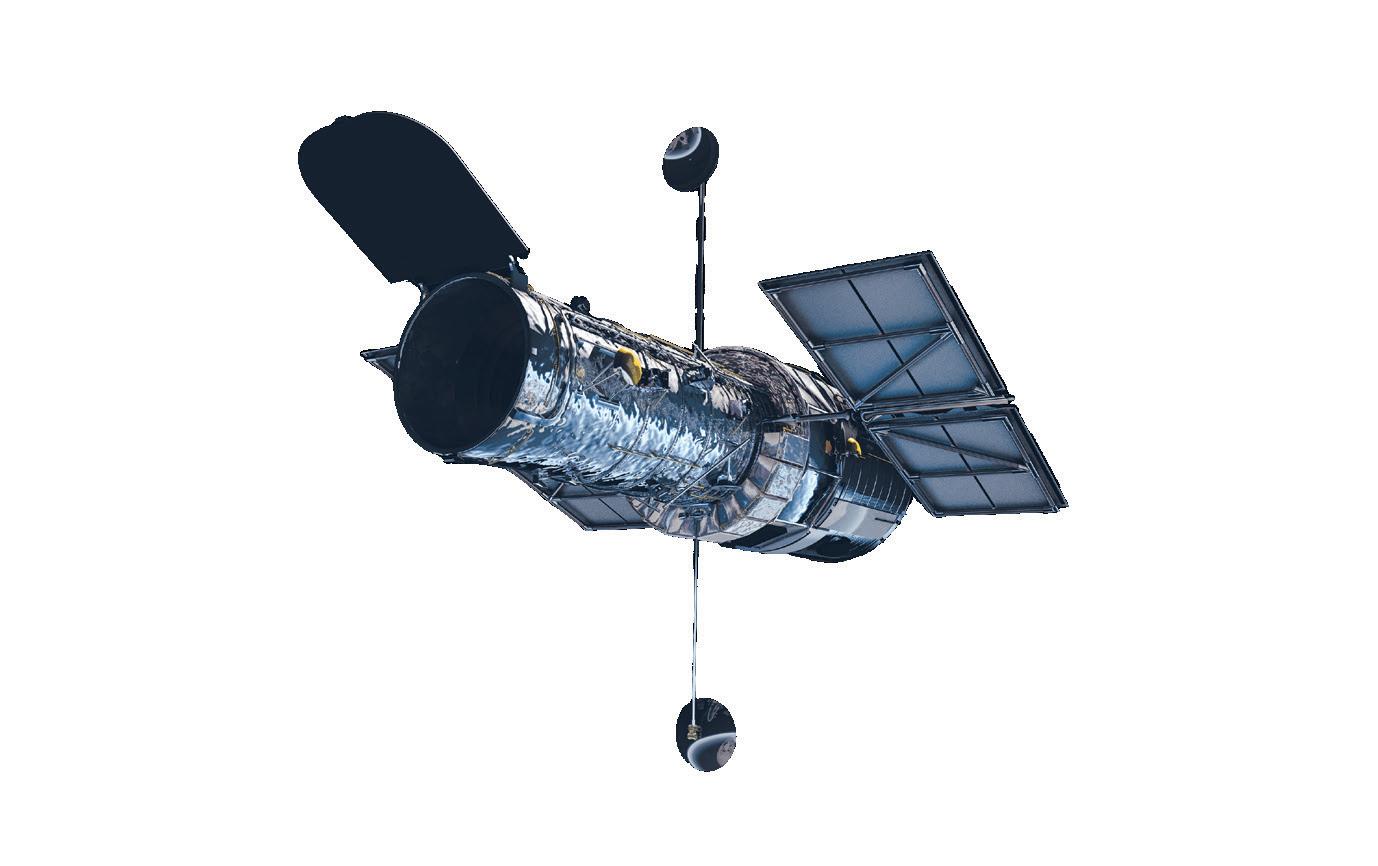



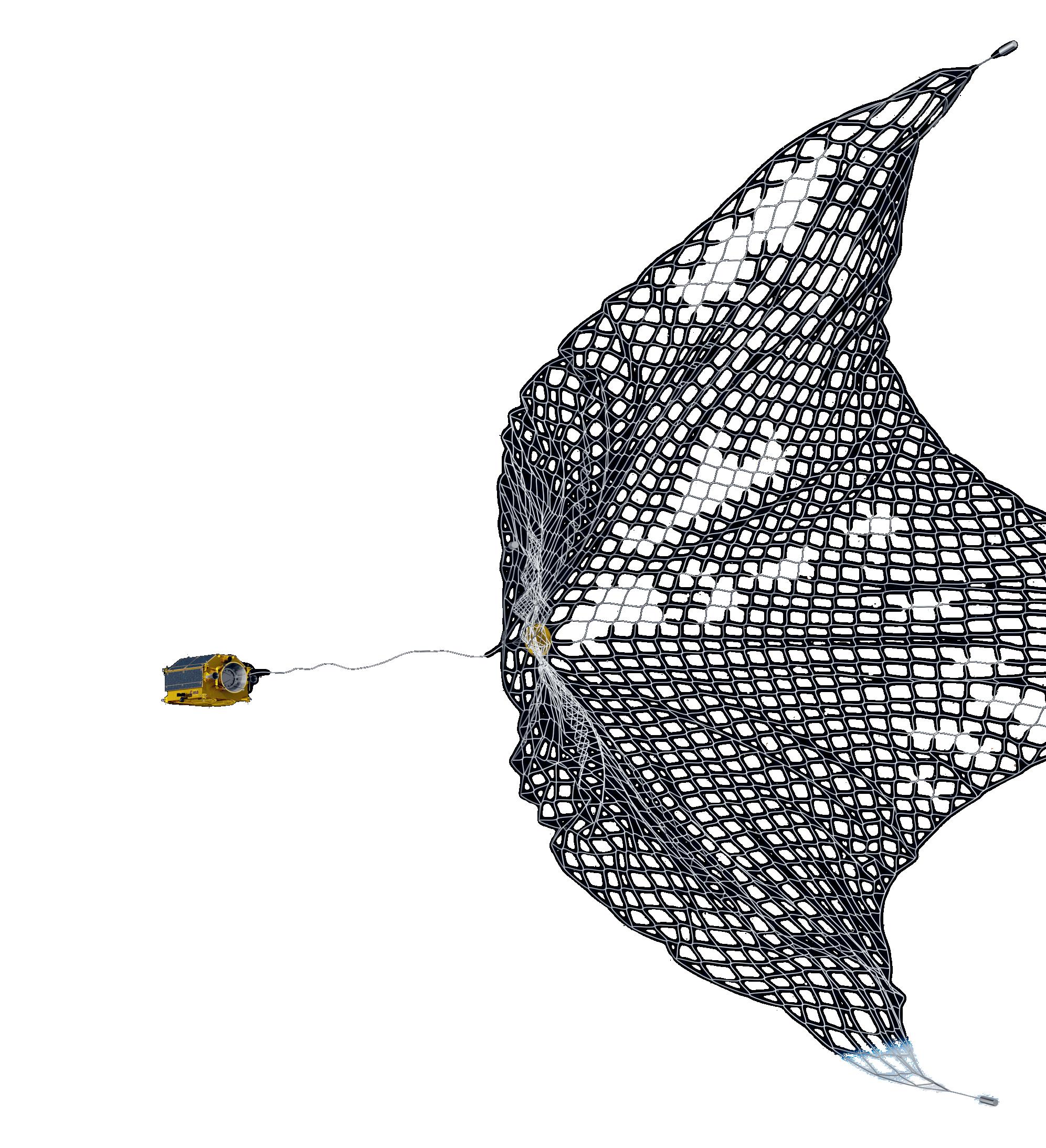
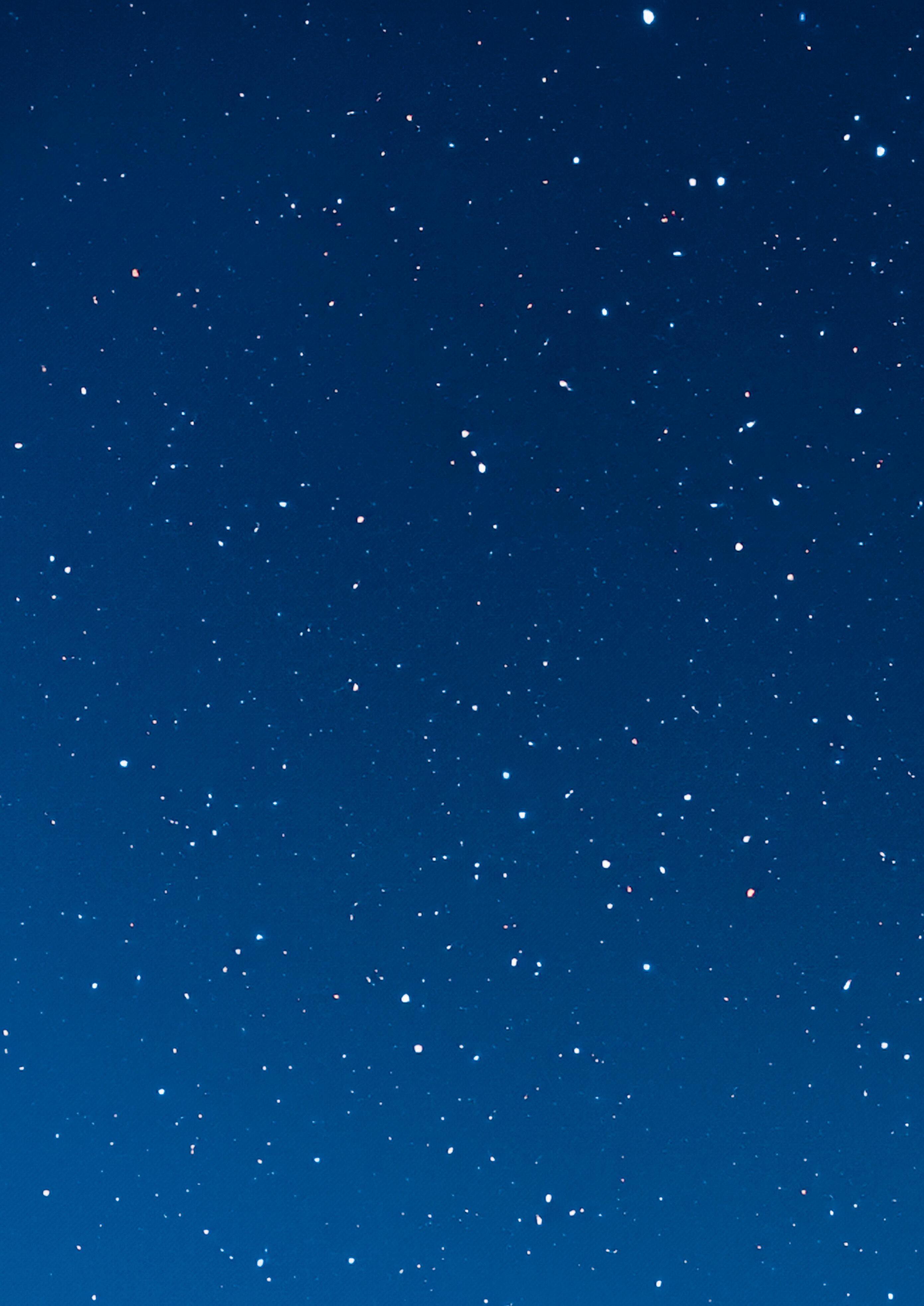

THE MOON
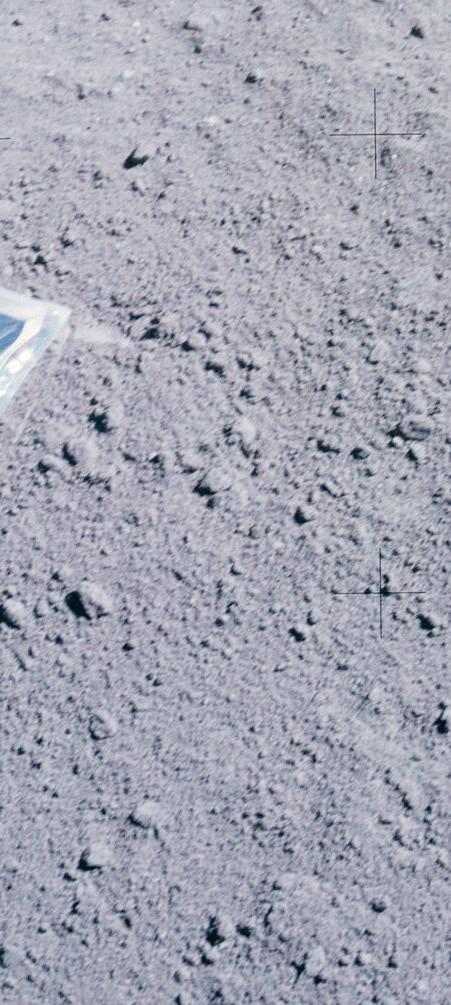
DISTANCE FROM EARTH:
384,400 KM
The Moon is one of the most-studied objects in space, partly because it’s our closest neighbour. The first probe to reach the Moon was the Soviet Union’s Luna 2, which
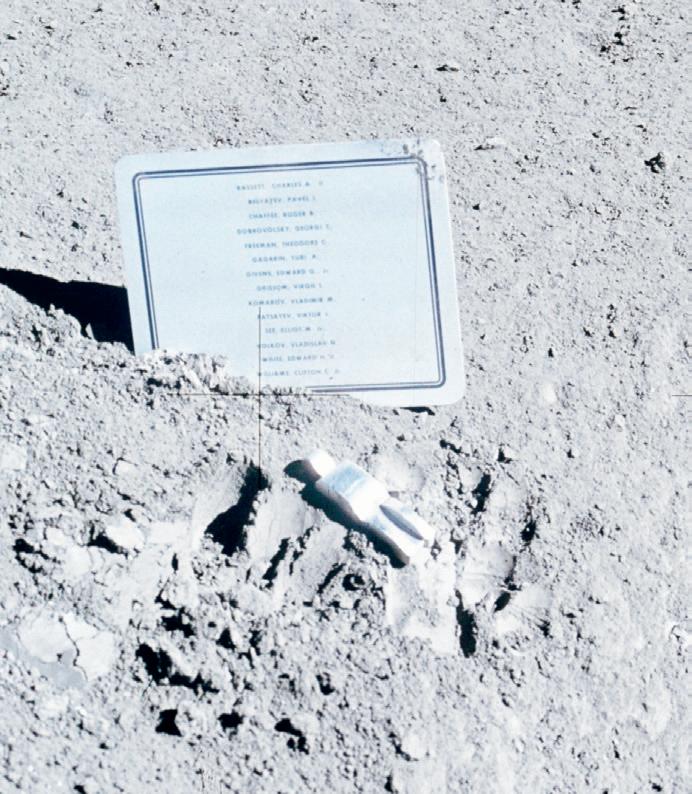
in September 1959. Humans set foot on the Moon for the first time 10 years later. So far, 12 humans have walked on its surface. They’ve also left some surprising things behind! Charlie Duke left a photo of his family (far left) and the crew of the Apollo 15 mission left a small model of a Fallen Astronaut (left) to honour astronauts who lost their lives on other missions.
WILL HUMANS LIVE ON THE MOON?
Writers and artists have been imagining what life would be like on other worlds for centuries. Scientists have been busy thinking about it, too! If humans are ever to live on the Moon, there are many problems that need to be solved first. The atmosphere of the Moon is very thin and humans can’t breathe
ClearSpace-1 could collect a large chunk of a rocket left in orbit about 800 km above the ground.
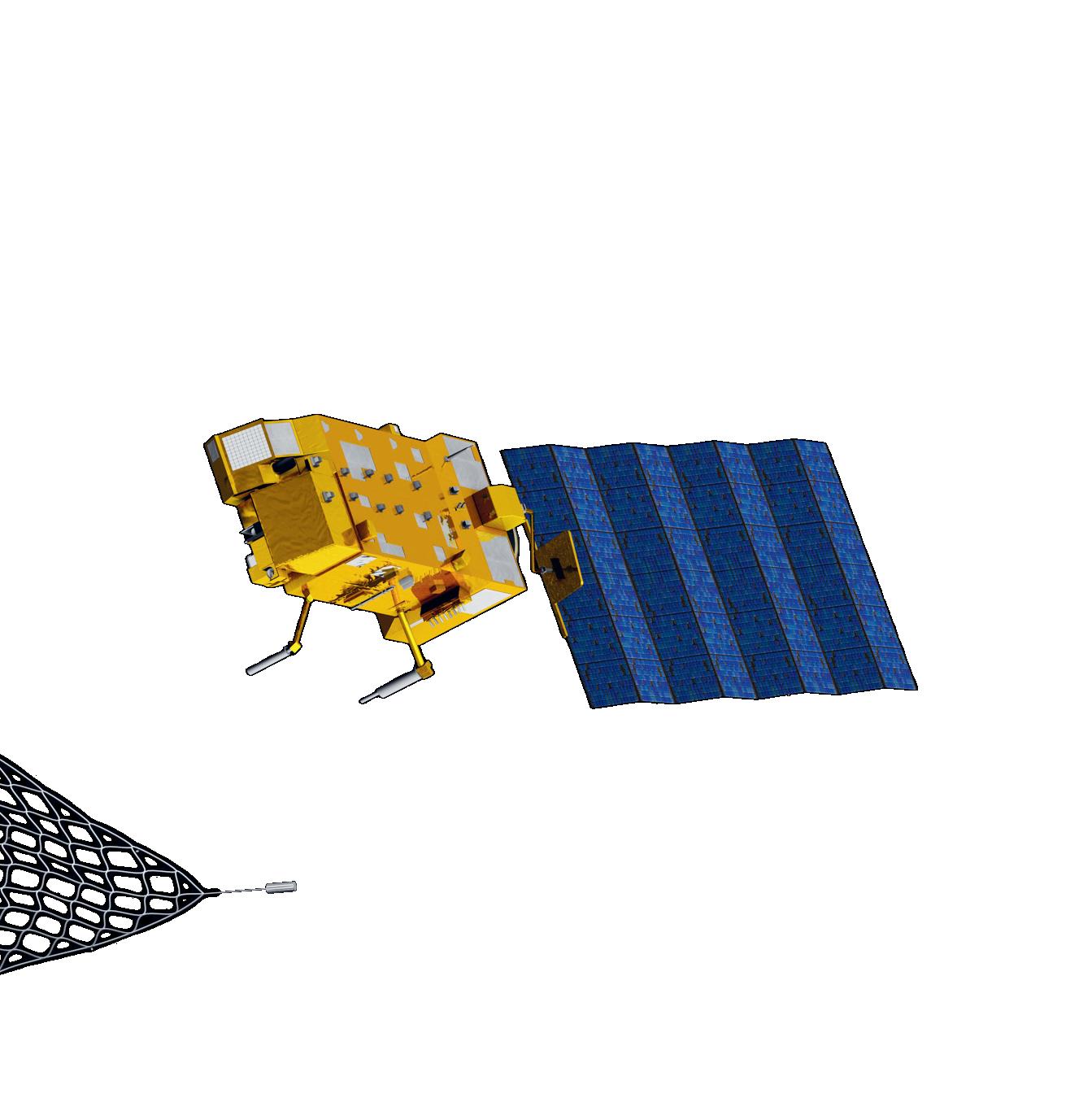
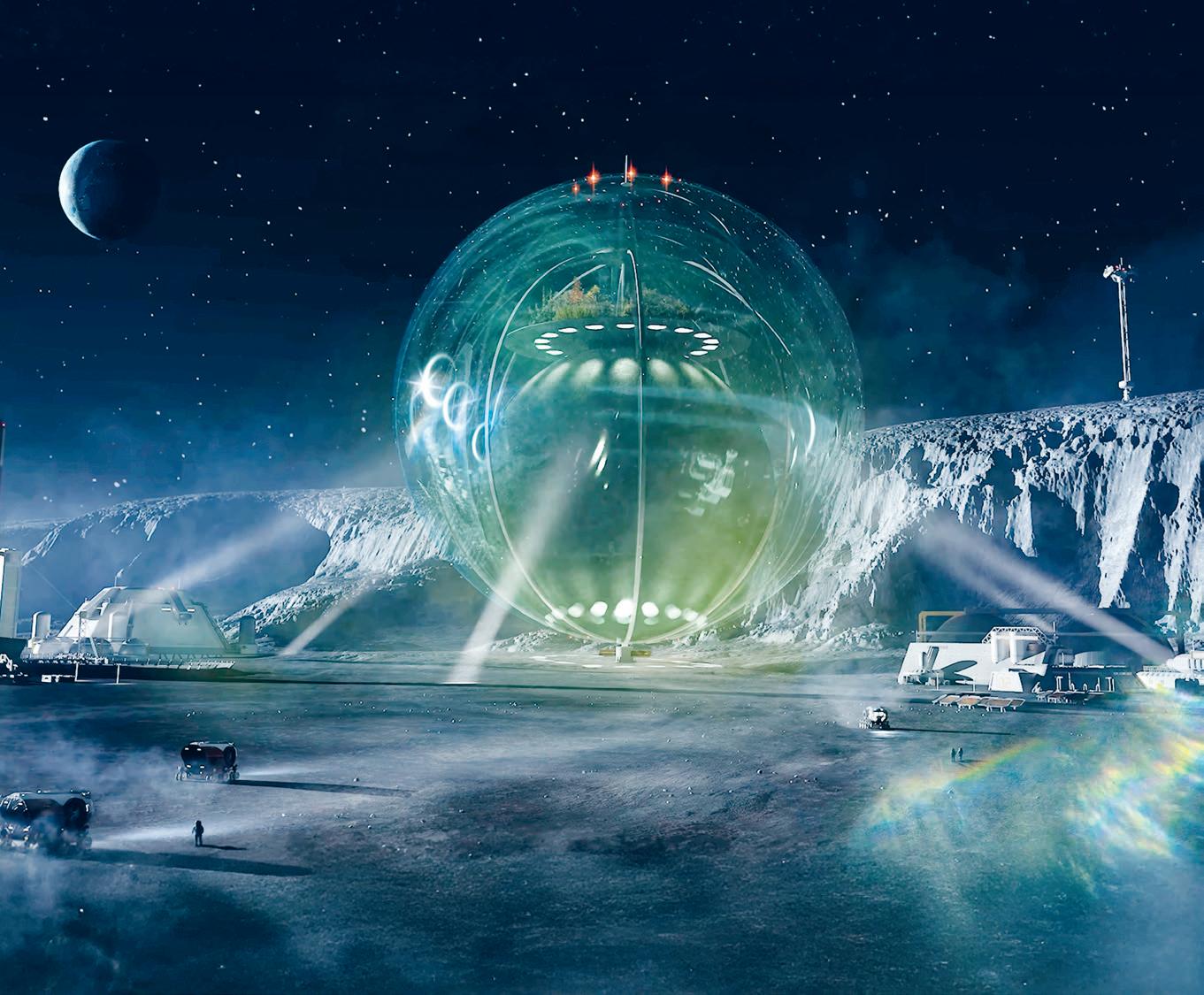
without special equipment. There is no liquid water for drinking, and the soil is rocky and would be difficult to grow crops in. Recently scientists have come up with an idea for giant glass bubbles that could be built from microwaved Moon dust! Time will tell if humans ever get the chance to live in them.



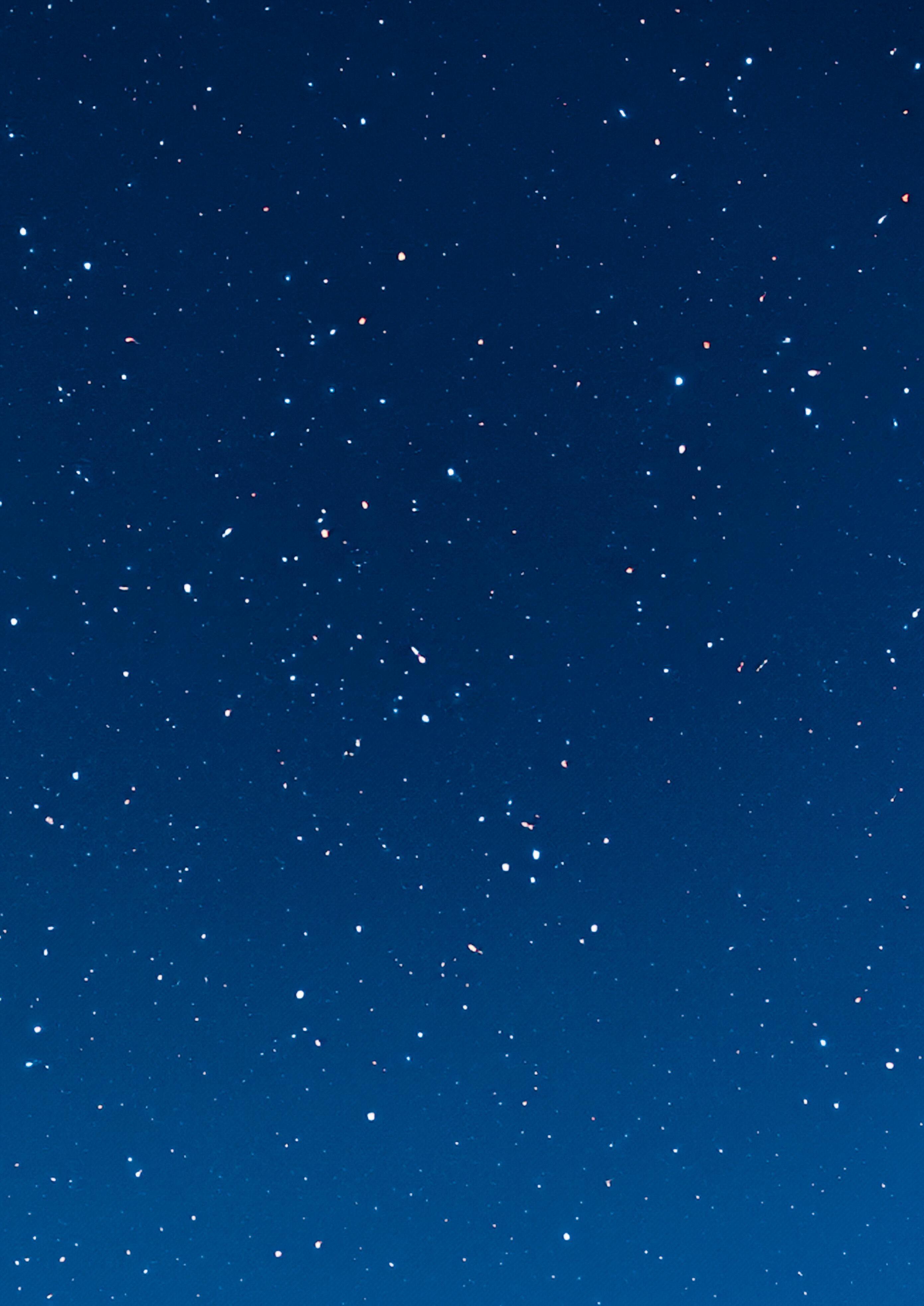
INNER SOLAR SYSTEM

EARTH
DEEP S P A CE
BEYOND EARTH
PERSEVERANCE AND INGENUITY
YEAR LAUNCHED: 2020
STATUS: ACTIVE
Although Venus is Earth’s closest is very cold and has a thin atmosphere.
explore Mars, including robot rovers that can


spacecraft to orbit Mercury. It sent back 255,858 images and over 10 terabytes of data about the planet. It was crashed into Mercury in 2015.

OUTER SOLAR SYSTEM

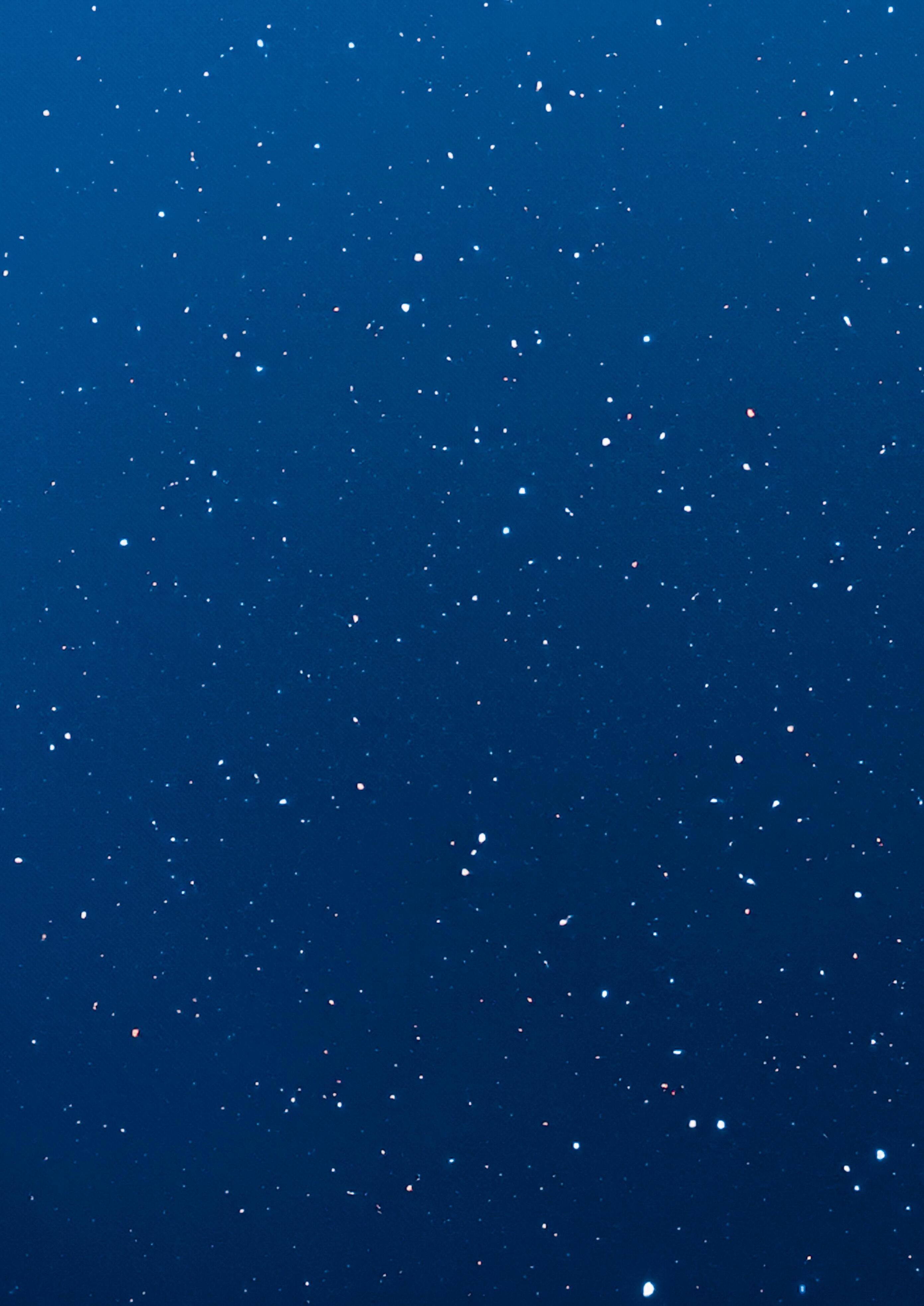
SYSTEM SYSTEM



MERCURY
MARINER 2
EAR LAUNCHED: 1962

STATUS: IN ORBIT
Mariner 2 was the very first spacecraft to visit another planet. It was sent to fly by Venus and send back data. Earth lost contact with it in 1963, and now it orbits the Sun.
PROBE YEAR LAUNCHED: 2018
STATUS: ACTIVE
This probe was specially designed to withstand the Sun’s extreme heat and send back observations of the only star scientists are able to study up close.


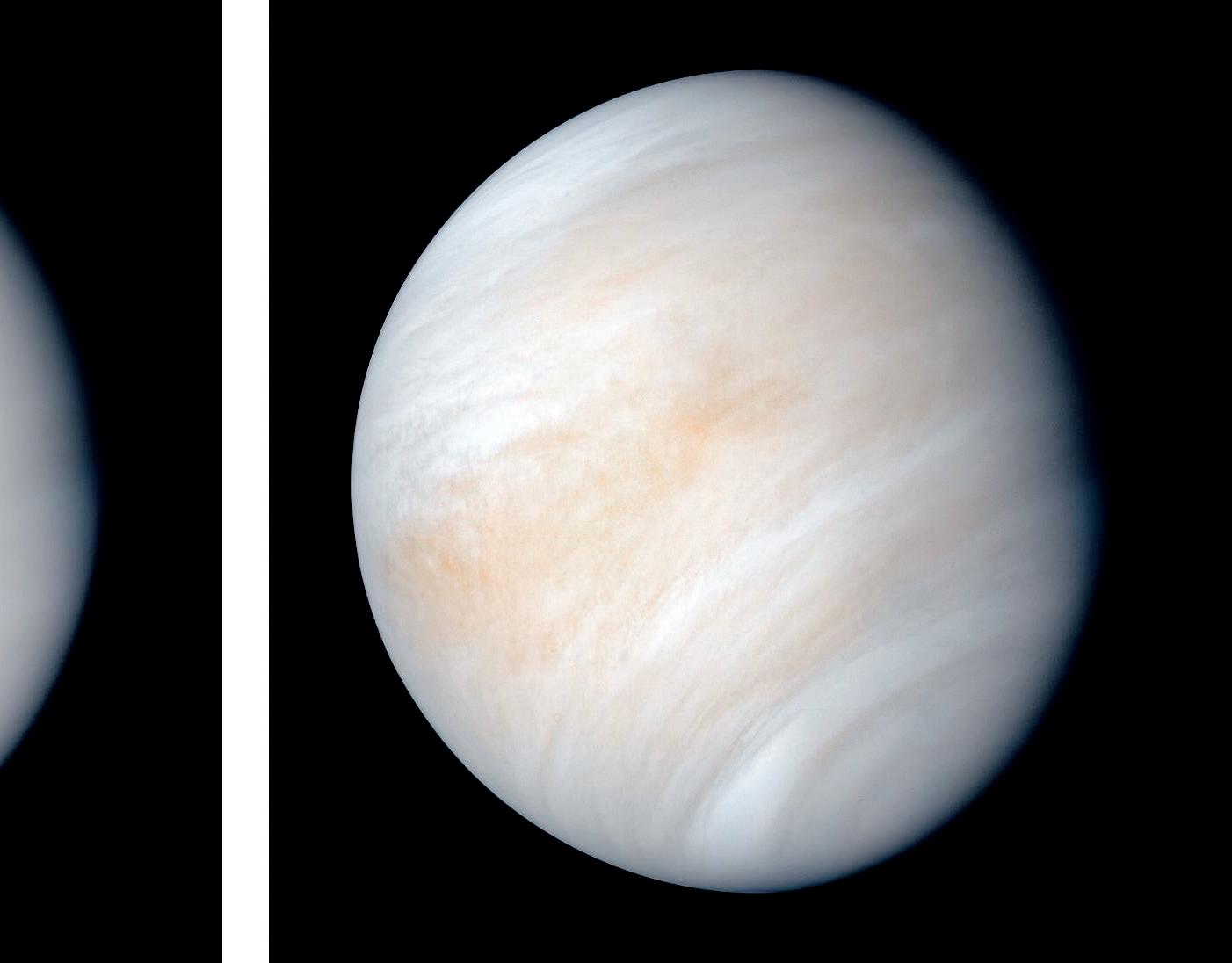

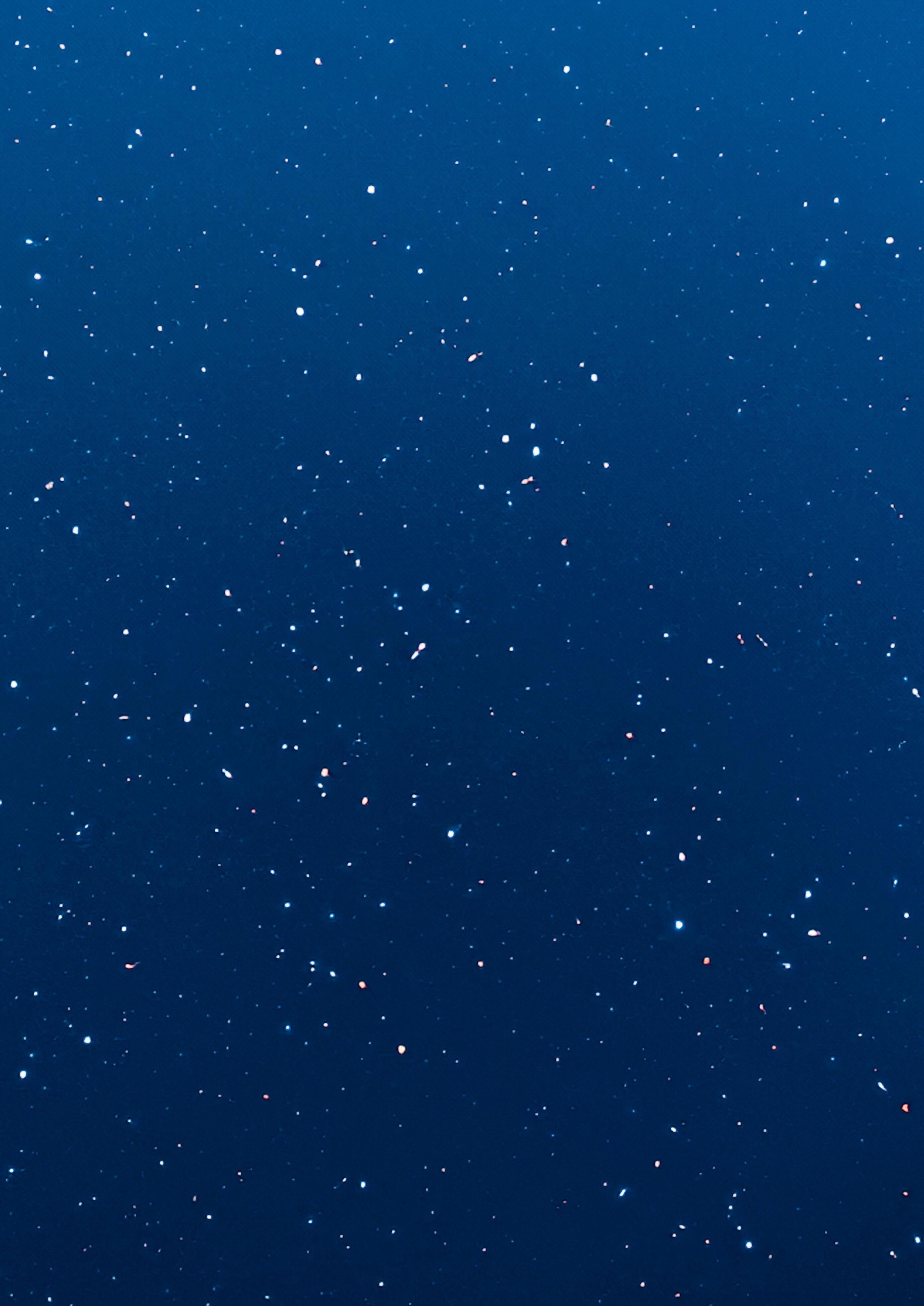
An artist’s imagining of a base on Mars.
VENUS
SOLAR SYSTEM
EARTH SYSTEM
VOYAGER 2
YEAR LAUNCHED: 1977
OUTER SOLAR SYSTEM S

SYSTEM
STATUS: ACTIVE
P A CE
BEYOND EARTH
STATUS: CRASHED
Named after the astronomer Galileo, who discovered Jupiter had moons, this craft studied the gas giant and other space objects until it was crashed into Jupiter in 2003.
JUPITER
Voyager 2 and its twin, Voyager 1 (see next page), have been exploring space for nearly 50 years! After flying by the outer solar system planets they left our solar system and are now in interstellar space.

JUNO YEAR LAUNCHED: 2011
STATUS: ACTIVE
OUTER SOLAR SYSTEM OUTER SOLAR SYSTEM
This probe, named after the wife of the Roman god Jupiter, was sent to observe the planet closely and answer questions about its evolution and the history of our solar system.








This amazing image taken by Cassini shows Earth as a tiny, distant dot!
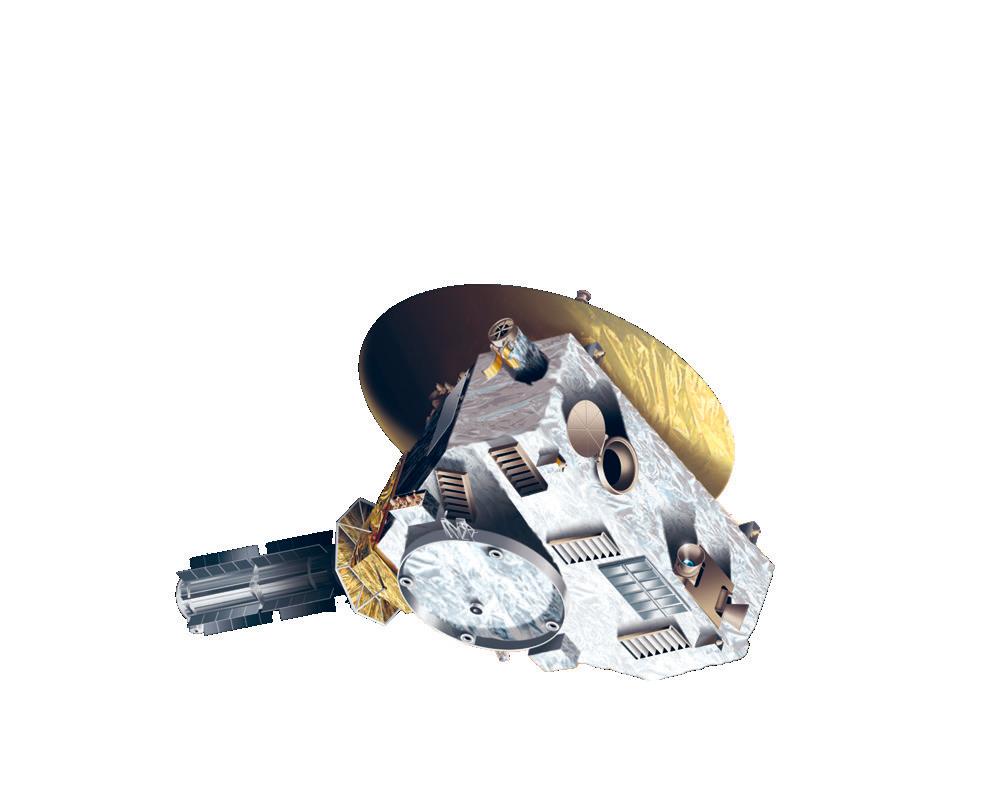
CASSINI-HUYGENS
YEAR LAUNCHED: 1997
STATUS: CRASHED

Cassini studied Saturn and its many rings and moons for more than a decade, sending back stunning photos. Like Galileo on Jupiter, Cassini was deliberately crashed into Saturn to avoid contaminating its moons with Earth microbes (tiny living things). Its lander probe, Huygens (above), was left on Saturn’s largest moon, Titan, to collect data.

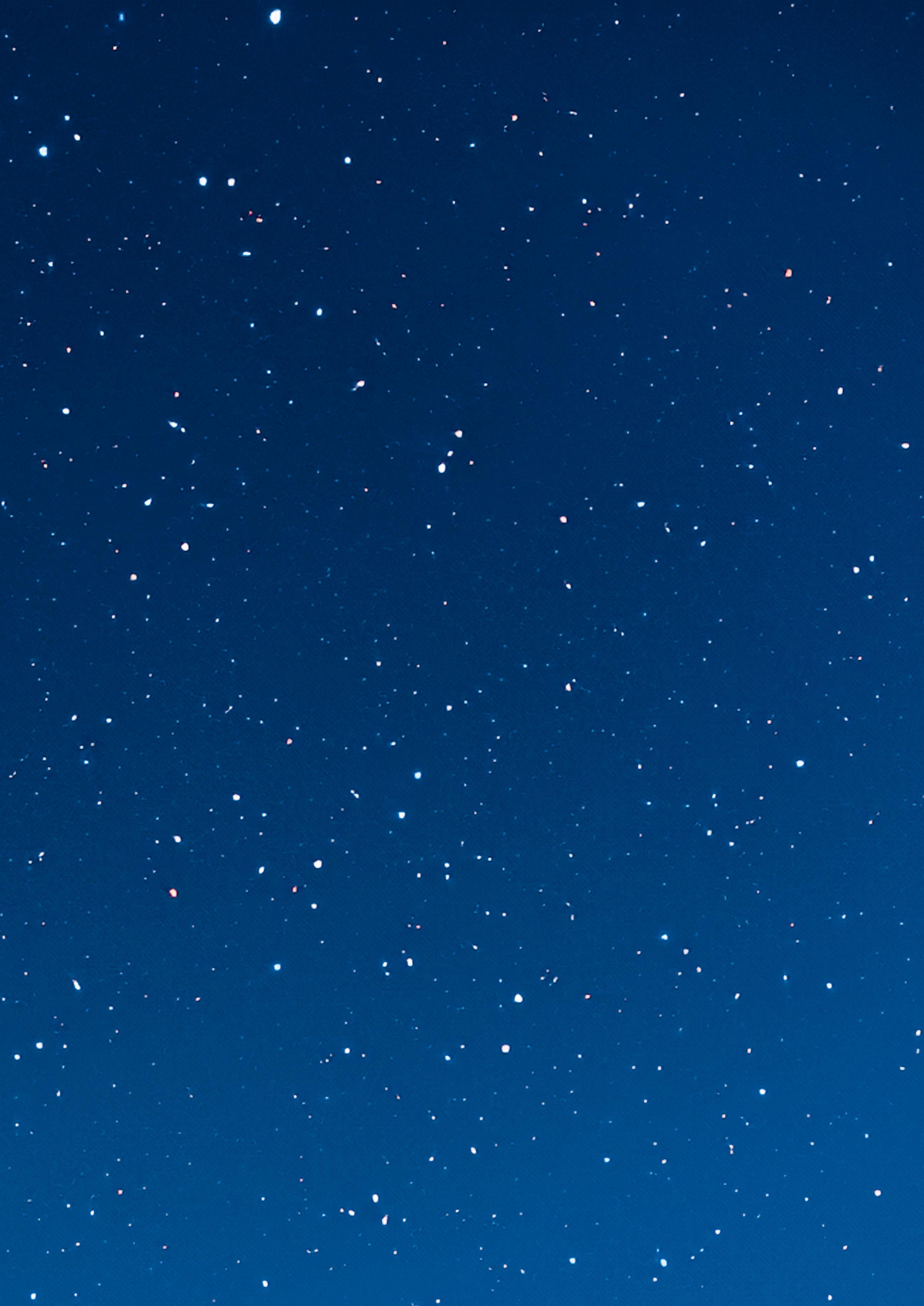
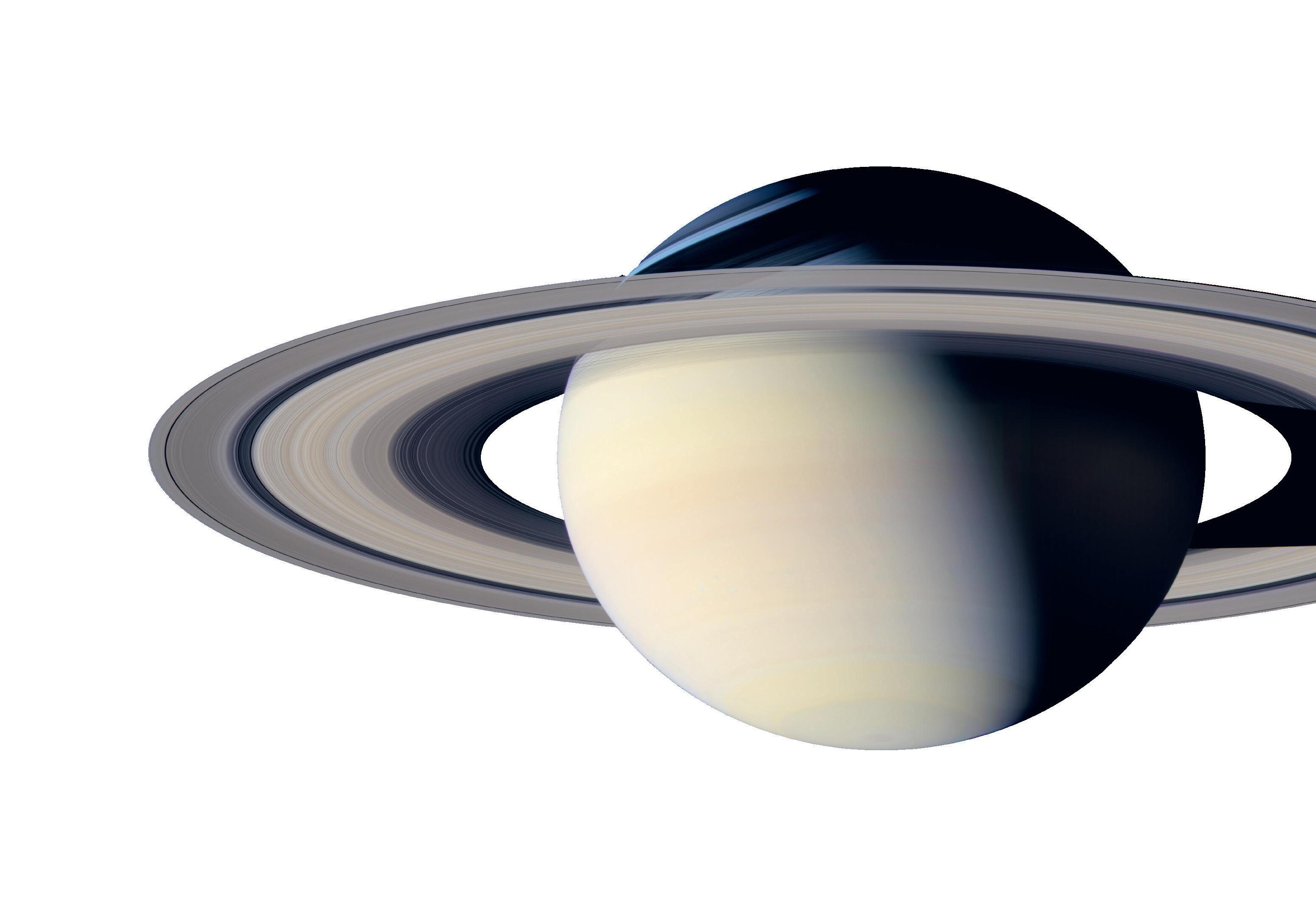

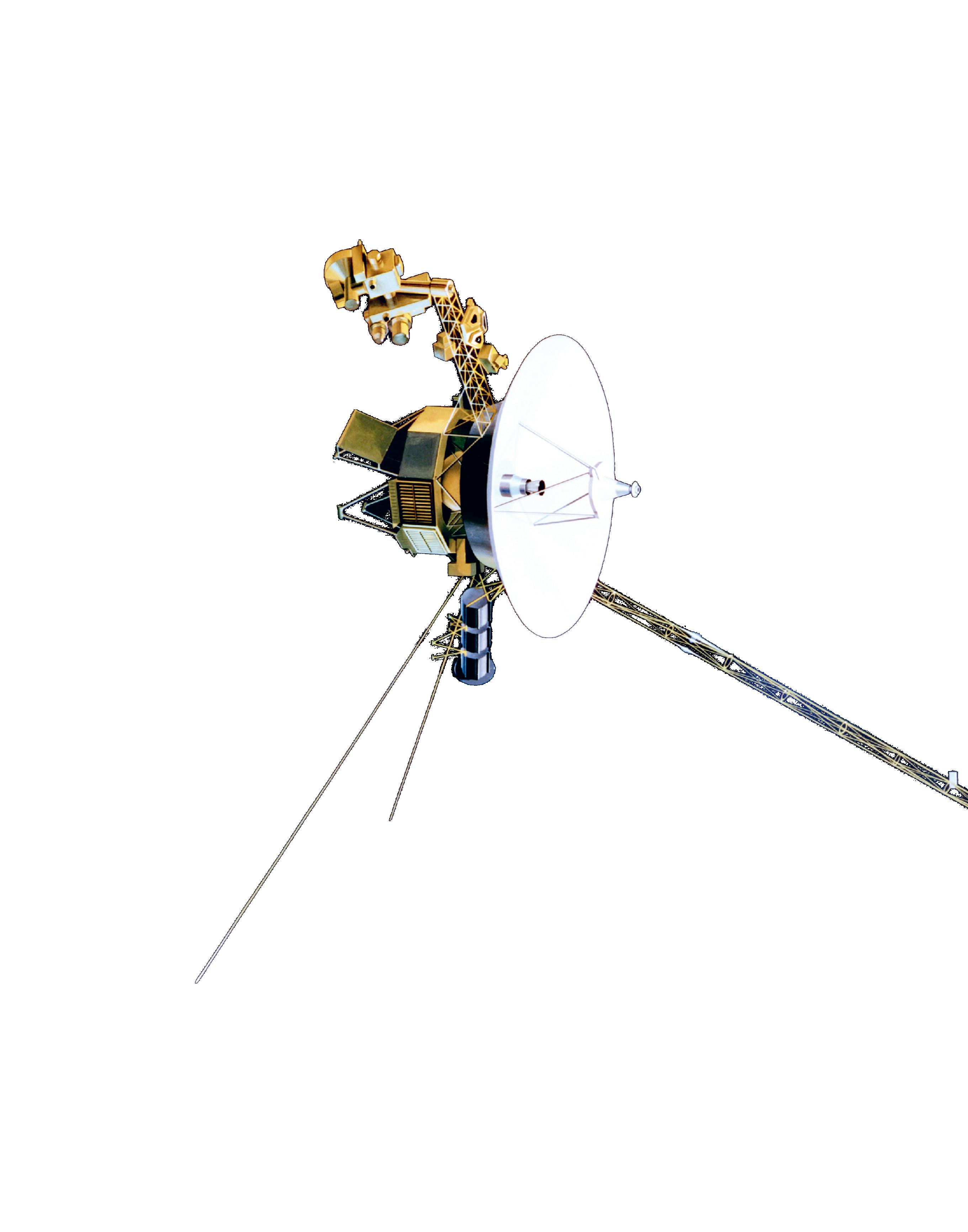
Cumulative number of exoplanets discovered outside the Solar System
The cumulative number of exoplanets discovered outside the solar system
1,000 2,000 3,000 4,000 5,000 6,000
The golden disc sent on board the twin Voyager space probes.
SUPER EARTH
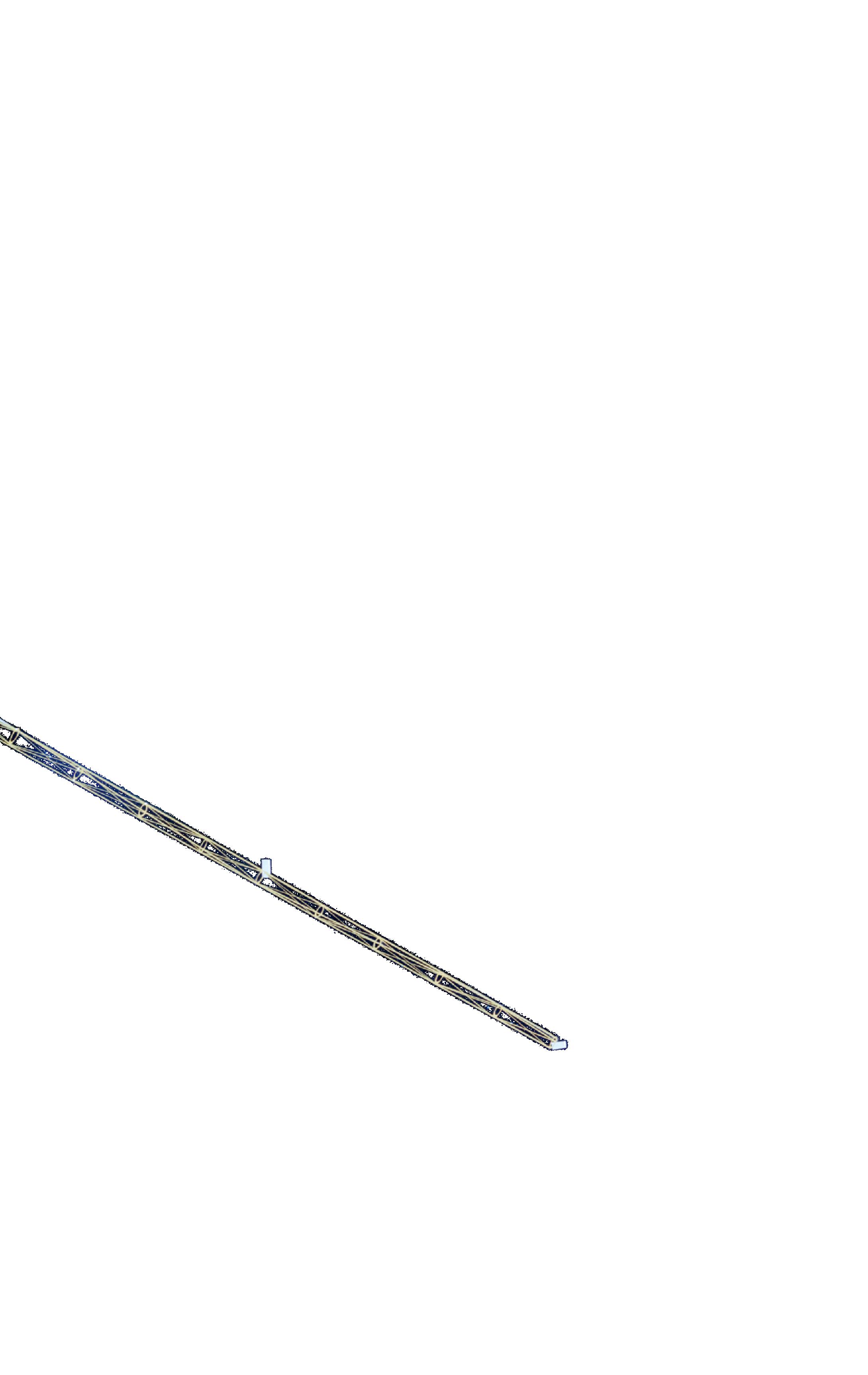
WILL WE FIND ANOTHER PLANET LIKE EARTH?

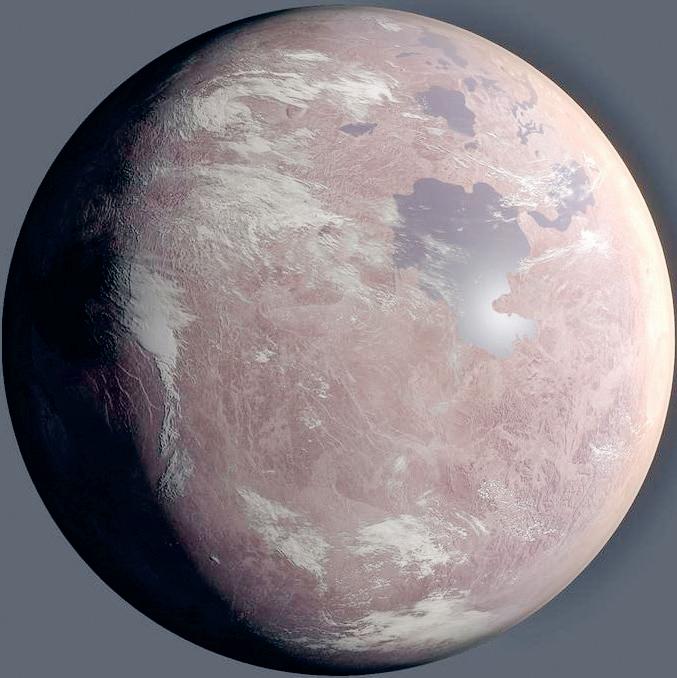
most Earth-like to be found so far. But it is 301 light-years away and so hard to visit!
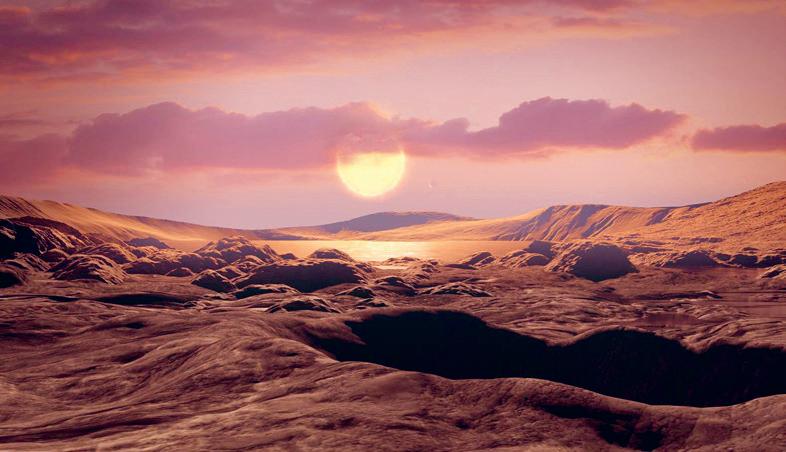

TERRESTRIAL
Rocky, in Earth’s size range

Similar to Jupiter or Saturn
More massive than Earth, lighter than Neptune NEPTUNE-LIKE
Similar to Uranus or Neptune GAS GIANT
Kepler 1649c

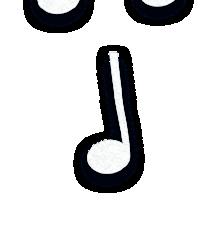



WHO WAS ADOLPHE SAX?

Adolphe Sax was a musician as well as an inventor of musical instruments. The most famous of the instruments he made is the saxophone, which you’ve probably heard of!
WHEN AND WHERE DID ADOLPHE SAX LIVE?
Sax was born in 1814 in Dinant in what is now Belgium. Although his birth name was AntoineJoseph, his family called him Adolphe from childhood. He moved to Paris, France when he was in his twenties and lived there for the rest of his life.
Original people who changed the world. This month: Adolphe Sax.
Illustration by Esperanza Hickling


If you like an instrument that sings, play the saxophone. At its best it’s like the human voice.
Stan Getz, musician

HOW DID HE THINK DIFFERENTLY?
Sax’s parents were both designers of musical instruments. They notably made design changes to the French horn. Adolphe began making his own musical instruments when he was a child, even entering his designs for the flute and the clarinet into competitions as a teenager. At 24, he made improvements to the design of the bass clarinet that are still used today. He then began

1 3

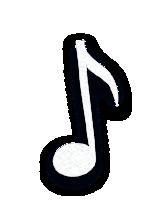







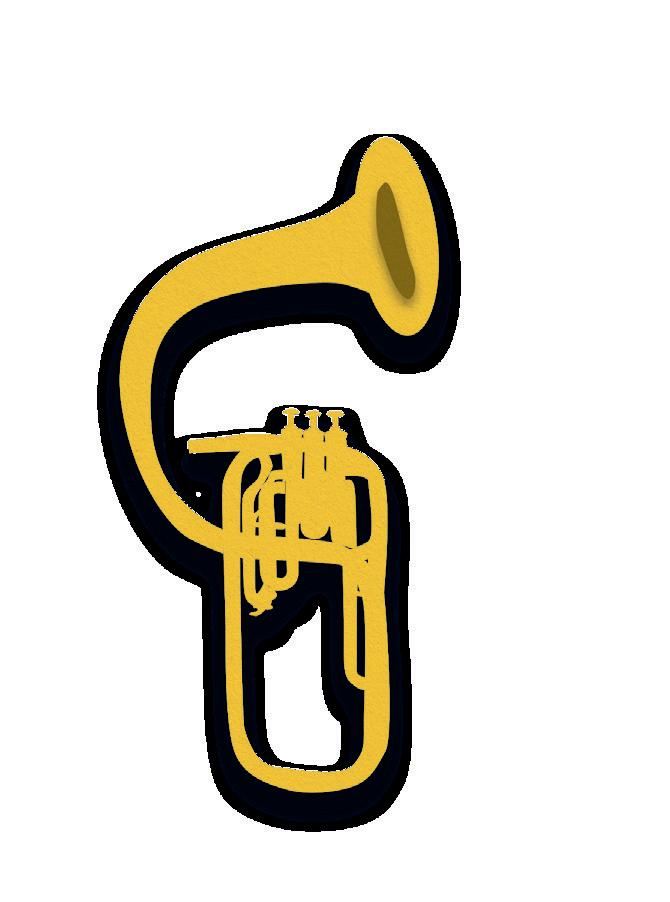
experimenting with horn designs, creating saxhorns, saxtrombas and even saxtubas, which are not as well known now. In 1846, he patented the saxophone, which is now one of the most popular musical instruments. Sax also sketched two inventions that were never built – the saxotonnerre, a giant organ that would be loud enough to be heard across the whole of Paris, and the saxocannon, a giant cannon that he claimed could destroy a city!

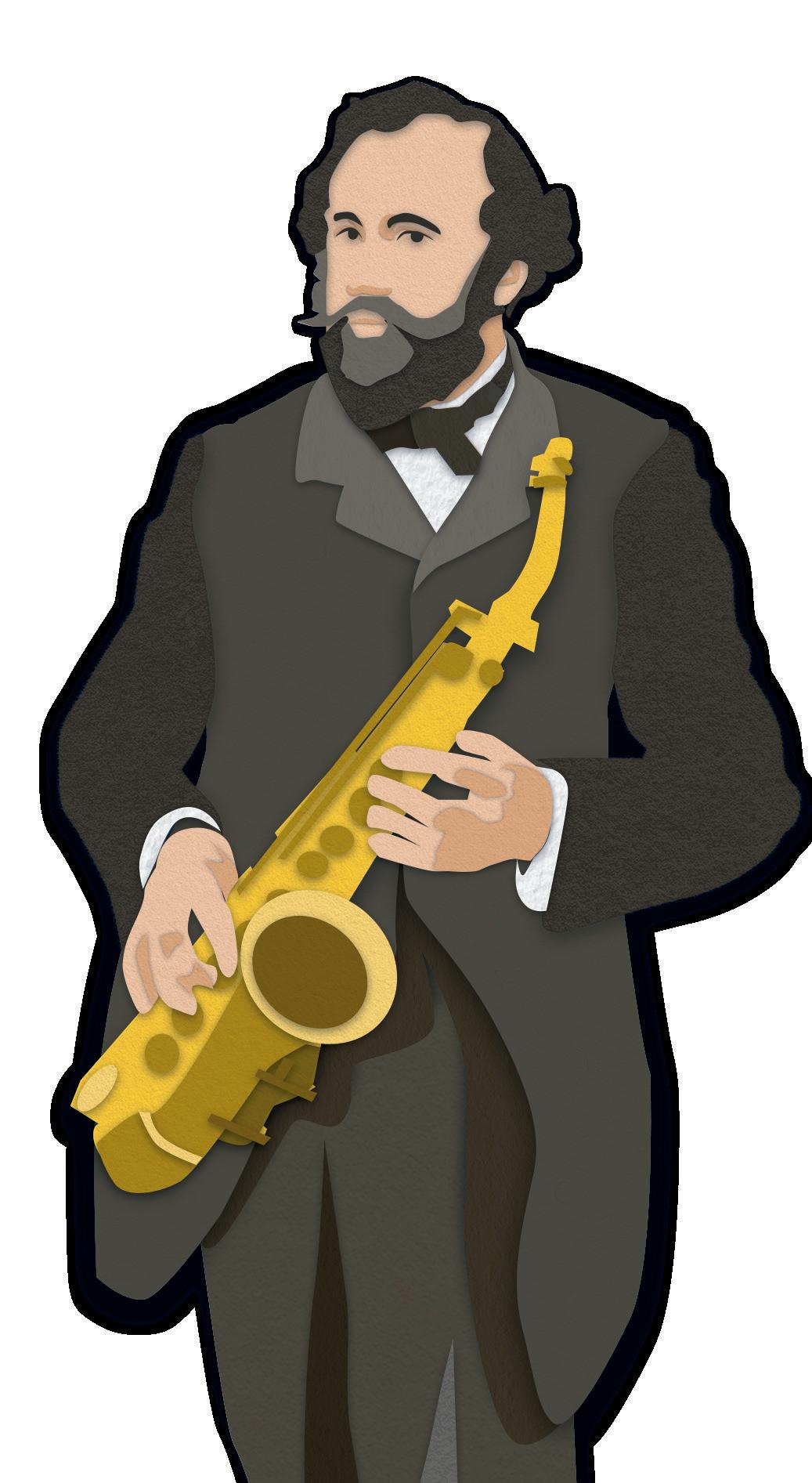
Adolphe Sax created many brass instruments including 1) a 3-valve trombone, 2) the little tuba and 3) the 13-bell trumpet.
HOW DID HIS IDEAS CHANGE THE WORLD?
Many musical instruments we use today – such as drums, flutes and harps – are thousands of years old. The oldest known flutes are about 35,000 years old! But Sax wanted to make new sounds and explore new ways of making music. His experiments with brass instruments helped popularise brass bands – which are groups made up of brass and percussion instruments. In the UK and other countries, brass bands are still popular in schools and competitions. What’s more, Sax’s most famous invention – the saxophone – went on to shape jazz, rock and pop music all around the world.
Inside this 12-page activity section, you will find quizzes to do, puzzles to solve and fun activities to try. And don’t worry if you get stuck – all the answers are on page 38.

1
Mudskippers are the only type of fish that can do which of the following things?
a. Poo
b. Chirp
c. Blink
d. Fly
2 Insects make up what percentage of all known animal species on Earth?
a. 25%
b. 50%
c. 80%
d. 99%
3 Which of these animals is thought to have inspired myths about mermaids?
a. Manatee
b. Dolphin
c. Whale
d. Seal
4 What small primate has eyes that are bigger in size than its brain?
a. Okapi
b. Lemur
c. Chimpanzee
d. Tarsier
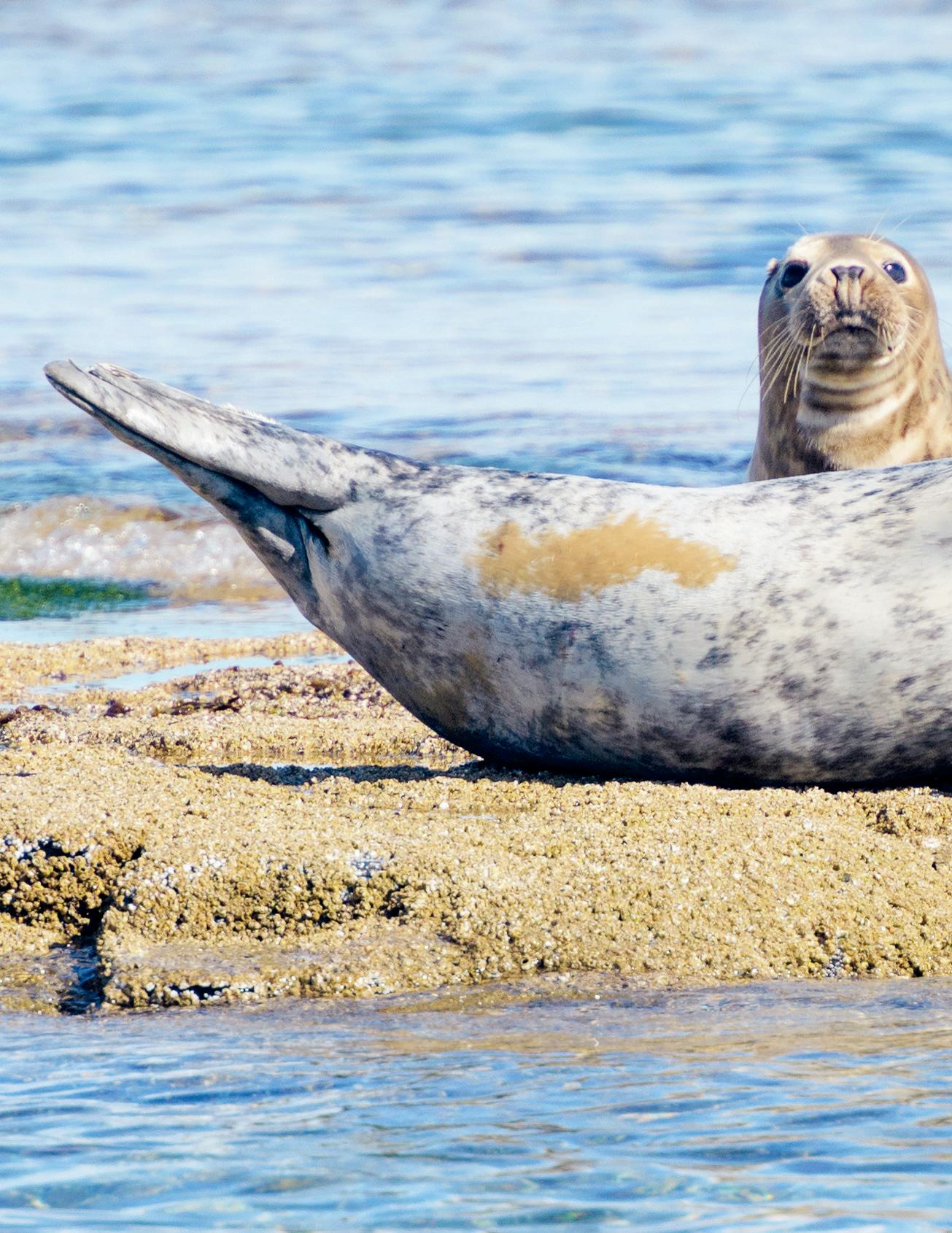
A link word is a word that can be added to the end of one word and the start of another word to create two new words. For example, the word FRIEND can be added to the end of GIRL to create GIRLFRIEND, and also added to the start of SHIP to create FRIENDSHIP.
Can you think of link words that fill the gaps below and create two new words in each case?
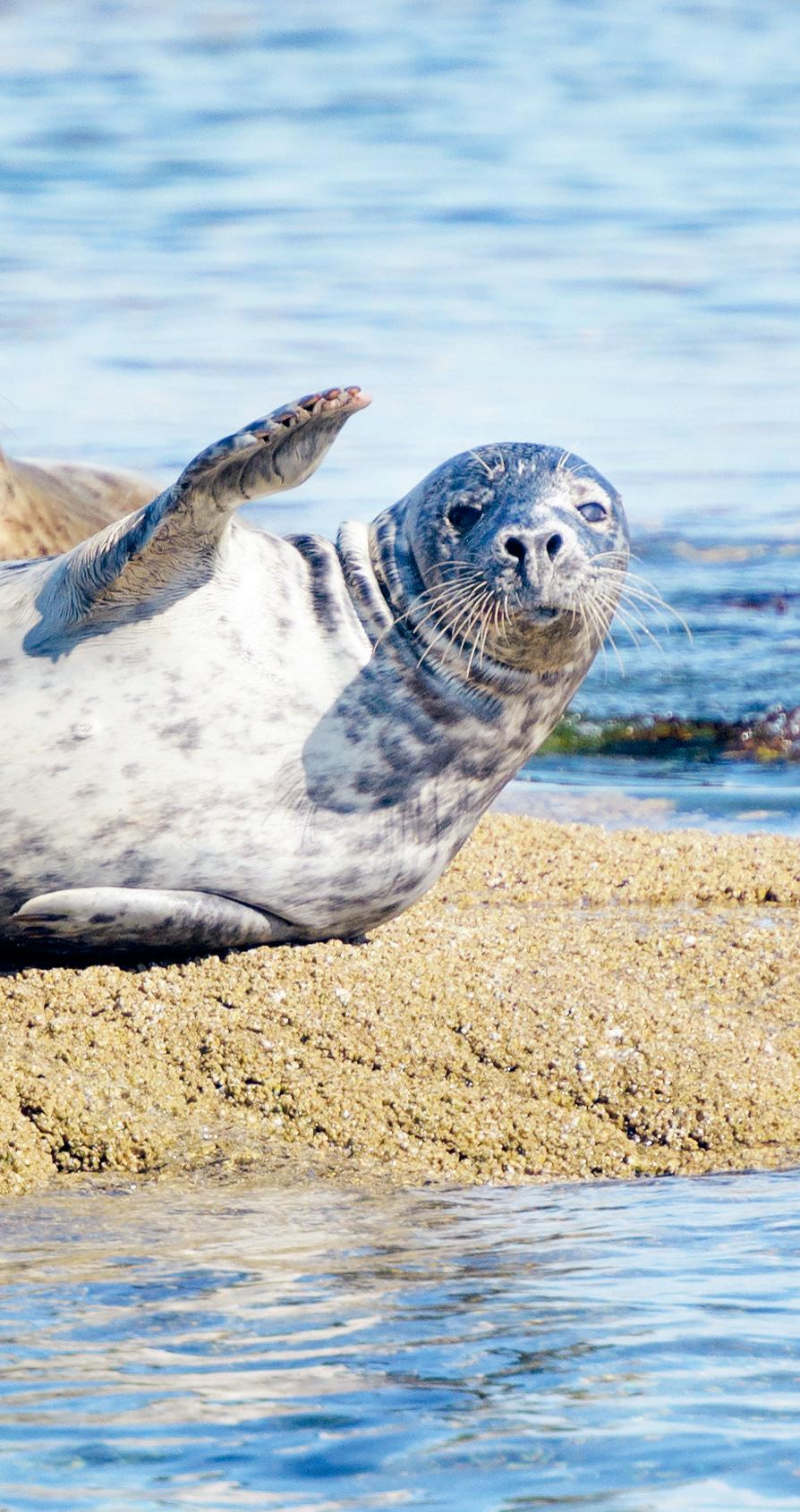
ODD ONE OUT
Look closely at the four anchors below. Three of them have exactly the same shape, but one is different. Study each anchor carefully, compare their shapes, and see if you can spot which anchor is the odd one out!
CHANGING ROOMS
Can you find your way through our maze of square rooms? Enter through the door marked with the red arrow, then try to find your way to the exit by going through the correct sequence of open doors. Good luck!

1
1
Which of these terms means a piece of land surrounded by water on most of its sides?
a. Fjord
b. Peninsula
c. Crevasse
d. Strait
a. Iceland
b. New Zealand
c. Switzerland
d. Denmark
3 Where is the world’s largest active volcano located?
2 The oldest continuously used national flag, pictured right, belongs to which country?
a. Italy
b. Japan
c. United States
d. Iceland
4 What country has three capital cities?
a. South Africa
b. China
c. Canada
d. Mexico
2
HIDDEN ANIMALS
Four sneaky animals are hiding somewhere in these photos. Can you find them?
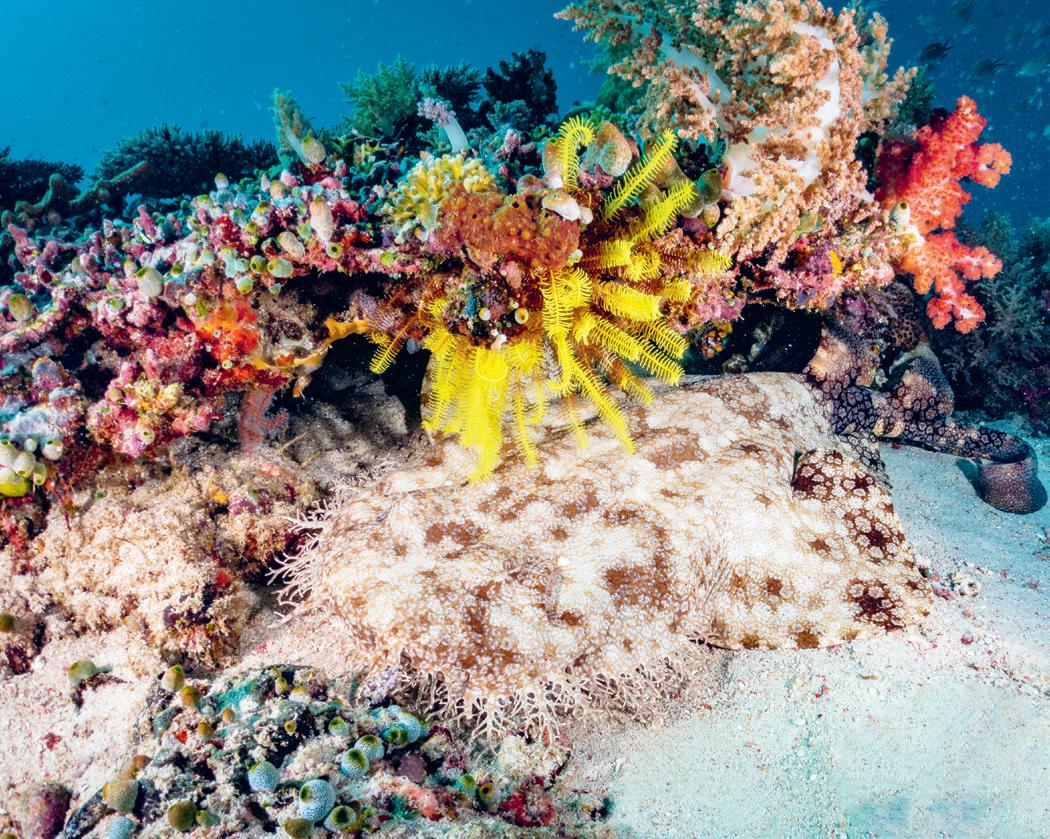

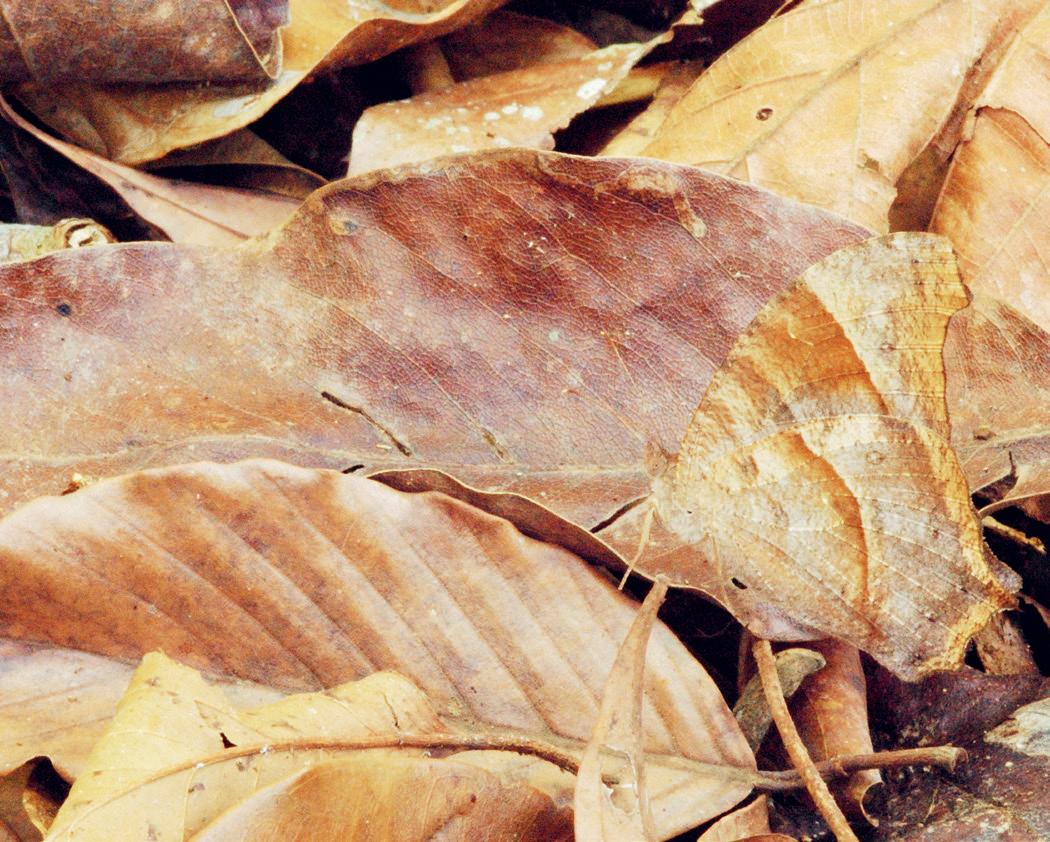
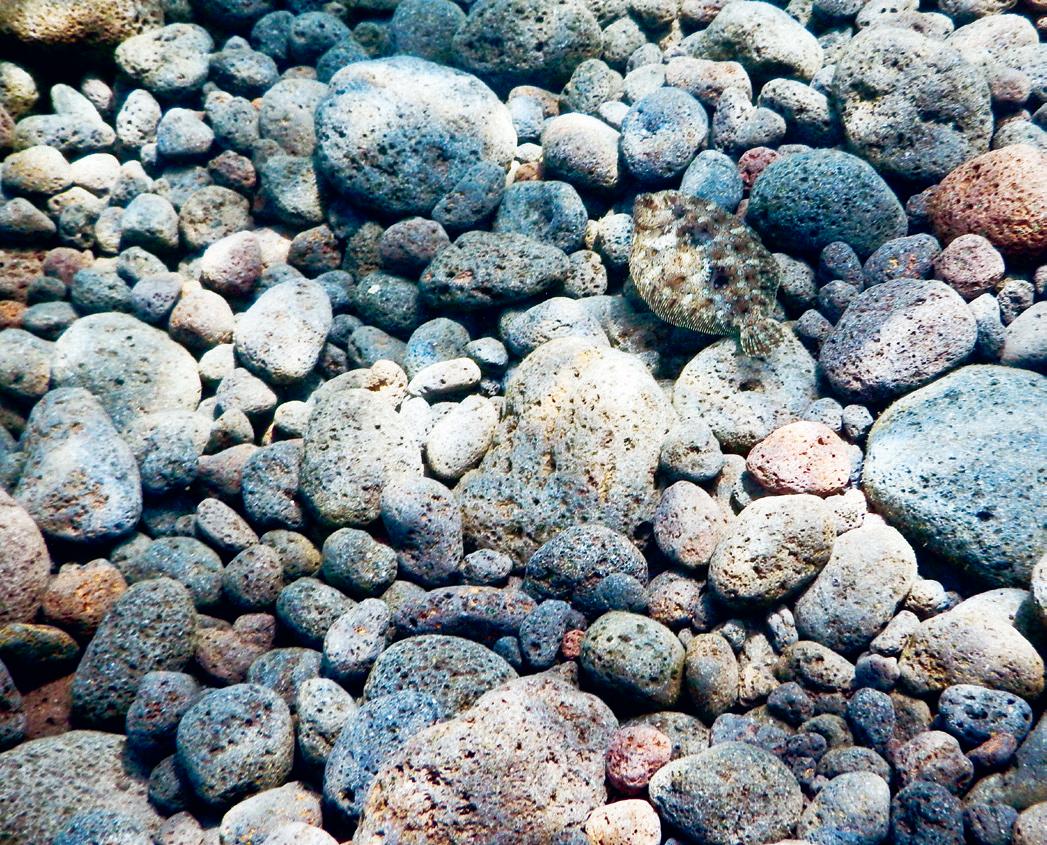
Use the word wheel to help find the answers to the eight clues below. All the answers contain the middle letter, and each letter can only be used once. Good luck!
Clue: an adjective to describe the smartest, most intelligent person in a group (9 letters).
Answer:
Clue: a row of posts at the side of a flight of stairs that has a bar on top to hold (8 letters).
Answer:
Clue: not present in a place or for an activity. For example, being away from school (6 letters).
Answer:
Clue: the layer at the back of your eyeball that contains cells sensitive to light (6 letters).
Answer:
WHEEL I R E N T B I S A
Clue: a partially dried grape, often found in breakfast muesli and cakes (6 letters).
Answer:
Clue: a person recognised as being exceptionally holy or good (5 letters).
Answer:
Clue: a smooth, shiny fabric with a glossy surface that is often made from silk (5 letters).
Answer:
Clue: widely considered to be the most common land animal on Earth (3 letters).
Answer:
Each of the four emoji sequences below represents a common phrase. Can you work out which phrase it is in each example?

Can you work out what you are looking at in each of these six photos?
Fill all the empty squares so that every row, column and 3x2 box contains each of the numbers 1 to 6.
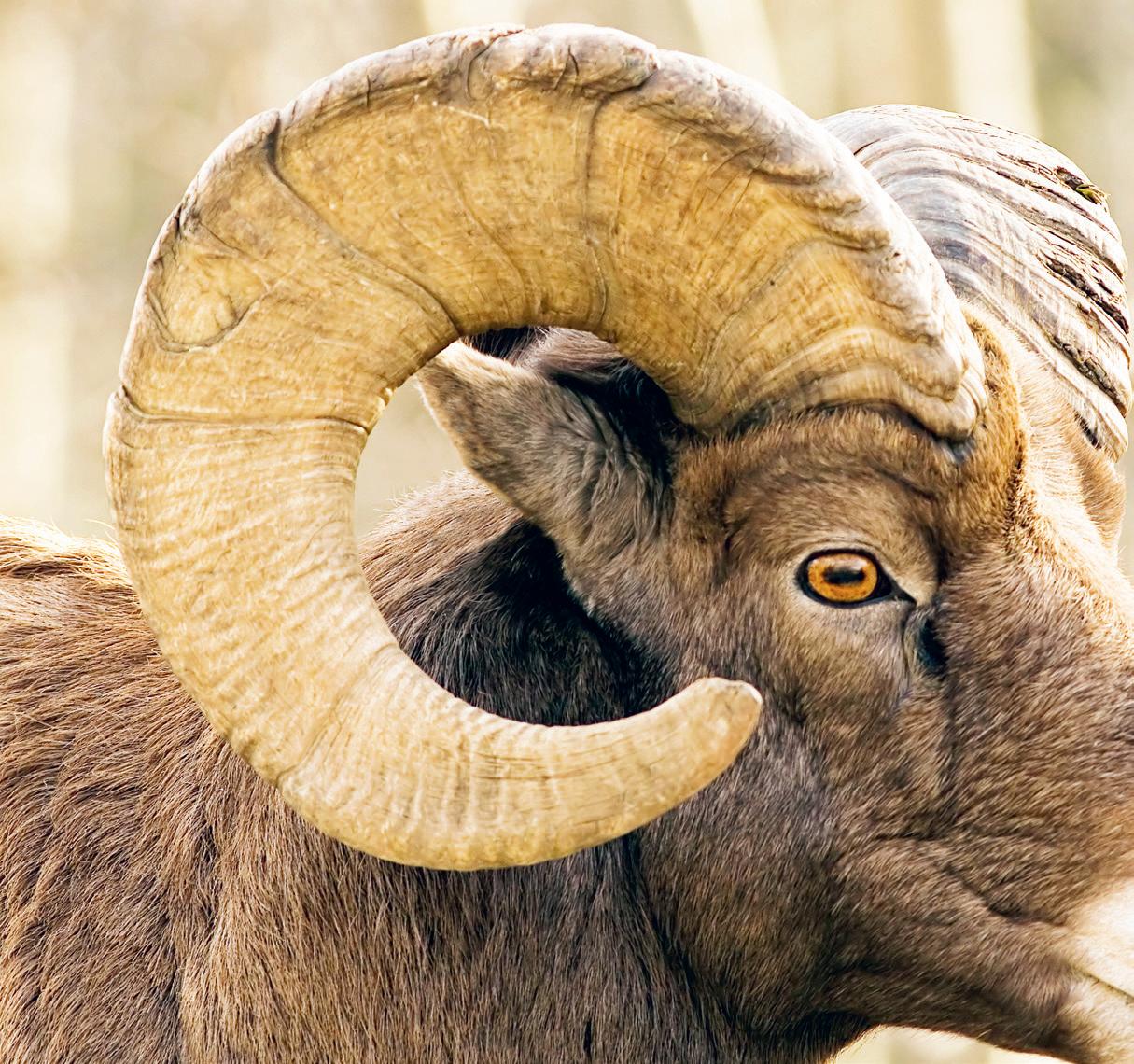
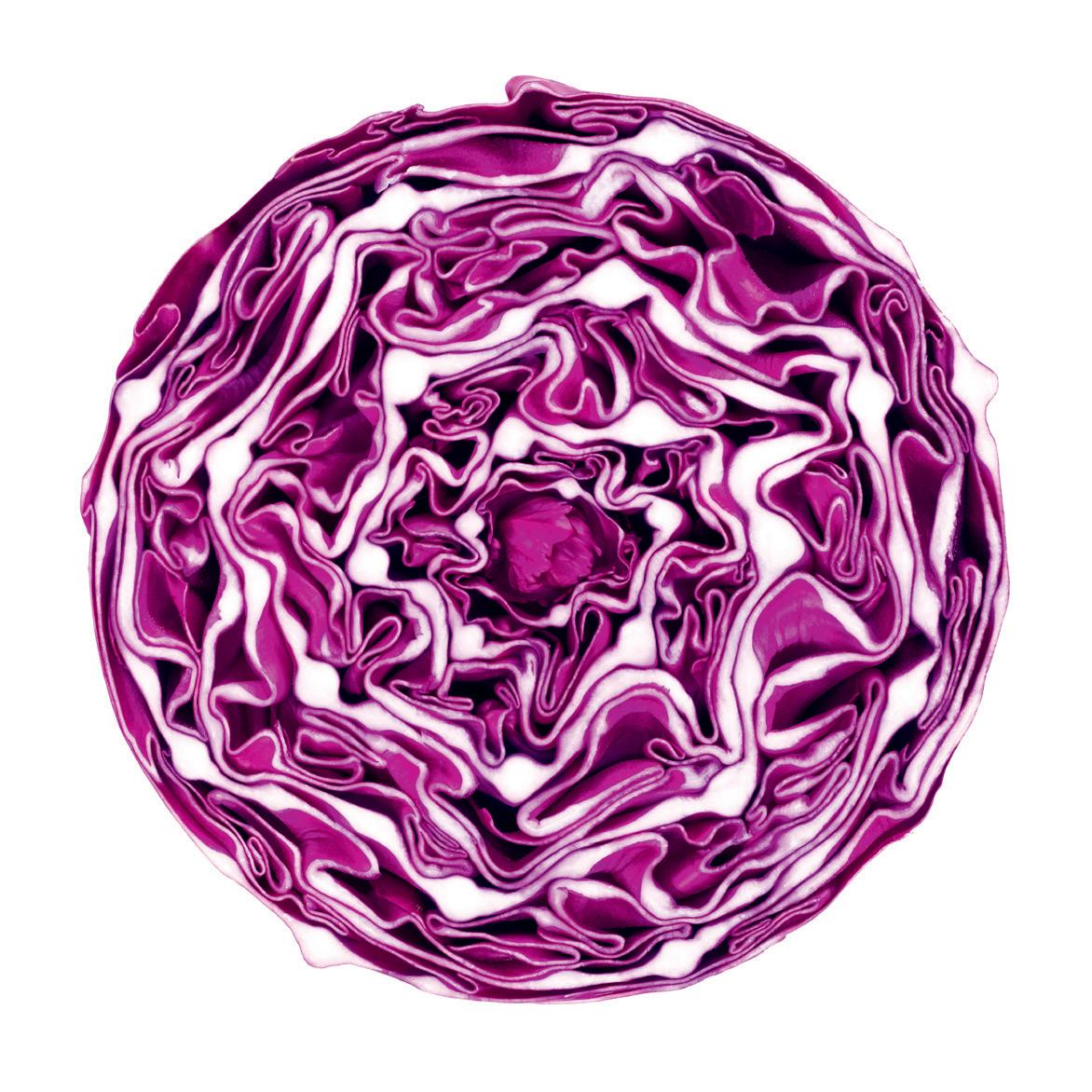

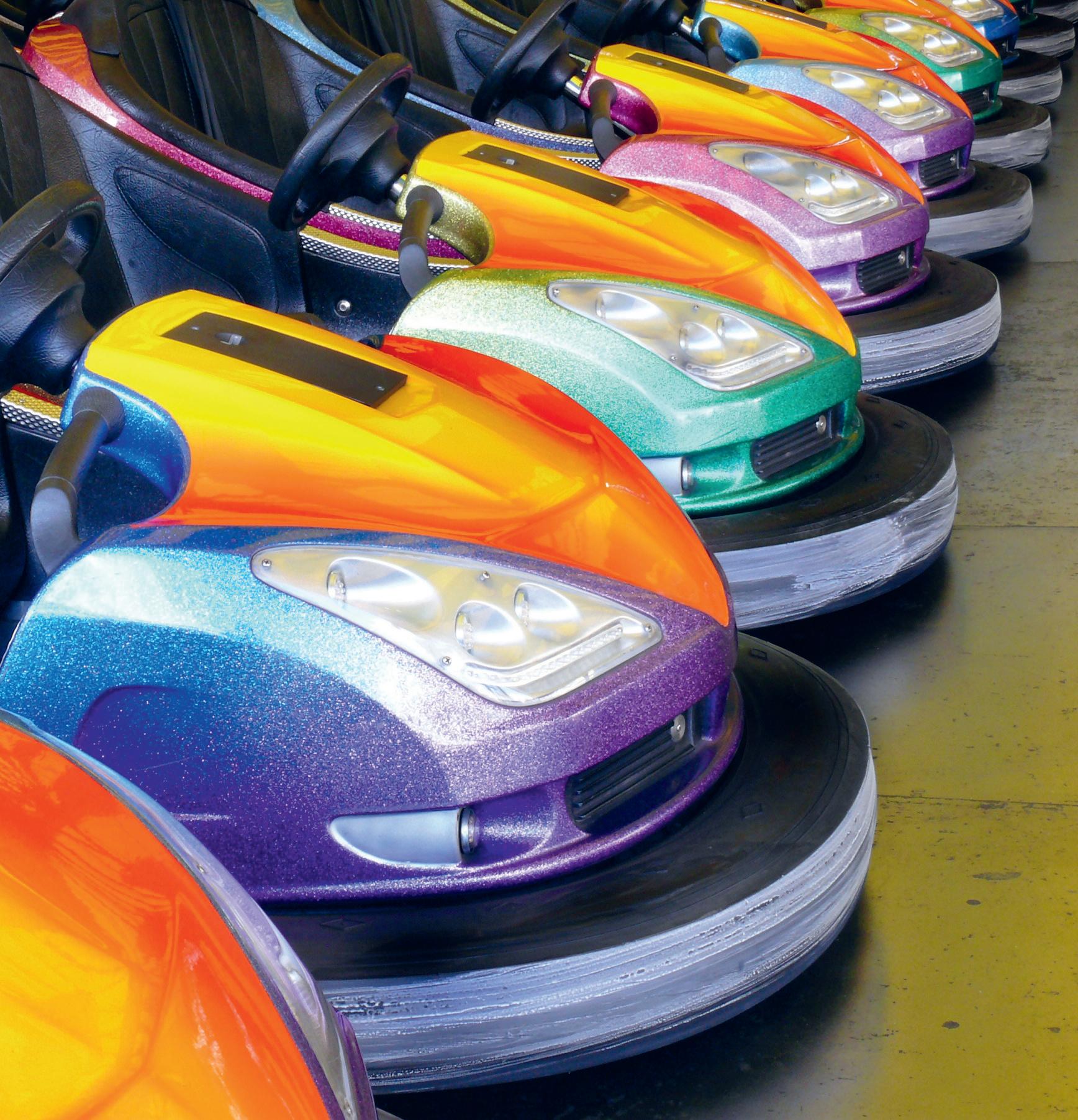

In the triangles below, the numbers inside the red circles are the sum of the two numbers in the connected white hexagons. For example:
Can you work out which number should appear in each of the hexagons? All the numbers in the hexagons are between 1 and 10 and a number can only be used once in each of the triangles.

The six-sided shape on the top can be folded up to form a cube. Only two of the cubes below can be made by it. Which are they?
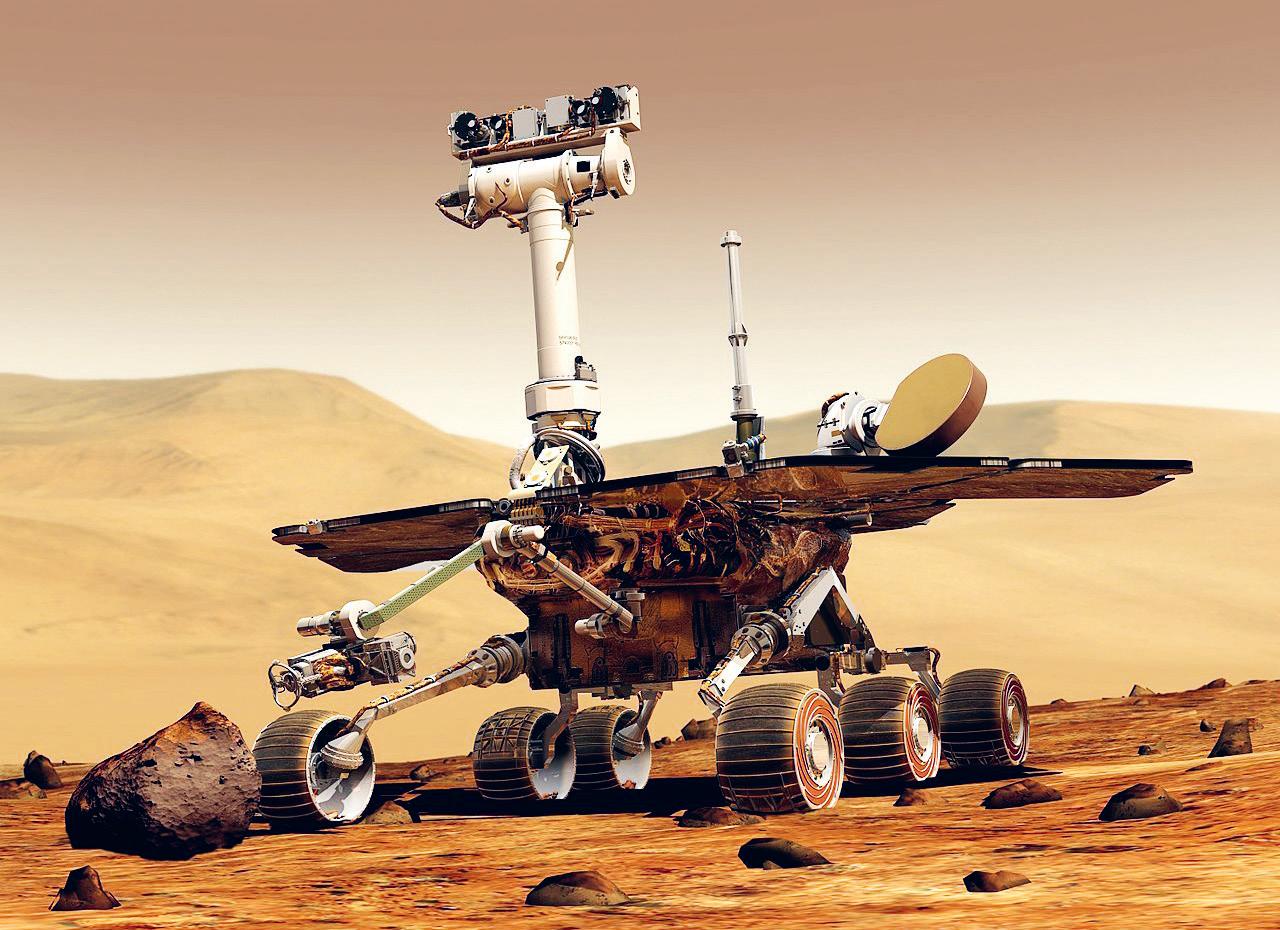
1
What are particles of light shed from the Sun called?
a. Photons
b. Neutrons
c. Lightrons
d. Electrons
2 What is the only planet in our solar system that is solely inhabited by robot explorers?
a. Mercury
b. Venus
c. Mars
d. Pluto
3
When it is viewed from the Earth, why does the Moon shine so brightly at night-time?
a. Its own heat
b. Reflected sunlight
c. Glowing lava
d. Reflected starlight
4
Where is the Oort Cloud located?
a. Beyond Pluto
b. Around the Sun
c. Between Mars and Jupiter
d. Around the Moon
CONNECT THE DOTS
Draw a line to connect each pair of dots. You can’t use diagonal lines and the lines can’t cross or touch each other. You must fill the whole grid with lines but only one line is allowed in each square. Good luck!


HUMAN WORLD
1 Super Mario did not start out as a plumber. What was his original profession?
a. Taxi driver
b. Carpenter
c. Doctor
d. Rock star
2 In China, what food should you not cut?
a. Noodles
b. Broccoli
c. Cabbage
d. Potato
3
Which of these art techniques involves the use of small tiles, stones or glass shards?
a. Stippling
b. Stitching
c. Mosaic
d. Pointillism
4
The Polynesian trickster god Maui carries which of these objects with him?
a. A spear
b. A fish hook
c. A sword
d. A cheese sandwich

Fill in the missing numbers so that every row and column includes the numbers 1, 2, 3 and 4. Use the inequality signs as clues and make sure numbers always obey the inequality sign between them. This means that the arrows between the numbers always point towards the smaller number. Here is an example:
In the three squares shown above, the number A must be less than 3 and greater than the missing number B. We know all the numbers must be between 1 and 4 , so therefore A must be 2 and B must be 1.
OSLO
GEOGRAPHY WORD SEARCH
Can you find the 20 capital cities in our giant word search puzzle? Good luck!
HUMAN BODY
1 At what age do humans have the most bones?
a. As a baby
b. As a child
c. As a teenager
d. As an adult
2 The larynx is a part of the body that helps produce sound. Where is it found?
a. Chest
b. Nose
c. Throat
d. Mouth
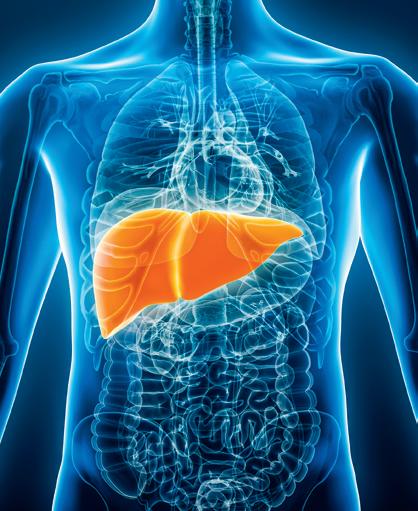
FIND THE TRIANGLES
Look closely at the large white triangle on the far right. If you counted all the triangles that form part of the large white triangle, how many triangles do you think there are in total? Remember, any three-sided shape with straight edges is a triangle — so there are far more triangles to spot than you might think at first. To get you started, we’ve highlighted two of these smaller triangles in red on the right. And here’s a final clue: there are more than 20 triangles to find in total!
TREASURE HUNT
Can you find the 10 sweets sneakily hidden in our underwater illustration? Don’t worry if you get stuck, all the answers are revealed on page 38.
Quiz Answers
Animals
Geography
Space
Human
Human
Hidden Animals


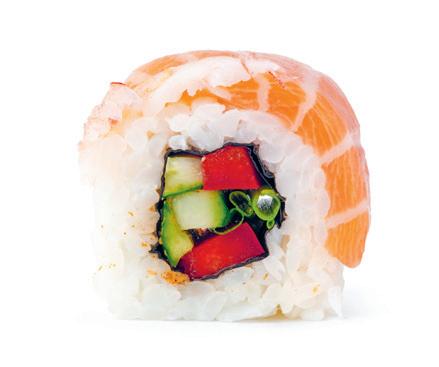



Geography Word Search


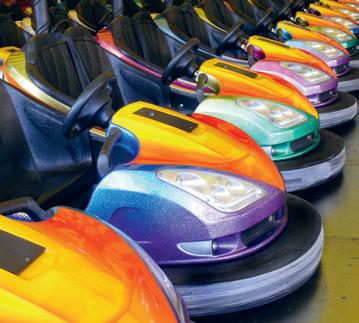


A. Wobbegong shark
Red cabbage
Burj Khalifa skyscraper in Dubai, UAE
Sushi roll Bighorn sheep
Bumper cars
Rubik’s Cube
C. Butterfly
B. Potoo bird
Flounder
BELIEVE IT! EYE DON’T
Amazing optical illusions that trick your brain…
Ebbinghaus Illusion
Look at the two red circles in the centre of the two patterns shown above. Which circle do you think is bigger? If you think the red circle on the right is larger, prepare to be amazed – because both red circles are in fact exactly the same size. This mind-bending illusion happens because your brain likes to estimate the size of things by comparing them with other nearby objects.
So when a red circle sits among larger blue circles, it looks smaller. When the red circle is surrounded by smaller blue circles, it seems bigger. This fascinating optical trick is named
after Hermann Ebbinghaus (1850–1909), a German psychologist who studied how humans perceive the world. You can see the same effect in everyday life. For example, a portion of food piled onto a small plate can look like a feast, whereas the same portion of food on a larger plate can seem like a small snack. Still don’t believe us? Then scan the QR code to see a visual demonstration of how the two red circles in the middle of the patterns really are exactly the same size!

THEPOWER OFCUTE!

Ever wondered why you can’t resist saying ‘aww’ when you see baby animals? Read on to discover the science of cuteness and how it became a key to survival.
It sometimes seems as if baby animals are made to be adorable. Puppies and kittens seem to win us over just with the power of their cuteness. Even some animals
that grow up to be big and scary, such as alligators and rhinoceroses, seem cute to us when they are small. Have you ever wondered why this is? Let’s explore the power of cute!

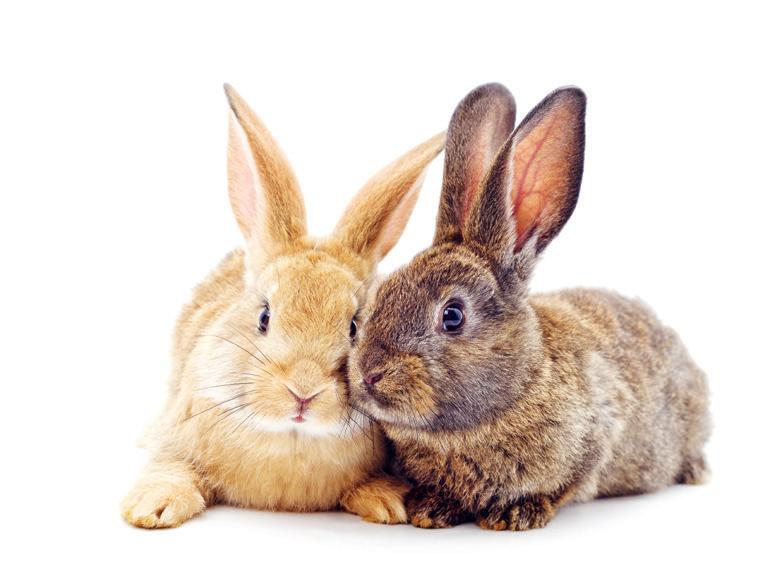
WHAT IS CUTENESS?
Cuteness is more than just a feeling – it’s a powerful brain response to specific physical features. Many baby animals (and human babies) share similar traits: big round heads, chubby cheeks,
wide eyes, high foreheads, and tiny noses and mouths. These features grab your attention incredibly fast – within about one-seventh of a second! At that moment, your brain’s pleasure and
reward centre lights up, triggering an instant ‘aww’ reaction. In 1943, Austrian scientist Konrad Lorenz gave this set of traits a special name: kindchenschema, or ‘baby schema’ in English.
Young humans especially love baby animals!
HOW DID IT EVOLVE?
Our response to cuteness is no accident – it’s an evolutionary survival tool. Human babies are born helpless, unlike many animals that can walk, swim and feed themselves immediately after birth. Human infants need months or even
years of constant care to survive. Natural selection favoured humans who felt an urge to protect and nurture anything displaying baby schema traits. That’s why, when your brain spots those big eyes and round cheeks, it activates reward and motivation circuits, flooding

you with warm, protective feelings. This response is so deeply wired into us that it extends beyond our own
species – which is why we find bear cubs, seal pups and many other baby animals irresistible, too.
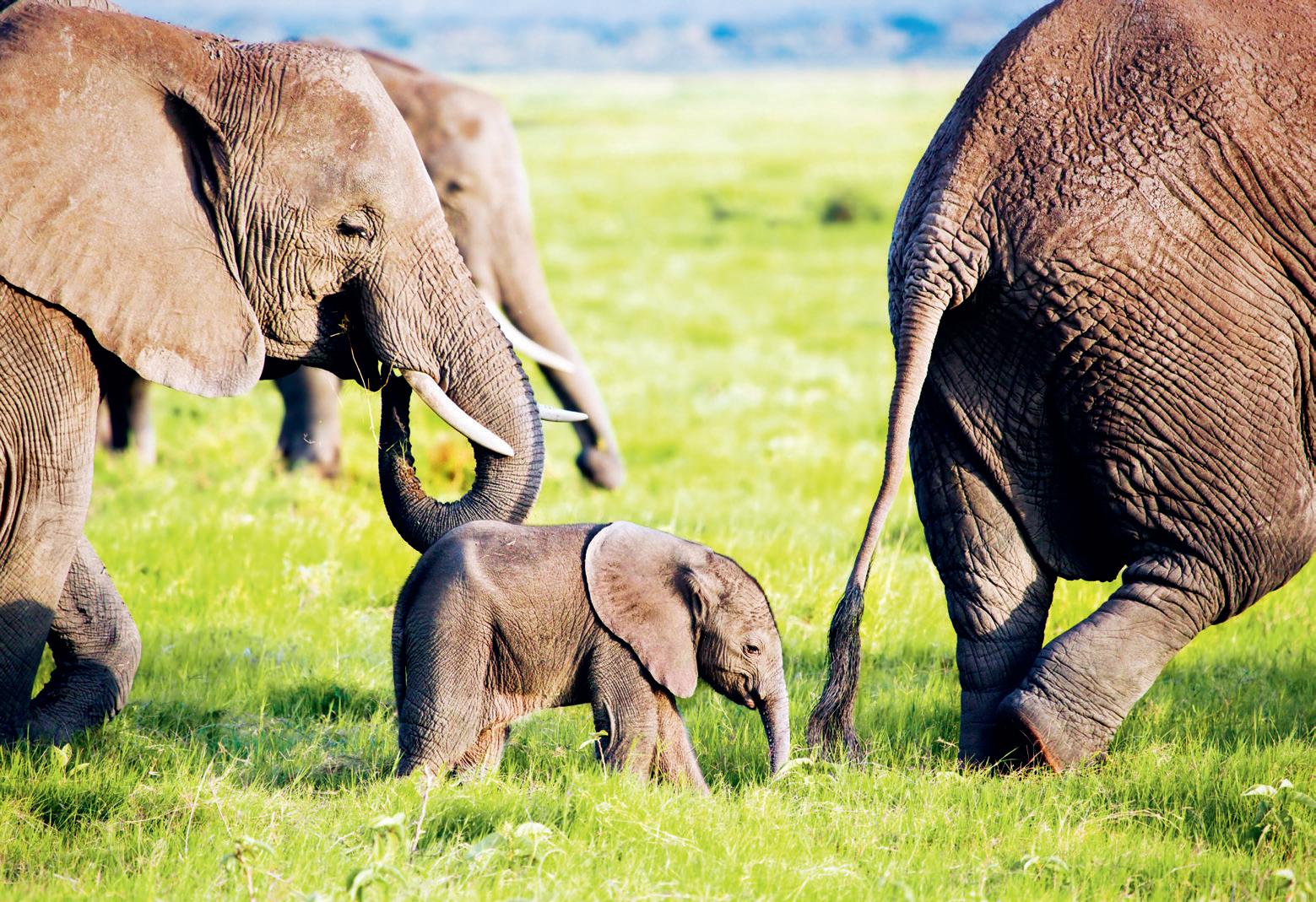
Mighty elephants start out small and adorable!
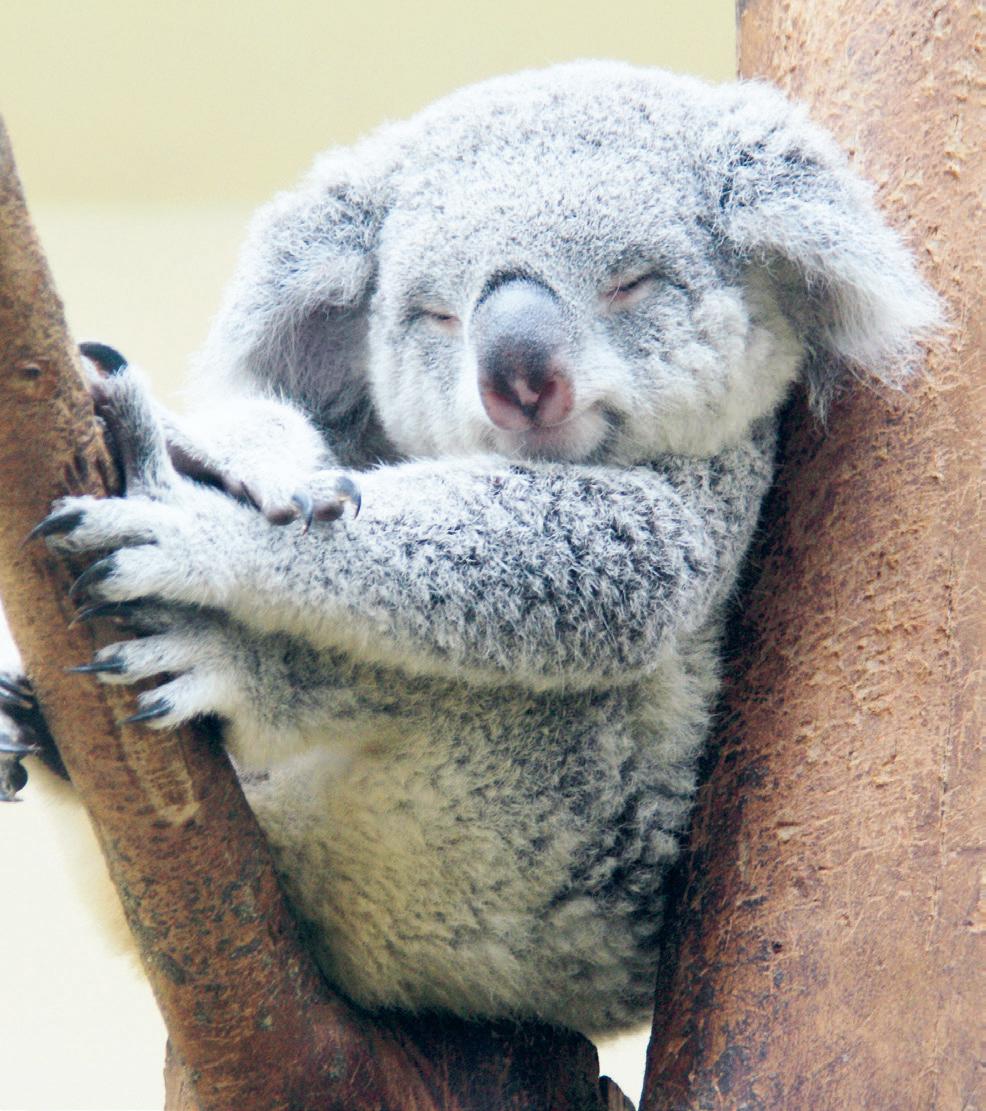
AWW!
Cute baby opossums go for a ride!
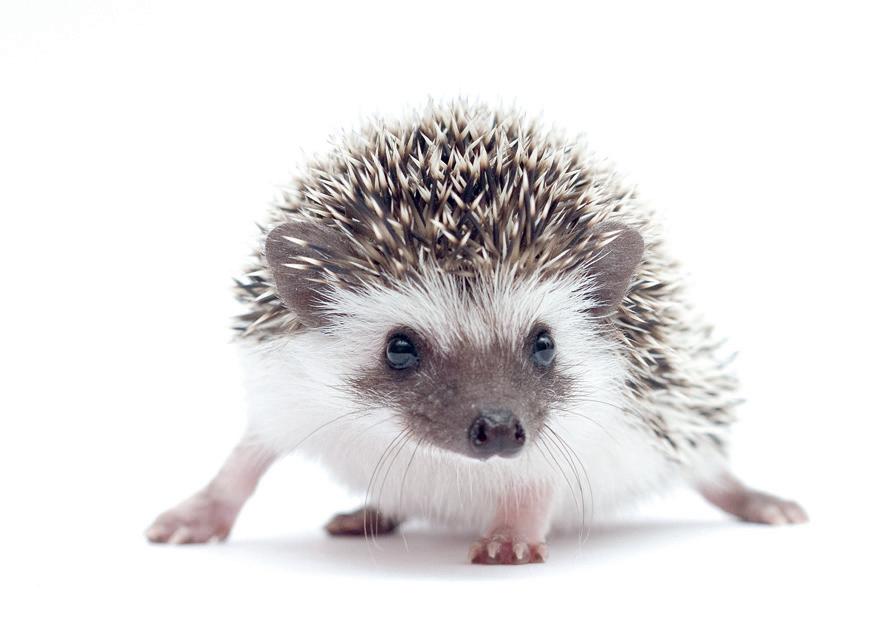
WHY DO WE FIND SOME BABY ANIMALS CUTER THAN OTHERS?
Not every baby animal triggers the same ‘aww’ factor. Over years of domestication, pets such as dogs and cats have been bred to keep their youthful, baby-like looks throughout life. Some wild animals, including baby elephants, lion cubs and pandas are helpless at birth and have exaggerated baby features, making them especially cute to us. By contrast, species whose young can be

mostly independent from birth – such as many birds, reptiles and insects – tend to have body proportions closer to their adult forms. Without those classic baby features, they don’t spark the same
Have a look at the adorable baby animals on these pages. How long can you last without saying ‘aww’? Now that you know the science of cute, can you spot the baby-schema features in each of the photos?
caregiving response in our brains.
A newly hatched snake, for instance, looks remarkably like a miniature adult snake, which is why the baby snake doesn’t trigger the same ‘aww’ reaction.

Camels have two rows of eyelashes to keep the dust and sand out of their eyes in their desert homes.
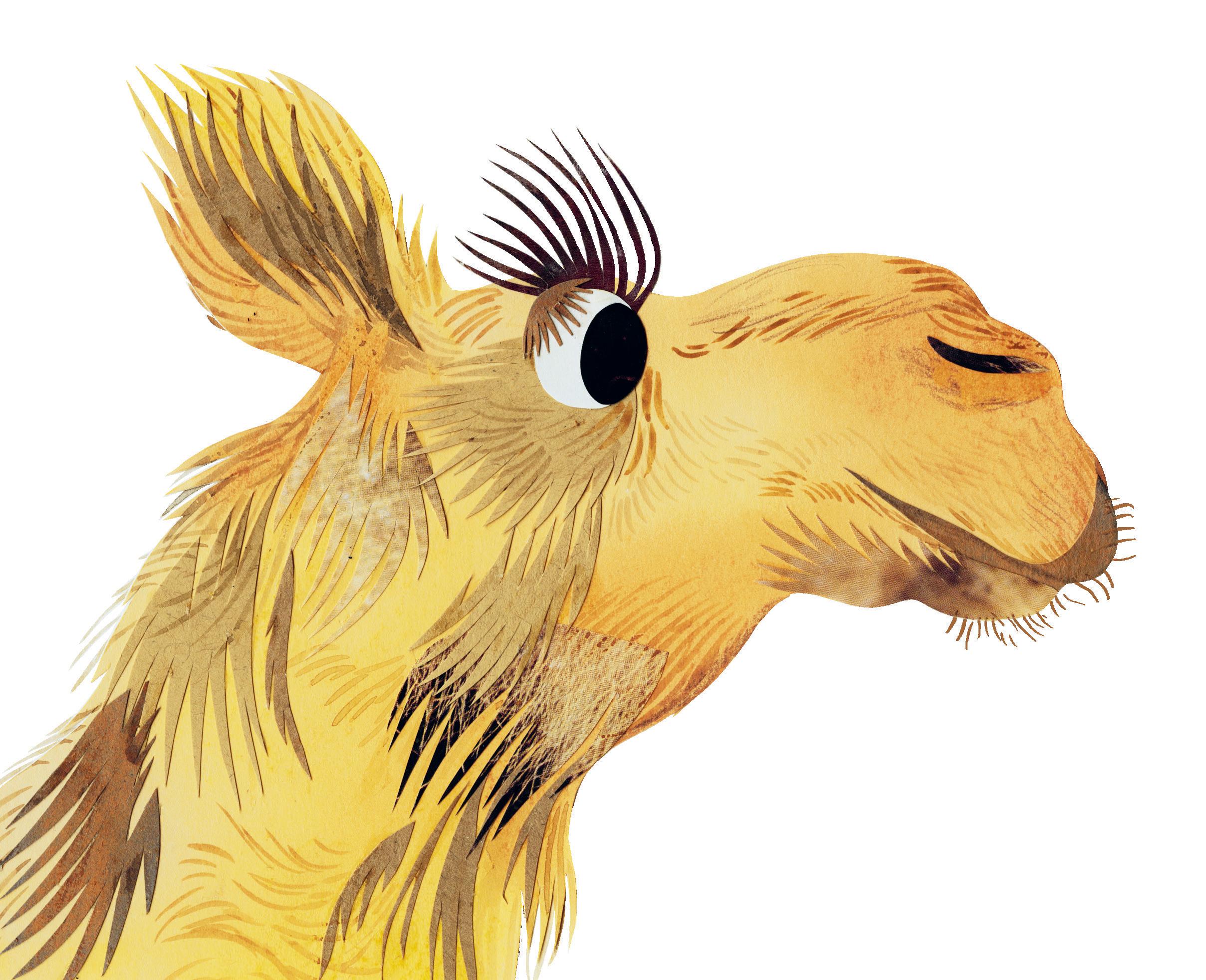
How do shooting stars appear?
Shooting stars aren’t really stars at all. They’re actually meteors. A meteor is the trail of light that follows a piece of space dust or rock, called a meteoroid, as it falls through Earth’s atmosphere and burns up. The glowing streaks of some of the brightest meteors can be seen for up to a few minutes. Meteors happen every night, but the best time to see them is after midnight on 14 December during the yearly Geminids meteor shower, when there are many!
Why do I have eyelashes?
Short, straight, curly or long, you have eyelashes for one purpose – to protect your eyes. Lashes sweep away dust and dirt and warn you to shut your eyes if something touches them. They stop rain and

sweat from dripping into your eyes, and they also stop your peepers from drying out on days that are windy. You have about 150 lashes on your upper lids and about 100 on your lower lids.

Beavers build a separate lodge, or home, in the middle of the newly formed pond.



Meteors come in different colours: blue, green, yellow, red or violet. It all depends on what their meteoroid is made of and how fast it’s travelling.
Meteoroids create meteors, or shooting stars, when they crash into Earth’s atmosphere and burn up.

Meteoroids that reach Earth’s surface are called meteorites.

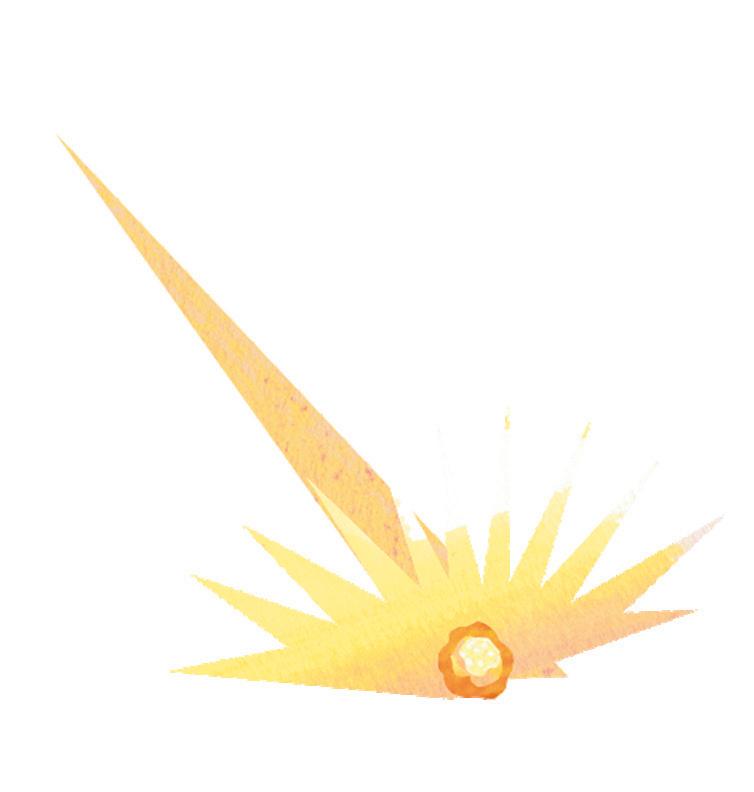
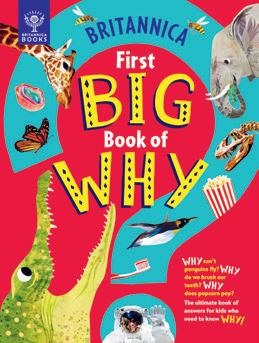

How do beavers make dams?
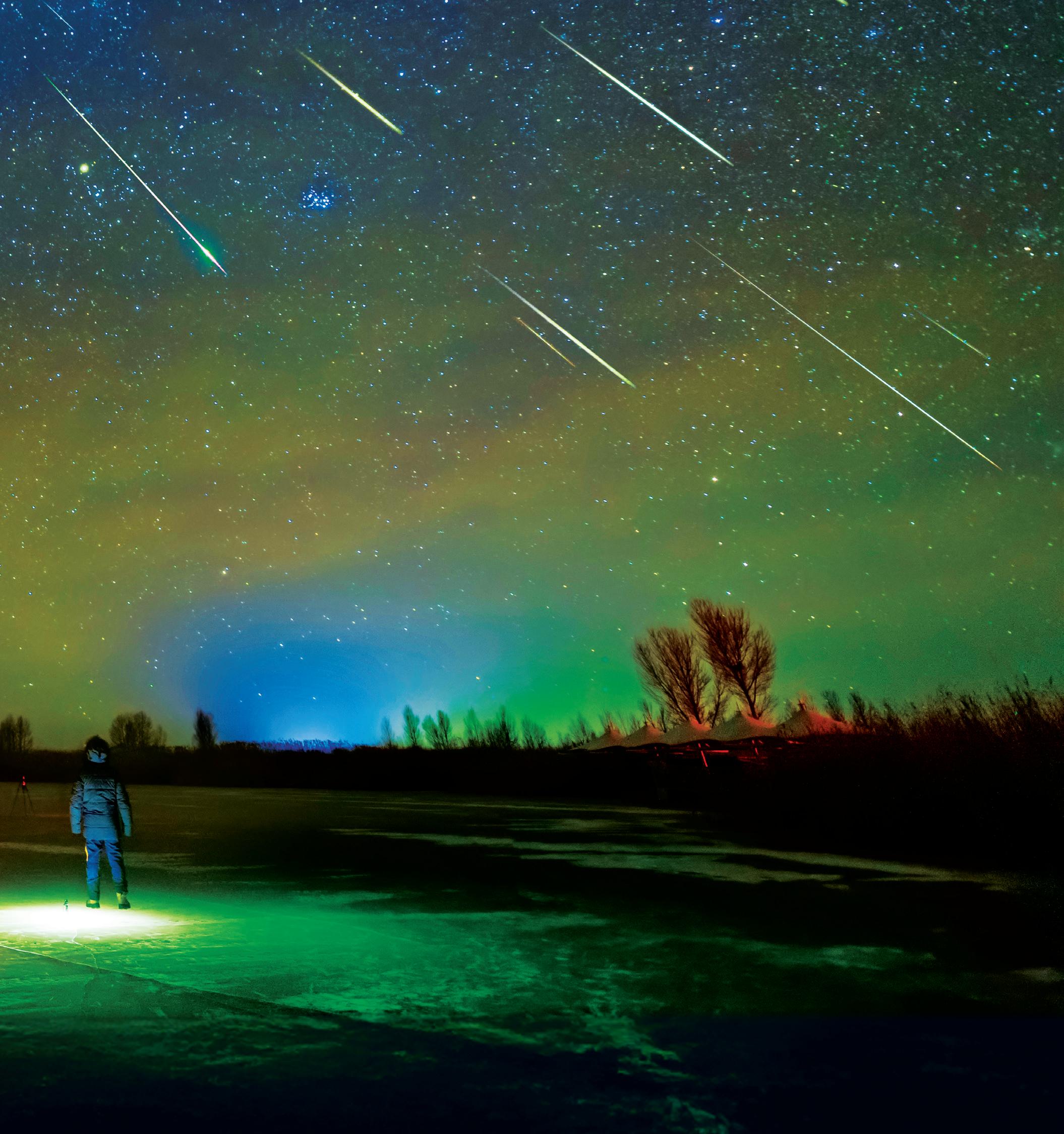
Beavers may be small, but they make great big dams! This is how: first, they use their extra-strong teeth to nibble down young trees – chomp, chomp! Next, they haul the trees to the narrowest part of a river and push them down into
the muddy riverbed. Then, they carefully stack more and more branches on top, criss-crossing them together to create a wooden dam, which they strengthen with stones, twigs and mud. The dam stops the river
flowing and creates a pond behind it – the perfect place for a beaver lodge. Gnawesome!
First Big Book of Why, writtenby SallySymes and Kate
First Big Book of How, writtenby SallySymes and Saranne Taylor,are both out now
DID

Beaver teeth are orange! They have iron in them, which makes them strong, toothy tools.
It’s like a castle surrounded by a moat designed to keep predators out.

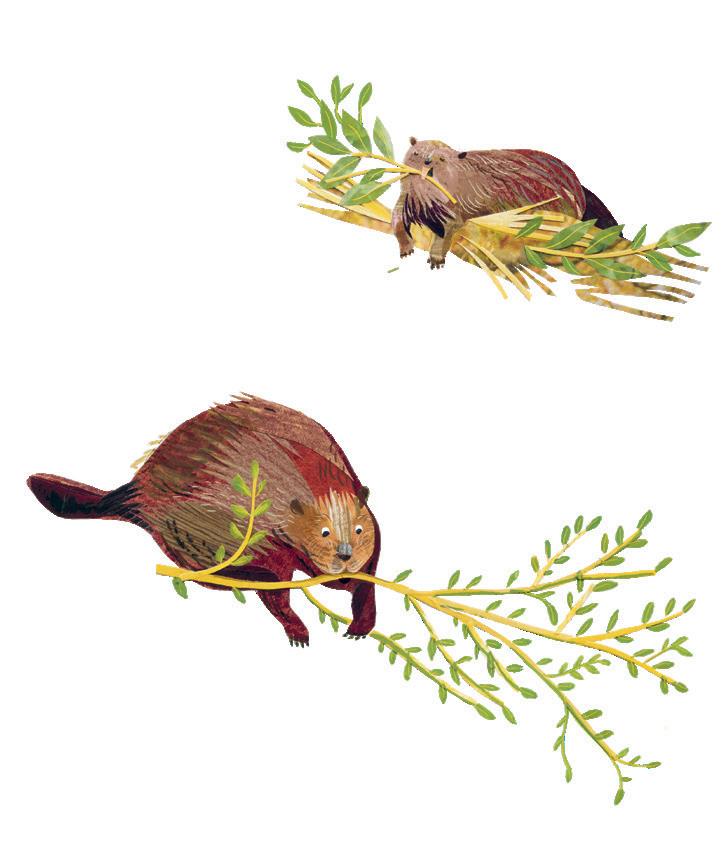


It even has secret underwater entrances!
Drimmer,and
LISTIFIED!
Prepare to be amazed (and amused!) by the unusual facts crammed into these irresistible lists.
SENSES
The five basic human senses – and five others you might not realise you have.
Information about the world outside and the workings of the body is collected and transmitted to the brain through the senses. You may have learned in school that humans have five basic senses, but there are actually many more that we don’t often learn about. Scientists think that humans may have more than 20 different senses! These are some of the most important:
3 Hearing
Your ears are still working even while you’re asleep. During sleep, your brain ignores most sounds, only reacting to noises that are loud or unexpected.
4 Smell
You have around 400 types of smelling receptors in your nose and can detect at least a trillion different smells. Humans can also identify other people’s emotions, such as fear and disgust, by the smell of their sweat.
5 Taste

1 Touch
Touch is thought to be the first sense a human develops, after just eight weeks in the womb. The areas of your body that are most sensitive to touch include your lips, tongue and fingers.
2 Sight
The human eye contains more than 100 million light-sensitive cells and can tell the difference between 10 million colours. Some people experience their other senses as colours, too.*
Adult humans have between 2,000 and 10,000 taste buds. You may know you have them on your tongue, but they are also found in the roof of the mouth and in the throat. Each individual taste bud is only alive for between 10 and 14 days.
6 Proprioception
This is the sense you have of the position and movement of your body. Proprioception enables you to touch the end of your nose with your finger while your eyes are closed.
7 Equilibrioception
This sense allows you to balance, move and accelerate.
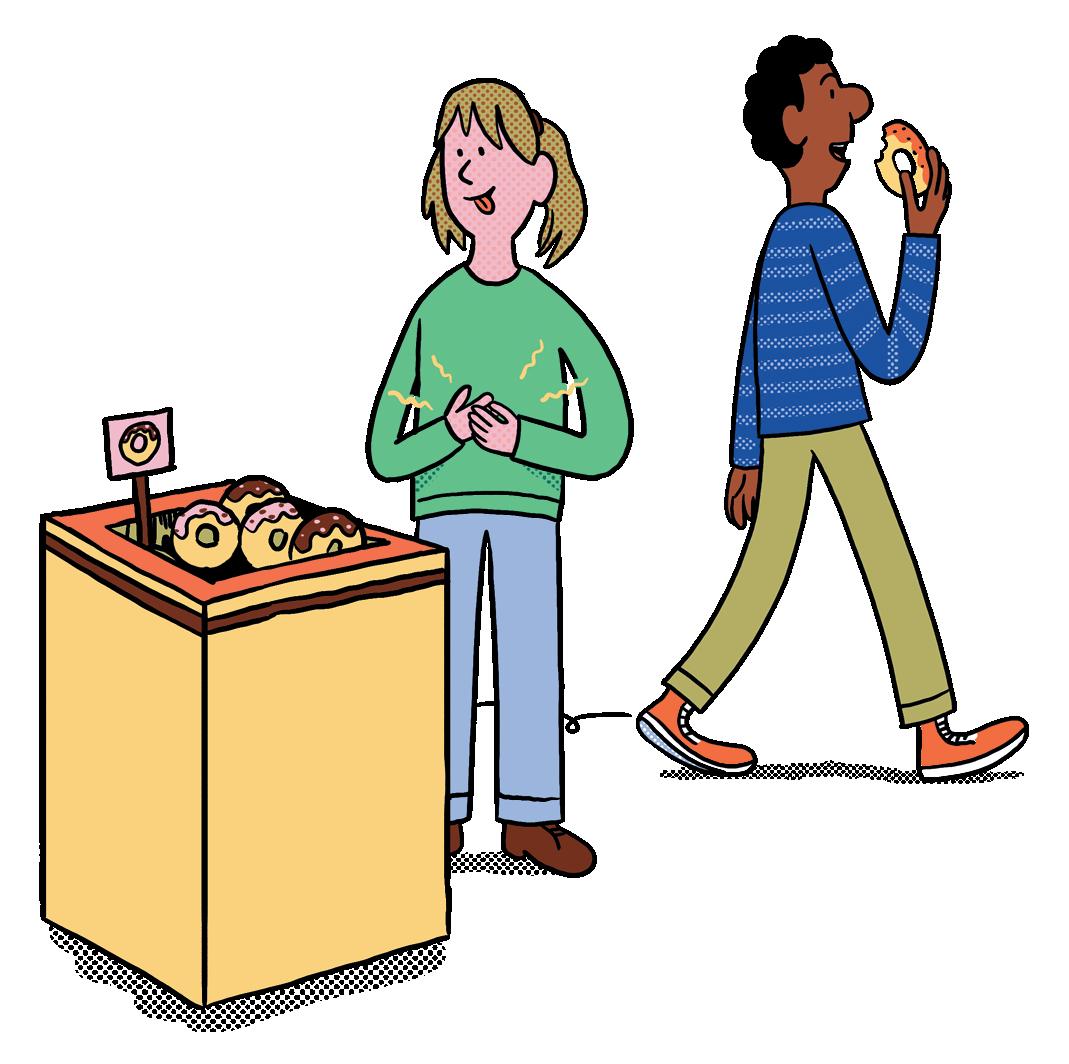


Proprioception and equilibrioception help immensely with tightrope walking (above)!
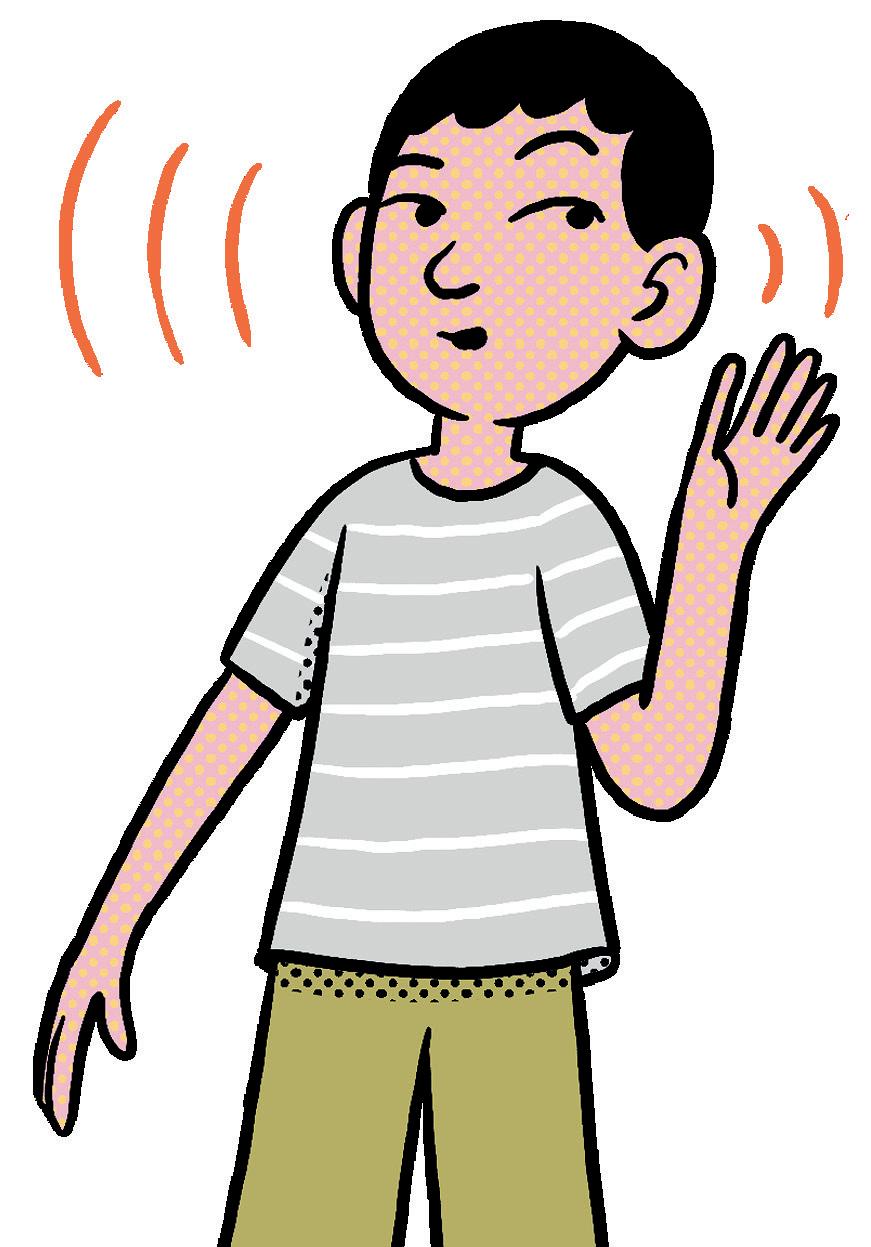
DID YOU KNOW?
Sight affects balance. Try standing on one foot and then closing your eyes and see how you do.

8 Thermoreception
This is the way that your body senses heat and cold. Thermoreception applies to the body’s awareness of both the temperature of the outside world and its own internal temperature.
9 Interoception
Close your eyes for a moment. What can you feel happening inside your body? Is your heart beating fast? Are you hungry or thirsty? Interoception is your awareness of the different sensations and processes happening inside your body. These can include bodily processes as well as emotions such as anxiety or fear. People have different degrees of interoception and it is a skill that can be improved with mindfulness or exercises such as yoga that involve paying attention to the body.
10
Chronoception
When you’re really interested in something – such as What on Earth! Magazine – it sometimes feels as if time is passing more quickly. When you’re bored, things can feel like they’re taking longer to happen, almost as if time itself is slowing down. This is chronoception: your own personal awareness of time.
*Synaesthetes have a rare condition called synaesthesia, in which a person experiences the blending of two senses. For example, some synaesthetes can see music as colours!
Listified! by Andrew Pettie and illustrated by Andrés Lozano is out now.

HOT STUFF
How certain peppers rank on the Scoville scale of spiciness
The Scoville scale is a way of measuring how spicy or ‘hot’ chilli peppers taste when you eat them. It is named after Wilbur Scoville, the American pharmacist who invented the scale in 1912. The higher the number on the scale, the spicier the chilli pepper. The numbers here are the highest ratings currently known to be possible for each type of pepper.
Carolina Reaper* 2.2 million**
Trinidad Moruga Scorpion 2 million
7 Pot Douglah 1.9 million
7 Pot Primo 1.5 million
Trinidad Scorpion Butch T 1.5 million
Naga Viper 1.4 million
Infinity 1.2 million
Ghost pepper 1 million
Habanero
350,000
Bird’s eye
225,000
Cayenne
125,000
Chiltepin
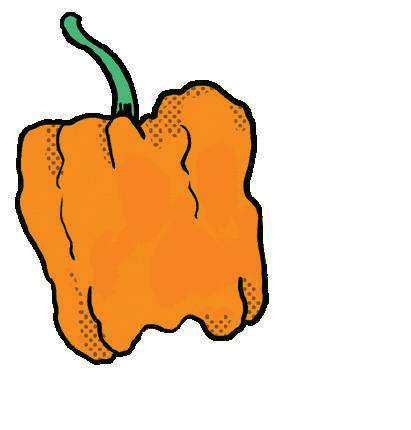


100,000
Hungarian Wax 15,000
Jalapeño
10,000
Piment d’Espelette
4,000
Poblano
2,000
Sweet paprika
500
Bell pepper*** 0

*The Carolina Reaper is officially the hottest chilli pepper. In 2016, Gregory Foster from the United States set a new world record by eating 120 grams of Carolina Reaper chillies in one minute.
**There are hotter chillies currently being developed, but they have yet to be officially tested.
***Capsaicin is the name of the chemical compound in chilli peppers that creates the spicy sensation of heat when you eat them. Bell peppers are related to chilli peppers but do not contain any capsaicin, which is why they don’t taste spicy and rank 0 Scovilles.

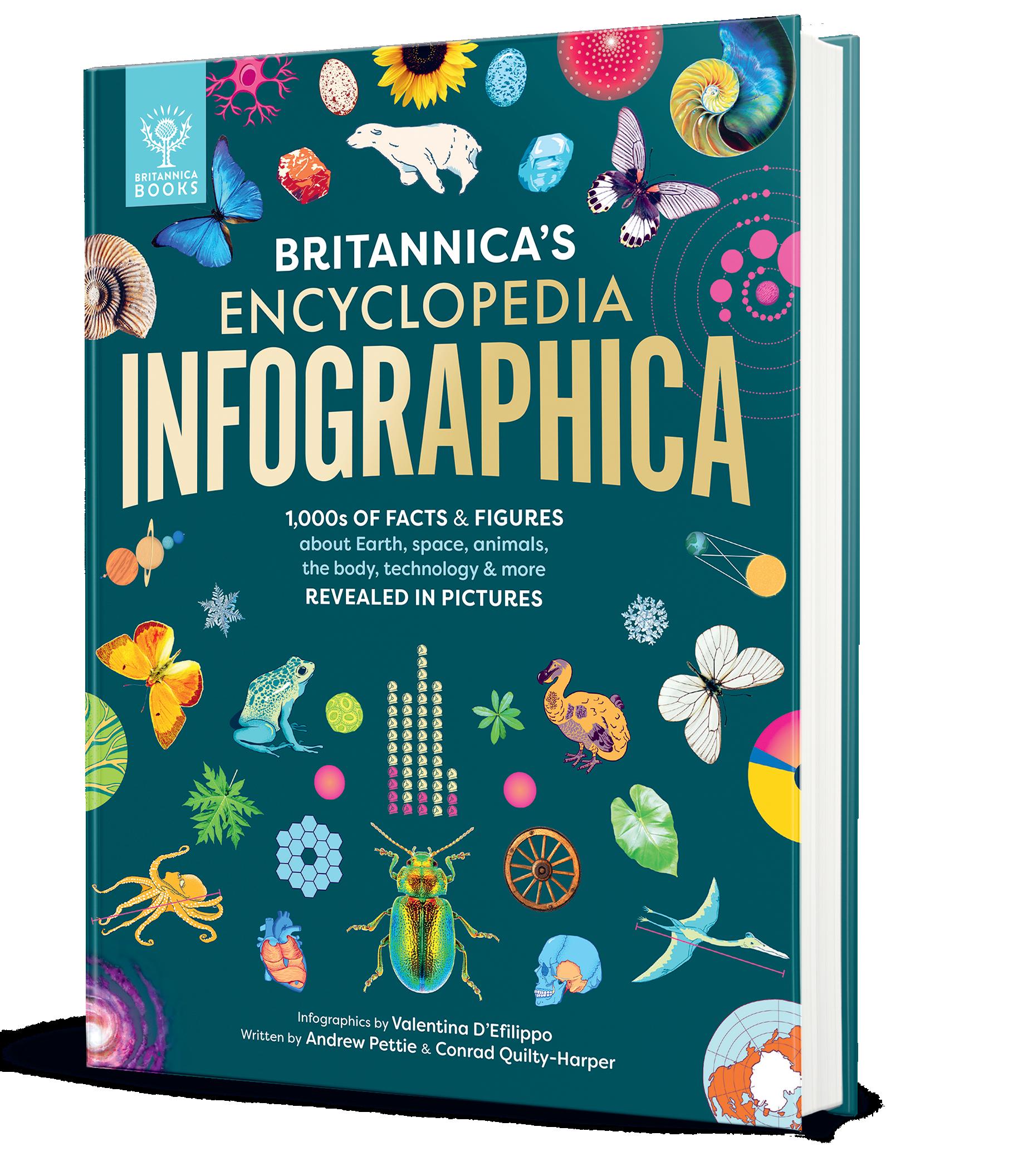


51,200
The age in years of a cave painting of three human-like figures and a Sulawesi warty pig found in Leang Karampuang cave, Indonesia. This ancient painting is the world’s oldest known example of humans telling stories through art.
ART NUMBERS...
$450.3 million
The record price paid for a single painting at auction – Leonardo da Vinci’s Salvator Mundi in 2017.

12
The number of pigments – colours made from minerals, earths or charred bones – typically used by painters during the Renaissance (c. 1400–1600).*
The estimated number of artworks Spanish artist Pablo Picasso created during his 91-year lifetime.**
8,867
The number of balloons American artist Jeremy Telford used to build the world’s largest balloon dog sculpture. Scan the QR code to see it for yourself!
8.7 million
Thenumberofpeoplewhovisited theLouvreinParis,Francein 2024,makingittheworld’s mostvisitedartmuseum.***
1
Thenumberofpaintings GoghDutchartistVincentvan soldduringhislifetime outofthe2,100hecreated. Theycannowfetchtensof millionsofpoundseach!
0.25
The height in millimetres of a tiny golden sculpture of an Oscar statuette carved by British artist Dr Willard Wigan.
*These pigments included: vermilion (a bright red from the mineral cinnabar); ultramarine (a deep blue from the rock lapis lazuli); yellow ochre (an earthy yellow clay); red ochre (an earthy red clay); green earth (a soft green clay); bone black (charcoal from burned bones); lead white (a white from lead carbonate); azurite (a sky blue copper carbonate); malachite (a vibrant green copper carbonate); smalt (a blue powder from ground glass); verdigris (a green from copper corrosion); and carbon black (an intense black from soot). **Picasso made roughly one new piece of art every single day for his entire adult life! ***The crowds are so big that, on average, each visitor gets only 50 seconds to view Leonardo da Vinci’s famous Mona Lisa.

When owls and badgers come out to play…
Do you love animals and the natural world? Well, avid What on Earth! reader Jess is clearly an animal-lover too. Not only is Jess the proud owner of her family’s cat Malcolm, pictured below, but Jess was also inspired to write and send in a fantastic poem about what happens at night when most of us humans are asleep and nocturnal animals like badgers and owls come out to play. It’s such a great poem we thought you would enjoy reading it, too. Well done Jess!
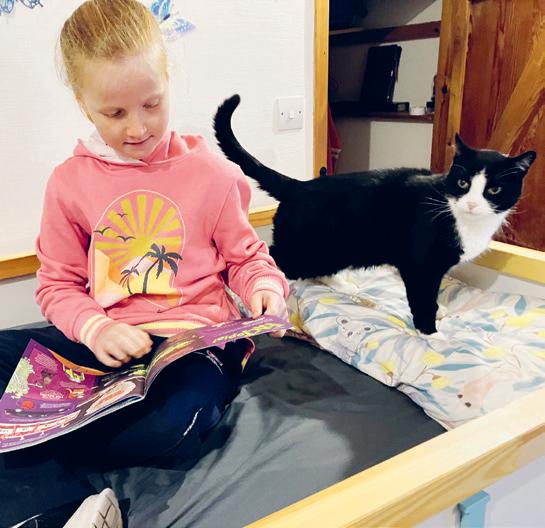
DUSK ’TIL DAWN
As nightfall approaches, there’s so much to see, From slinking red foxes to whispering trees, Badgers hunt for their nocturnal feed, Dragonflies and moths flutter out of the reeds.
Little owlet soars out of his nest, Putting his feathery wings to the test, A spider scuttles designing with thread, Filling the minibeast world with dread, Young otters play-fight in the stream, Beavers working in a team.
The breaking of dawn awakens the sun, This is the end of the midnight fun, Voles and dormice scurrying away, Marking the start of a brand new day.
By Jess Jordan age 9

Are you a puzzles addict or animal impersonator?!

One of our favourite things about receiving letters and photos from readers, is discovering which parts of What on Earth! Magazine you love the most. As you can see on the left, Elsie is a huge fan of our Puzzles & Games section. She does them all each month, but her favourites are Hidden Phrases, Changing Rooms and Spot the Difference. Whereas Xander, pictured right, turns straight to How to Chat Marmoset to practise his animal impressions. In fact, Xander has sent a video of his best marmoset impersonations.
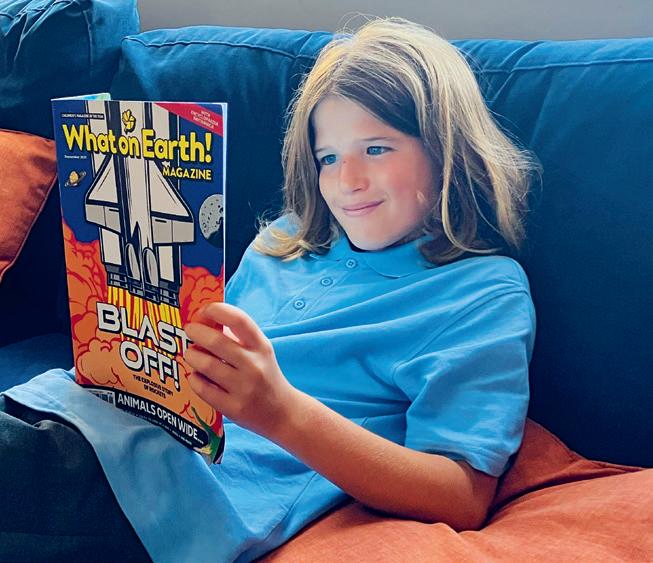
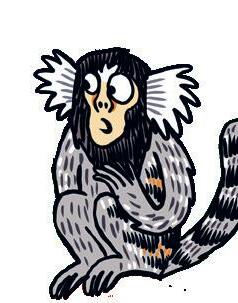
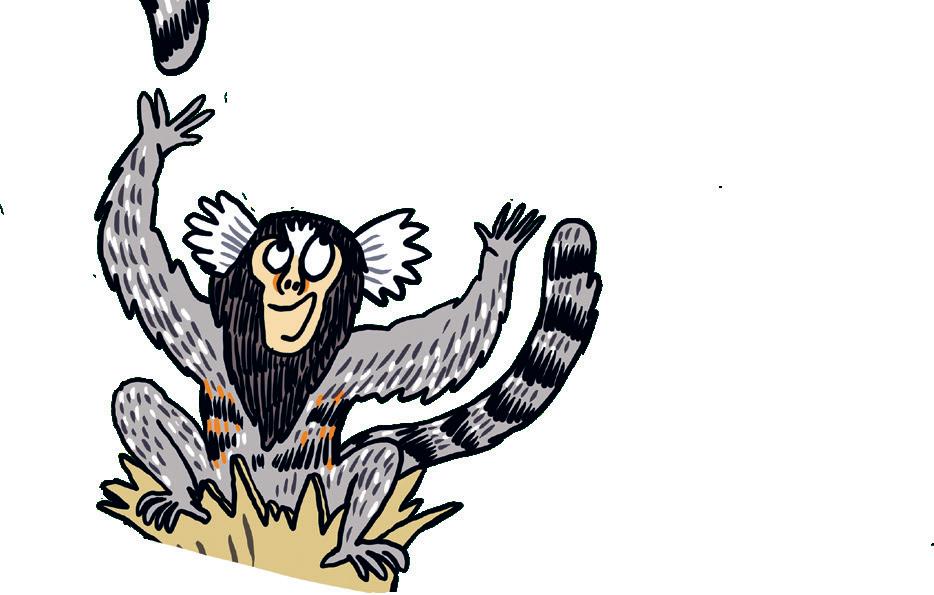
If you scan the QR code below you will see – and hear – just how brilliant they are!

Elsie, age 7, shows off her puzzles collection.
Jess and Malcolm enjoying their favourite magazine.
Xander, age 10, can now speak fluent marmoset!
Poet Jess is also a keen surfer!

impersonator?!
HOW YOU CAN STAR IN A FUTURE ISSUE!
We’re always on the lookout for brilliant young readers to feature in future issues of What on Earth! Magazine.
Published by
What on Earth Magazines Ltd, The Black Barn, Wickhurst Farm, Leigh, Tonbridge, Kent, TN11 8PS
Editor-in-Chief
Andrew Pettie
Editor Alison Eldridge
Art & Design Director
Mark Hickling
Senior Designer & Illustrator
Susanna Hickling
Production
Sarah Epton
Contributors
Andy Forshaw, Andy Smith, Paige Towler, Rose Davidson, Julie Beer, Kate Hale, Sally Symes, Kate Drimmer, Saranne Taylor, Dr Nick Crumpton, Adrienne Barman, Andrés Lozano, Dan Knight, Esperanza Hickling, May
With thanks to Andy Forshaw, Natalie Bellos, Helen Thewlis and the whole team at What on Earth Publishing
Editorial Consultant
Nancy Feresten
Business Development
David Falzani
CEO, What on Earth Magazines
Christopher Lloyd For Encyclopaedia Britannica
Mary McCudden, Director, Middle School and Elementary Products
Printing and distribution
Warners Midlands PLC, The Maltings, Manor Lane, Bourne, Lincolnshire, PE10 9PH
Editorial enquiries letters@whatonearthmag.com
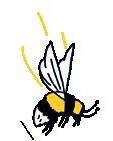


So why not send us an email with something fun or creative – such as a photo, a drawing, or your favourite fact or joke?
Email it to us at letters@ whatonearthmag.com and you could see your name, photo, amazing fact or drawing starring on these very pages!
Subscriptions 01778 392479 whatonearthmag.com
Picture credits Library images from: Getty Images; Shutterstock; Alamy; iStock; NASA, ESA. Eureka: Sahout Rock Art and Archaeology Project; Solent News.
Copyright 2025 What on Earth Magazines Ltd. All rights reserved. No part of this magazine may be reproduced or transmitted in any form, including photocopying, without permission in writing from the publishers.



























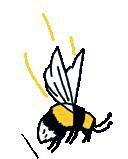
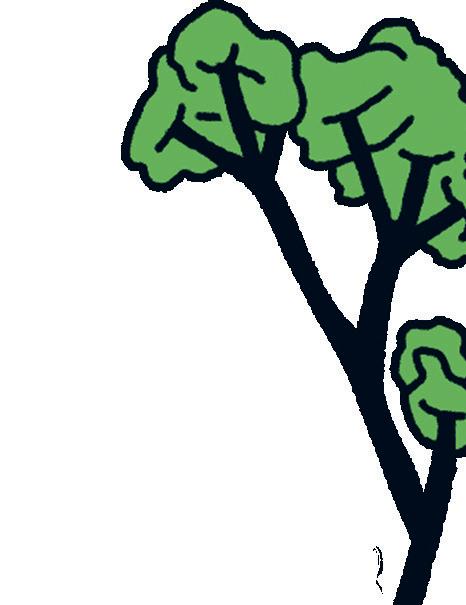
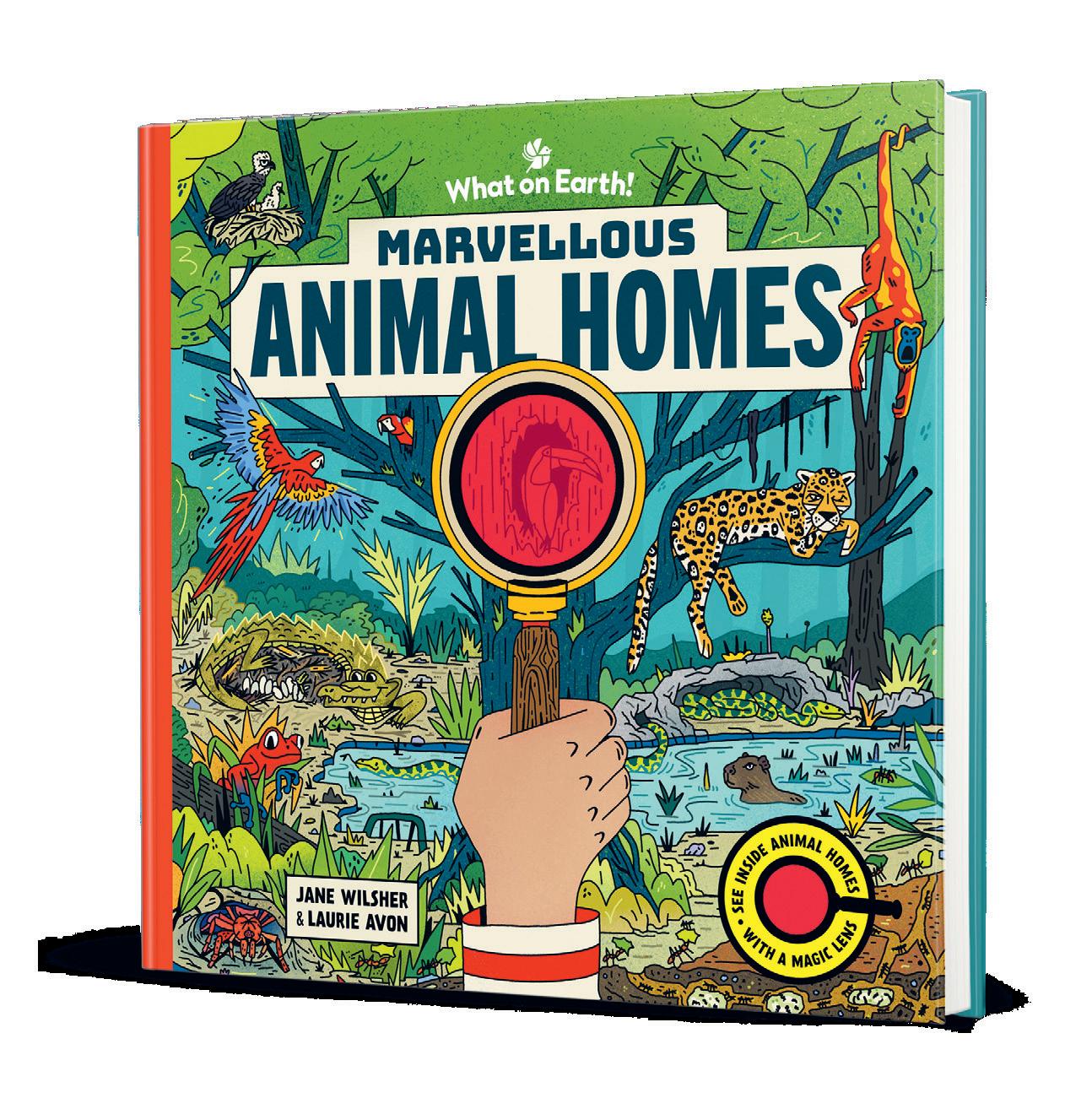
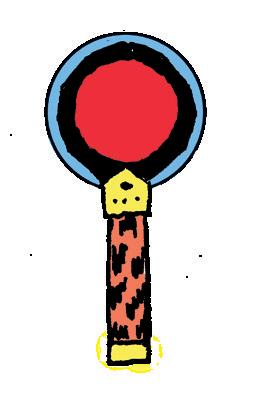

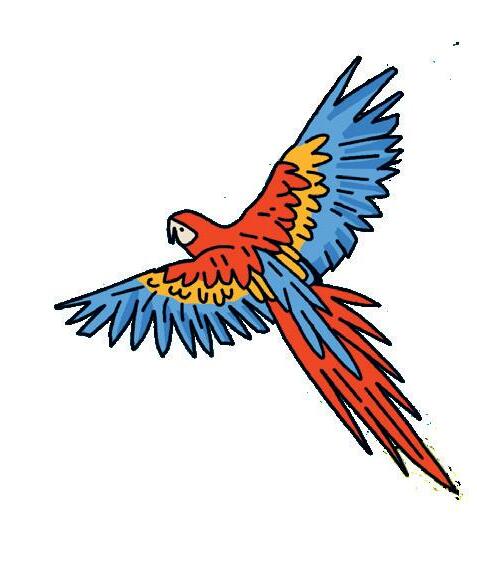








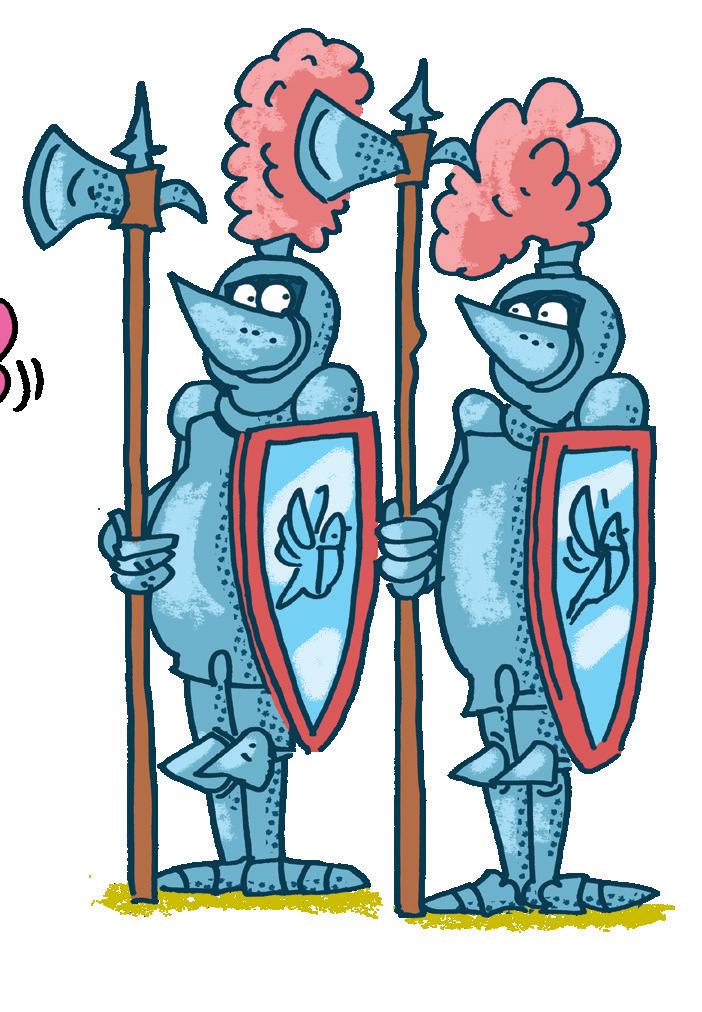

Send your name, age and favourite joke to our jokes editor, May, at jokes@whatonearthmag.com If your joke is featured in a future issue of the magazine, you will WIN a copy of Secret FACTopia!
